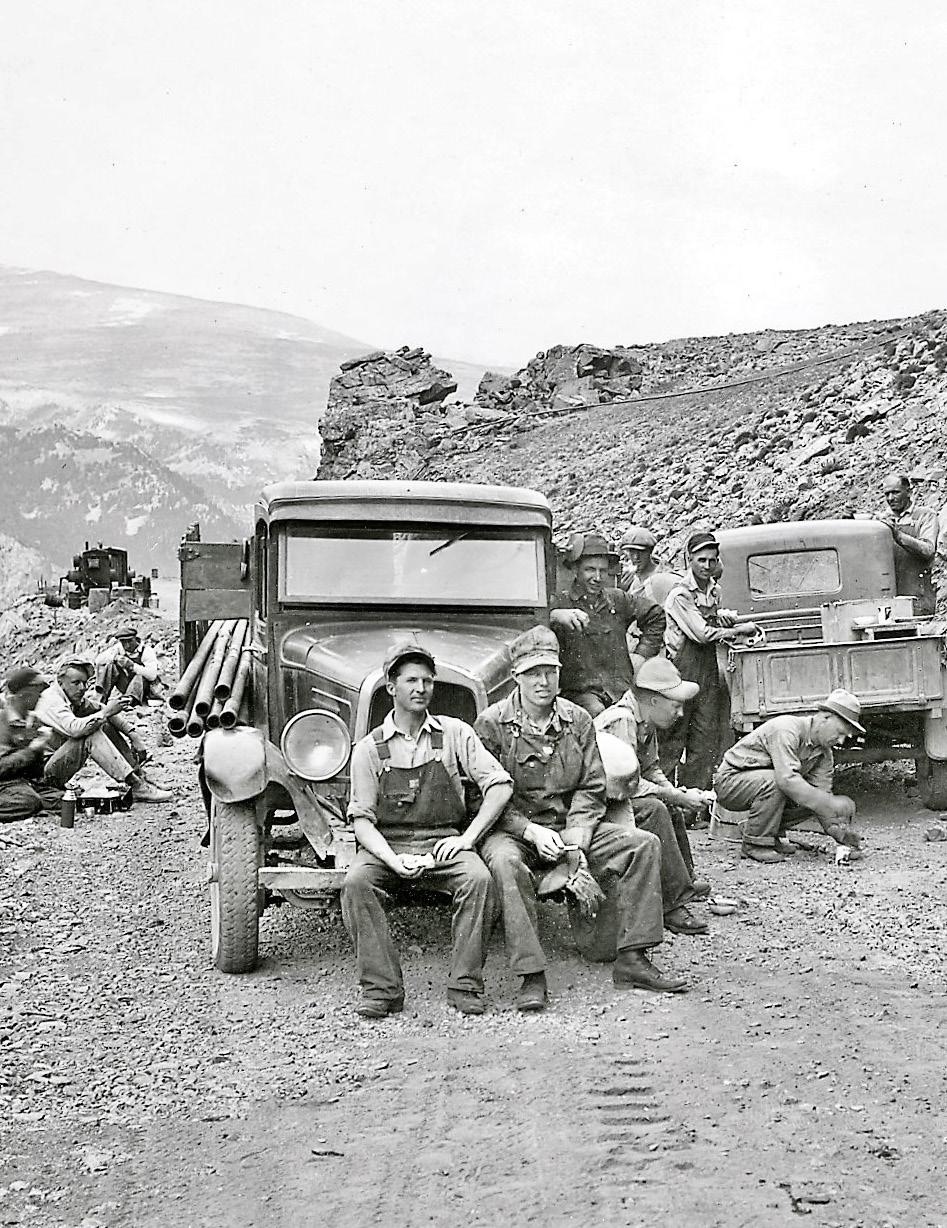
SPRING 2024 BUILDING THE BEARTOOTH HIGHWAY An All-American Road The Return of the Local Market Winning the War on Weeds “The Good Ol’ Days”


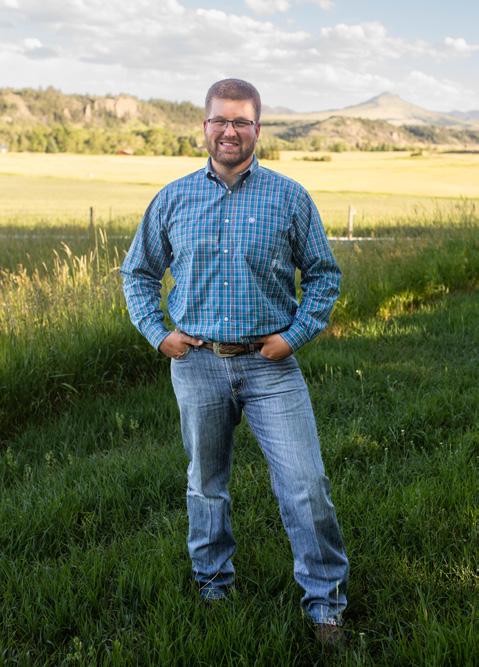
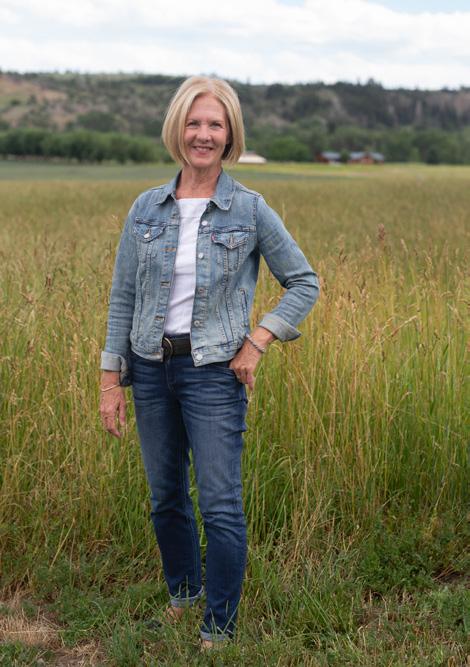

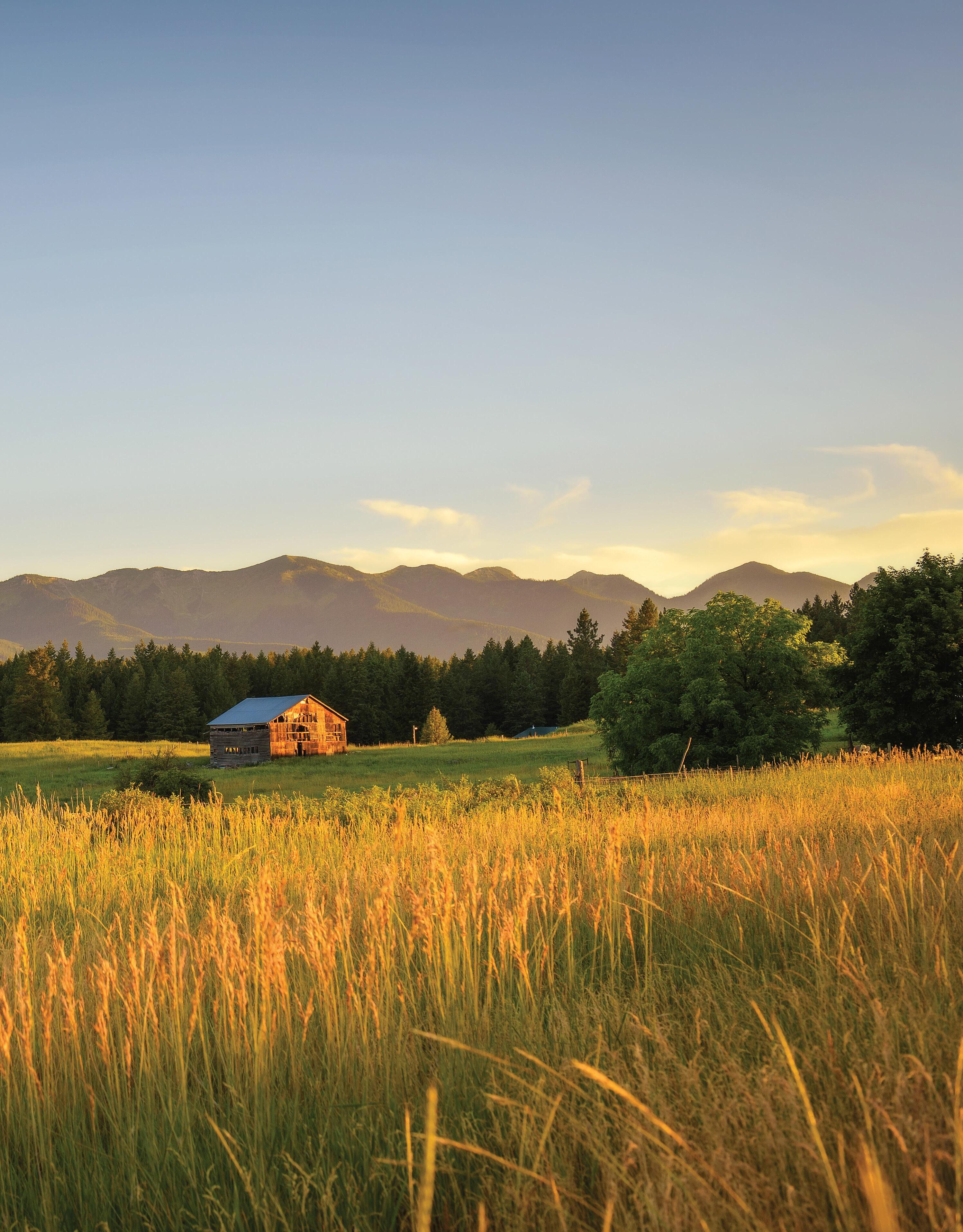

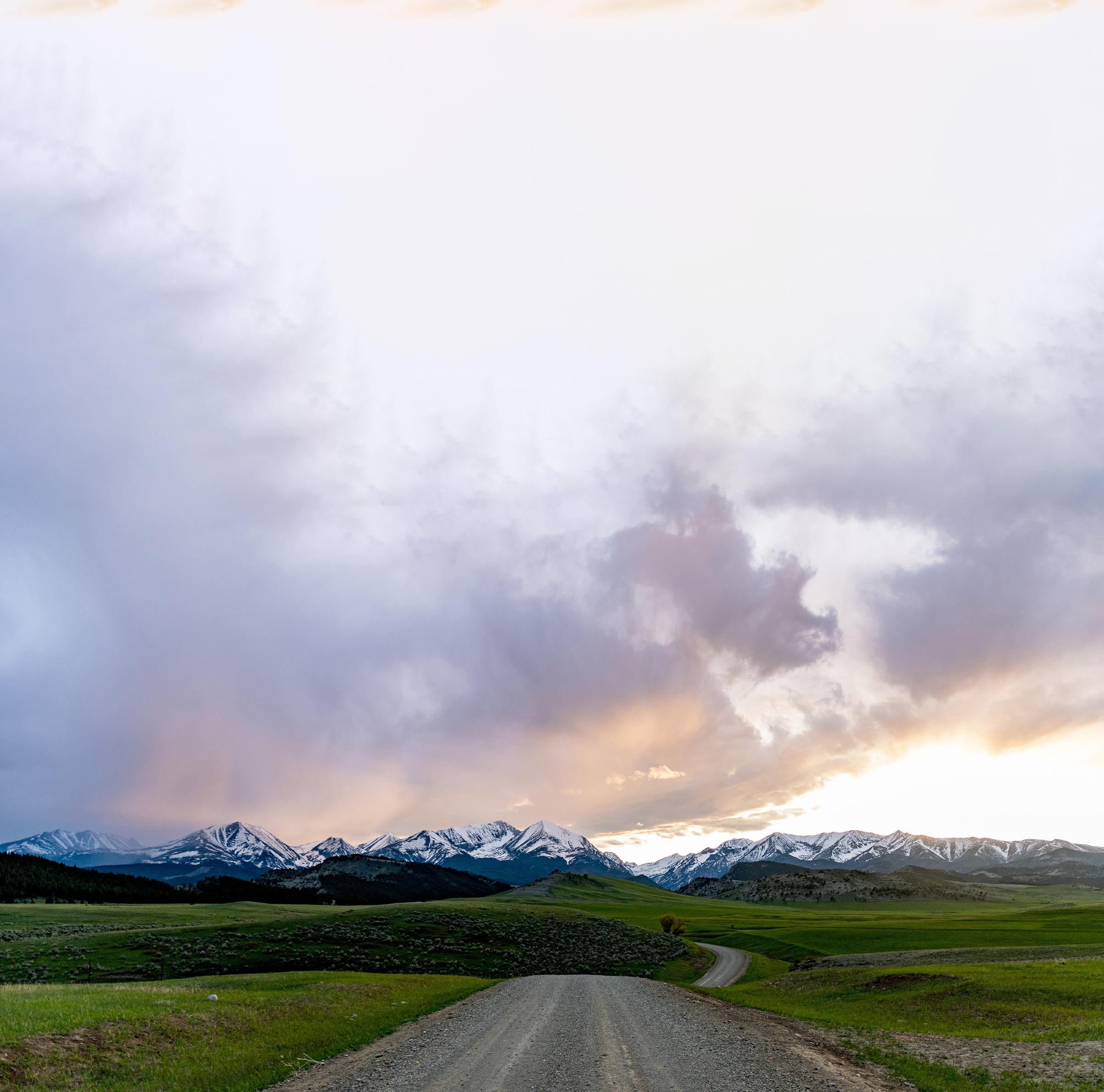
maryann@stre.us Logan Todd 406.930.3673 Mary Ann Duffey 406.930.6607 logan@stre.us WE KNOW MONTANA. • 3rd Generation in the business • 5th Generation Montanans • Locally owned and operated • Full service real estate team • Serving you for over 30 years Whether buying or selling, Sonny Todd Real Estate is here for you. Call us today! © Sonny Todd Real Estate | www.sonnytoddrealestate.com | info@sonnytoddrealestate.com 301 W. 1st Ave., Suite C, PO Box 828, Big Timber, MT 59011 | 406.932.1031 john@stre.us John Andras 406.670.5074
Stockman Bank opened its doors over 70 years ago with a vision to help the people, businesses and communities of Montana realize their dreams. Today, we continue to fulfill this promise with products and services uniquely designed for Montanans and a local banking experience built on relationships, integrity, expertise and results.

DISCOVER THE DIFFERENCE
Montana’s Brand of Banking
Member FDIC | Equal Housing Lender
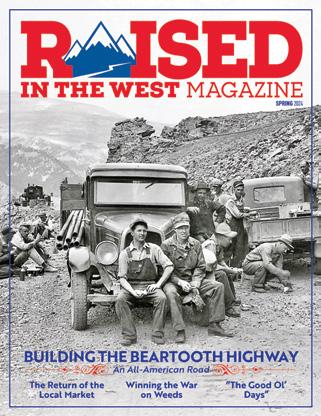

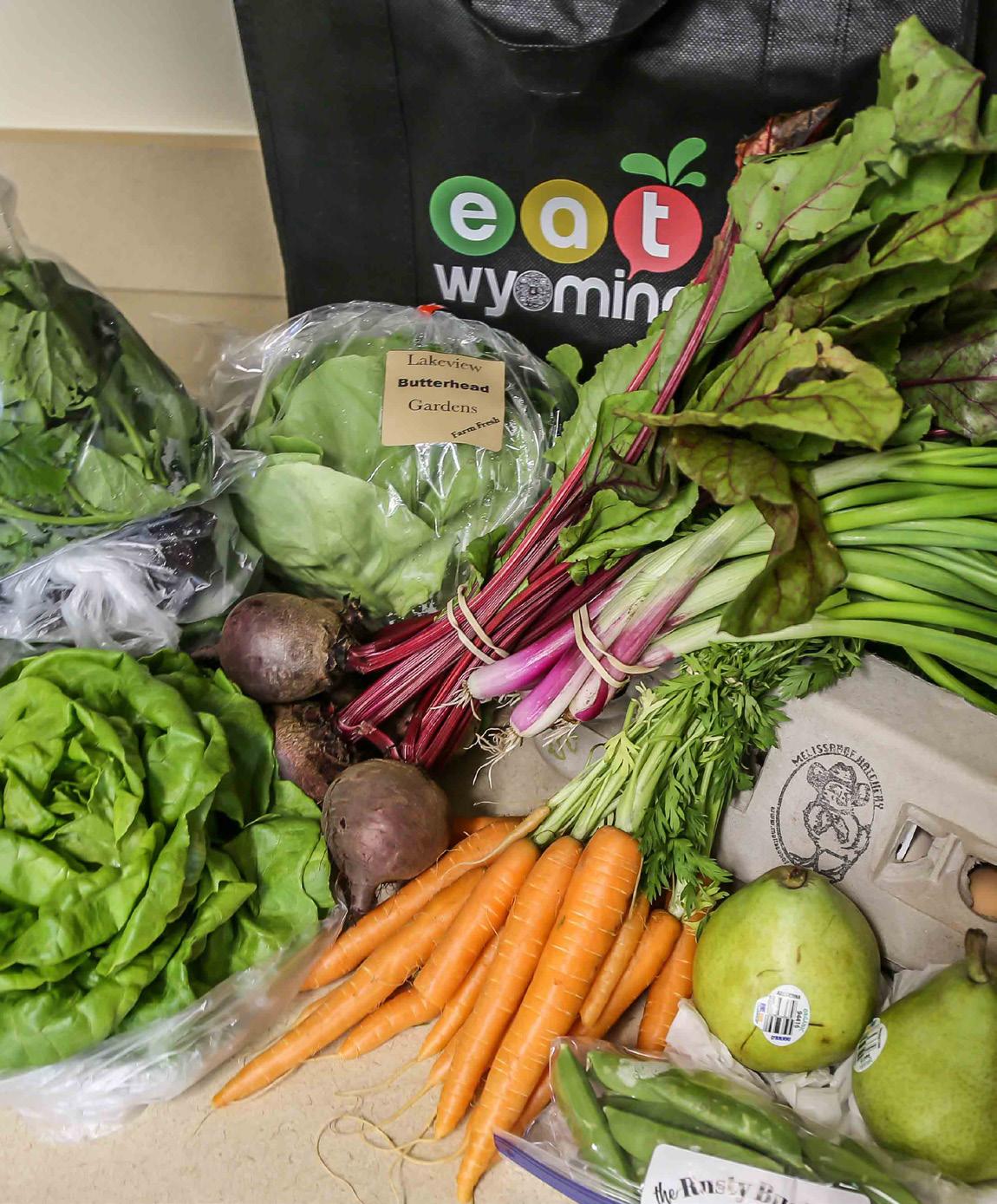
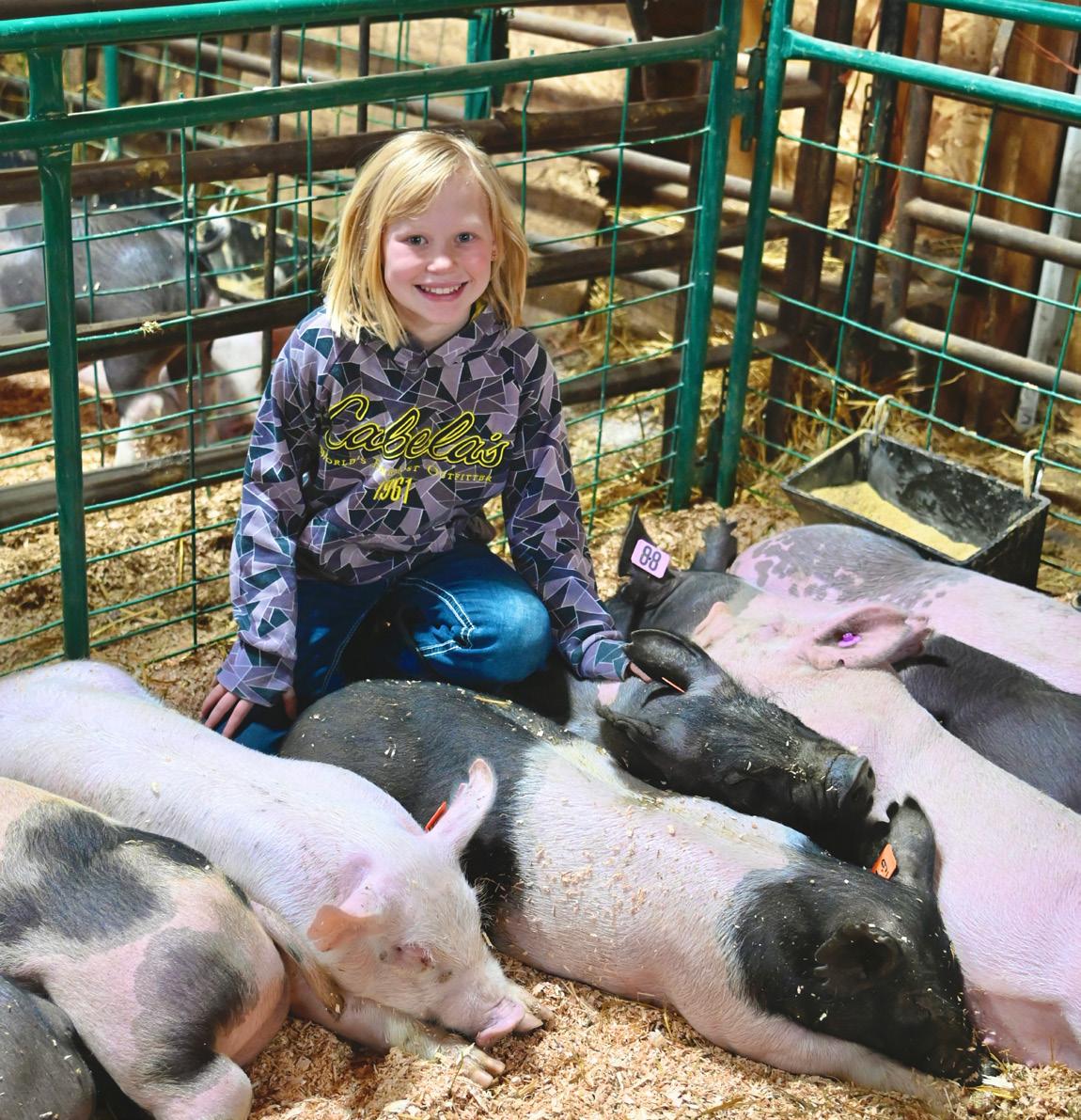

contents 26 18 40 SPRING 2024 COVER PHOTOGRAPHY BY CONTRIBUTED BY CARBON COUNTY HISTORICAL SOCIETY & MUSEUM 10 THE KEY TO KEYHOLE GARDENING By Amy Grisak 14 JEAN’S CUISINES By Jean Petersen 16 BILLINGS LOGAN INTERNATIONAL AIRPORT 18 THE RETURN OF THE LOCAL MARKETPLACE By Melanie
24 CENTRAL WYOMING COLLEGE SHOWCASES NEW EQUINE FACILITY 26 BUILDING THE BEARTOOTH HIGHWAY By Dave Vickery 34 WINNING THE WAR ON WEEDS By Amy Grisak 40 LIVING HIGH ON THE HOG By Cyd Hoefle 46 “THE GOOD OL’ DAYS” By Cyd Hoefle 50 SUMMER CALENDAR OF EVENTS 4 // www.raisedinthewest.com
Limpus










Erin
Plus Seventeen Rising Stars from Across the Country
Nashville
Hit
tickets on sale at redlodgesongwriterfestival.org
scan QR code Tickets are available online at
scan the QR code
Enderlin “Monday Morning Church”
James Slater James Dean Hicks
Songwriter Hall of Famer’s Matraca Berg Rafe Van HoyGretchen Peters
Songwriters
or
www.redlodgesongwriterfestival.org or
Twenty-Three Songwriters Forty Performances Seven Venues “You & Tequila” “Independence Day” “Golden Ring” “You & Tequila” “Goodbye Time”
publisher's note
It was a difficult spring at our house. For a time, it seemed all we were hearing was bad news. We just wanted to pack up and leave for a while.
Tough times aren’t new. Everyone faces them. A pastor once said most everyone is either in the midst of a trial, just coming out of one, or soon headed into one. While that isn’t encouraging, it is, unfortunately, true.
That’s why we all need a little levity and reason for hope. It’s our goal at RITW to offer that through stories with reminders that good things and good people still exist.
As a diversion from winter, we once again partnered up with the Professional Bull Riders and the Northern Hotel and offered an incredible package to a couple readers in early April. As we narrowed down the entrants we came to a difficult decision between two brothers or an older couple.
The brothers were young men from Ulm who lost their dad a few months prior. Their mom nominated them and said after all they had gone through, a night on the town would be a hard-earned break. The couple was from Harlowton and had been facing health issues. Their daughter-in-law nominated them to offer a respite without a financial burden.
Before we had to think twice about an impossible decision, the PBR and the Northern both graciously gifted us a second ‘Night on the Town’ package enabling both the brothers and the couple to win the grand prize. Two packages worth $1000 each treated the four of them to something they wouldn’t otherwise have done – all because there are good people out there. We’re very grateful and proud of the PBR, the Northern Hotel and RITW for their generosity.
It was with heavy heart that shortly after, we learned of the unexpected passing of two men. One was the husband of our contributor, Jean Petersen, and father to their four children. The other, a friend who grew up on the neighboring ranch to my family’s old place.
The turnout at both funerals was a testament to the impact the two men made on the lives of their families and those in their communities. Both will be deeply missed. Our prayers are with both families.
It's a reminder that life is fragile. You never know when you could see a loved one for the last time. Live in harmony with one another. Let those you love know you love them. And live life fully. Get together with family and friends to laugh about memories and make more. Don’t wait until the timing is perfect, do it now.
Summer is near and opportunities for fun abound. We’ve included a calendar of events highlighting activities across our communities. Check it out and take your family to a rodeo, a county fair, or a community gathering. You’ll meet some authentic, true, dyed-in-the-wool Montanans, and you might just have a good time.
“Rejoice in hope, be patient in tribulation, be constant in prayer.” Romans 12:12
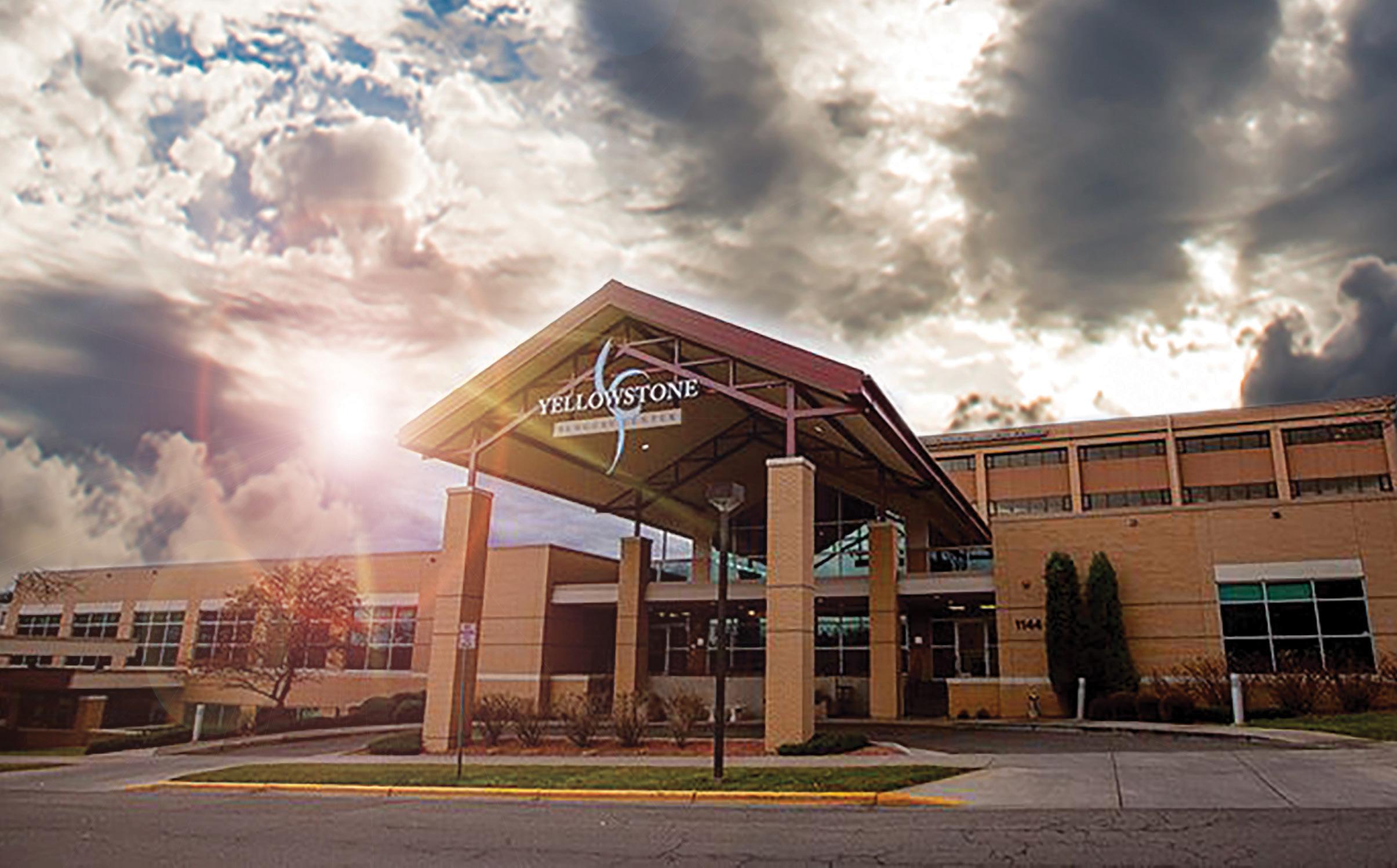


PUBLISHER CYD & STU HOEFLE 406-860-0292 publisher@raisedinthewest.com COPY EDITOR KAYLA WALKER ©2024 Peaks to Prairie Media. All rights reserved. No part of this publication may be reproduced without written permission from the publisher. ADVERTISING CYD HOEFLE 406-860-0292 publisher@raisedinthewest.com DESIGN MELANIE FABRIZIUS ads@raisedinthewest.com ADDRESS RAISED IN THE WEST PO Box 80267 Billings, MT 59108 6 // www.raisedinthewest.com


West Location off Zoo Drive Exit 1739 Spring Creek Ln Billings, MT 59102 (406) 237-5150 Downtown Location on SLC Health Campus 1144 N Broadway Billings, MT 59101 (406) 237-5900 YellowstoneSurgeryCenter.com Best Surgery Center Thank You Billings FOR VOTING US
best magazine
west




contributors
MELANIE FABRIZIUS, GRAPHIC DESIGN
Melanie was raised on a farm on the banks of the Clarks Fork River in Belfry. Her life-long love of art led her to a career as a freelance graphic designer. When she’s not busy working, Melanie enjoys being with family, spending time with her dogs, camping, ATVing, collecting rocks and watching the sunset. Check out her art at www. melaniefab.com and follow her on Instagram @melaniefabart.

KAYLA WALKER, WEBSITE DESIGN
Originating from a fifth-generation Montana ranch, Kayla has a real connection to the agriculture industry and the cherished western lifestyle. After several years as editor of Western Ag Reporter, she now ranches with her husband, Chace, and owns Ranch Raised Media which compliments the work they do on the land. Whether it be through photography, writing, social media, graphic design, or web design she strives to share the story of this way of life on a day-to-day basis. Follow Ranch Raised Media on Facebook and Instagram or visit www.ranchraisedmedia.com to view her work and check out daily Montana ranch life.
AMY GRISAK, WRITER/PHOTOGRAPHER



Great Falls writer, Amy Grisak balances her life between the mountains and the prairie looking for stories that catch her interest. This award-winning author shares what she loves with readers, whether it’s finding gorgeous hikes in Glacier National Park or how to push the gardening envelope in our challenging Montana climate. Look for her book, “Nature Guide to Glacier and Waterton Lakes National Parks,” published by Falcon Guides and follow her at amygrisak.com
JEAN PETERSEN, WRITER

Jean is a cookbook and children’s picture book author, freelance writer and has been a weekly columnist with Western Ag Reporter for over 15 years. She and her husband live near the Beartooth Mountains in Red Lodge with their four children. Most days she can be found outdoors with her animals, on a hike, at her children’s activities, or cozying up writing and reading. You can find her at www.jeanpetersen.com
MELANIE LIMPUS, WYOMING ADVERTISING SALES & WRITER
Melanie was born and raised in Billings and is a fifth generation Montanan. She moved to Wyoming in 2013 to attend the University of Wyoming where she earned a degree in Marketing. She fell in love with Wyoming and her husband, Blaine, and the two of them make their home in Lander. They are now joining RITW and just launched Adventures in the West Magazine. Mel enjoys climbing, painting (Acrylic Melon), skiing, biking, graphic design, and her crazy cat. She can be reached at publisher@ adventuresinthewest.com
DAVE VICKERY, WRITER
Born and raised in the mountain foothills of Montana, Dave, early in life, learned an abiding love of wild places. Descended from a pioneer family with deep roots in the early west, he wandered the broad reaches of Big Sky Country as a young man. He has lived and worked in Alaska and Idaho as well as his native Montana. A book author and freelance writer, his work has appeared in national and regional publications. Currently he lives in a quiet rural setting with his wife of 51 years and enjoys, in order, grandchildren and the outdoors.
$25 FOUR 2024 QUARTERLY ISSUES subscribe today!
in the
Raised in the West P.O. Box 80267 Billings, MT 59108 raisedinthewest.com 8 // www.raisedinthewest.com


The
of We
All for one.
Power

eyhole gardening K THE
TO eyhole gardening K


GREAT FALLS MONTANA WRITTEN AND PHOTOGRAPHY BY AMY GRISAK
10 // www.raisedinthewest.com
KEY
A few years ago, my friend Kari posted pictures of her eyecatching, raised bed, stone garden in her backyard. But there was something different to this design; instead of a simple round structure, there was a pie shaped wedge, allowing easy access to the center. Kari called it a “keyhole garden,” which I decided I had to have after learning more.
Besides being a beautiful, functional garden which raises plants to an easy-to-reach level, keyhole gardens incorporate biomass to create a moisture retaining system, combined with a compost basket which turns kitchen scraps into nutrients for the plants. These were enough reasons, as well as an excuse to work with rocks, to inspire to build my own.
After gathering rocks, I measured and leveled an area approximately six feet in diameter. While I chose to use rocks, there are countless options that would work – landscape bricks are a popular choice as they are readily available and easy to stack. Some stack wood or use galvanized metal for the perimeter. There’s even been some creative enough to use wine bottles for an artistic design.
After completing the rock work, it was time to create the compost basket and fill the bed. For this garden, I formed hardware cloth into a one-foot diameter column and placed it in the center near the narrow part of the pie-shaped wedge. To prevent the soil from spilling into it, I wrapped it in newspaper, which would eventually break down.
Traditional keyhole gardens use logs and chunks of wood in the bottom, reminiscent of the hügelkultur concept where the garden is created as a mound with these materials buried at the base. As they slowly break down, they create a bio-sponge which retains water, making it a self-sustaining system when used in large scale settings. A keyhole garden lacks the surface area to achieve the same results as a massive hügelkultur mound, but the concept does reduce the need for additional watering.
Because the native soil at my Great Falls home is claylike, I used a combination of potting soil, compost, and manure to create a soil mixture. The garden grew well the first season, and I was particularly impressed by how quickly the kitchen scraps broke down in the compost basket. It was nice to have a place to discard vegetable trimmings, while feeding the herbs and vegetables growing in the garden.
But, after speaking with Deb Tolman, PhD., who authored Soiled Rotten: Keyhole Gardens All Year Round, I’m going to build my next keyhole garden a bit differently. Seeing the results of her work, she is certainly on to something.
"What I'm promoting is the process, not the product,” she explained. “What’s important is to get the soil right.”
As written in her book introduction, "I live in North Central, Texas, where there are tons of rocks and almost no soil, and, at that time, temperatures had topped 100° for 70 consecutive days. Any trace of ‘soil’ I could find, was pottery-ready clay that can hold water for weeks with no air.”
That sounded familiar to me. Granted, living in Great Falls, summers are brief, but during those years of extreme heat and no rain, it’s practically impossible to keep enough water on the garden to make it thrive. Experiencing survival mode in those circumstances, I’m always seeking a better option for my garden.
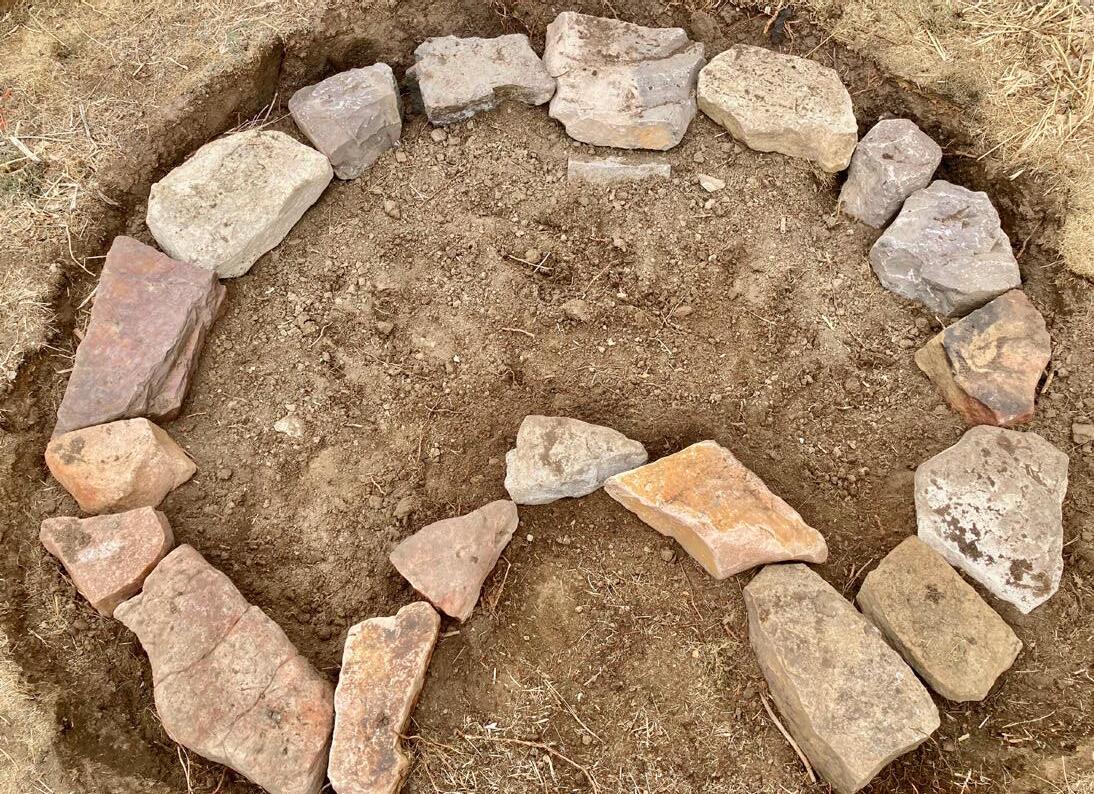

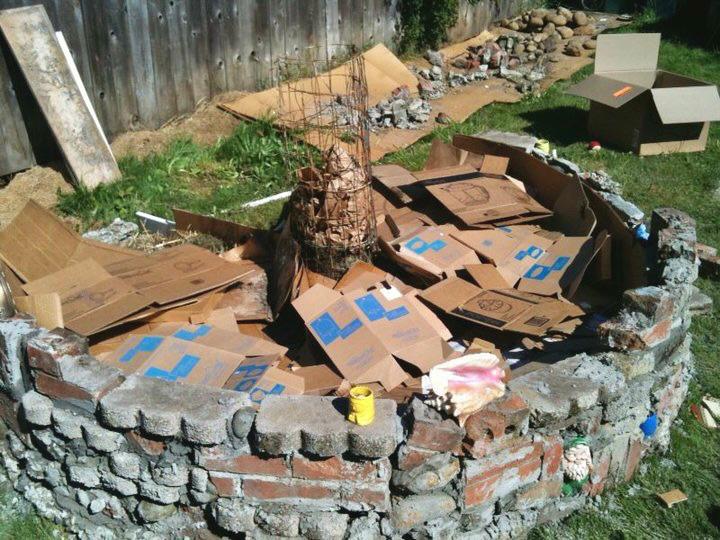




SPRING 2024 // 11

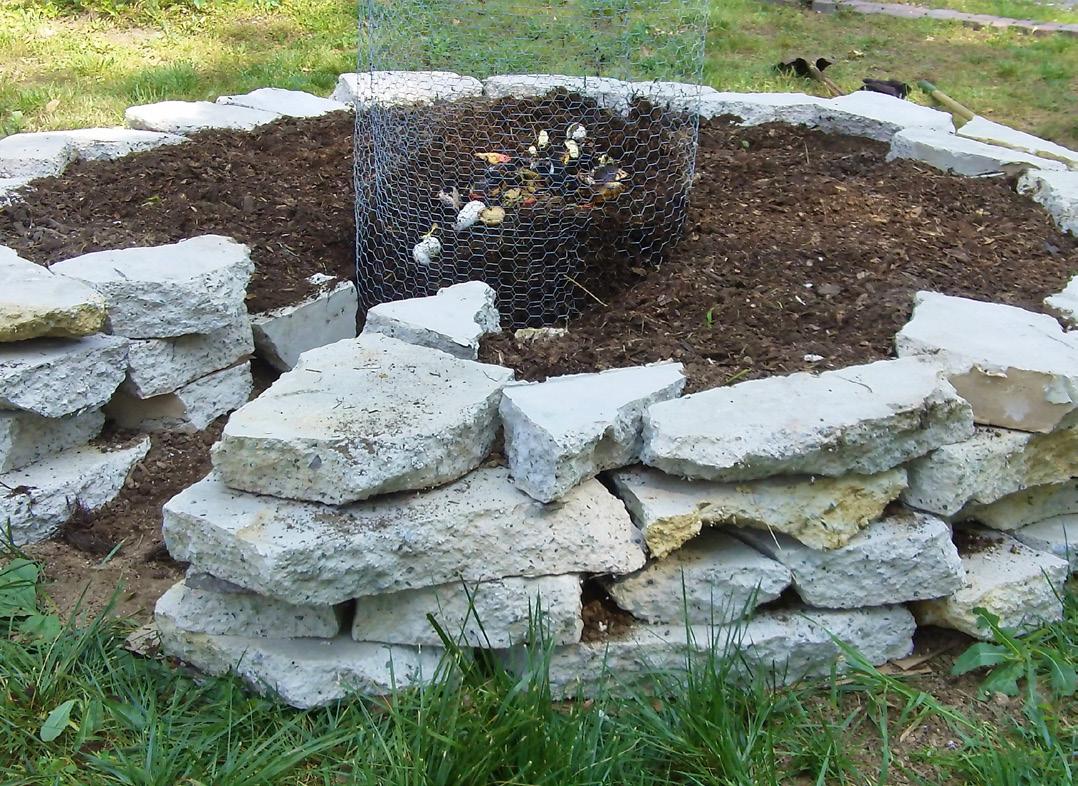
Building a classic keyhole garden, Tolman focuses on creating a space which holds a cubic yard.
"You have to have a certain mass,” she said. “The keyhole garden is the vessel that holds the microbiology. It's always about the living creatures underneath."
But the difference is how she fills it. Instead of mixing compost and potting soil as I did, Tolman’s concept is to create layers of brown (carbon) to green (nitrogen rich) materials.
"You're actually growing on an active compost pile,” she explained. “There’s no native soil.”
Many of the materials for the fill are very cheap, if not free. The brown materials consist of items such as cardboard, sticks, newspapers, magazines, and dried leaves. The “greens” include kitchen scraps, coffee grounds and fresh grass clippings (only those which are free of herbicides). Be sure to incorporate some fresh manure into this mix to really kick start the process.
“The kind of manure doesn't matter except there's a huge difference between rabbit, manure and chicken manure,” she said.
Chicken manure is particularly potent, making it a better choice for a garden which won’t be planted for a month or more, while rabbit manure won’t burn growing plants. Overall, it’s important to be certain of the manure source. For instance, if you’re using horse manure, and the horse was fed weed seed-free hay, the powerful herbicides will prevent the manure from breaking down and will kill plants, particularly tomatoes, peppers, potatoes and other members of the Solanaceae family.
"It's about the microbiotics. The brown to green ration is three to one. You need tons of cardboard and you’ll need about two wheel barrows of green manure,” Tolman explained.
To fill the garden, Tolman wets cardboard and lines the bottom with two rows, along with the sides. On top of this she adds sticks, grass clippings, kitchen scraps, and manure. Then, it’s time to add another two or three layers of cardboard before soaking it with water and adding a layer of green materials. Repeat the process until the bed is filled to six inches from the top. For the final planting layer, she adds a planting medium so seeds can be sown or transplants added.
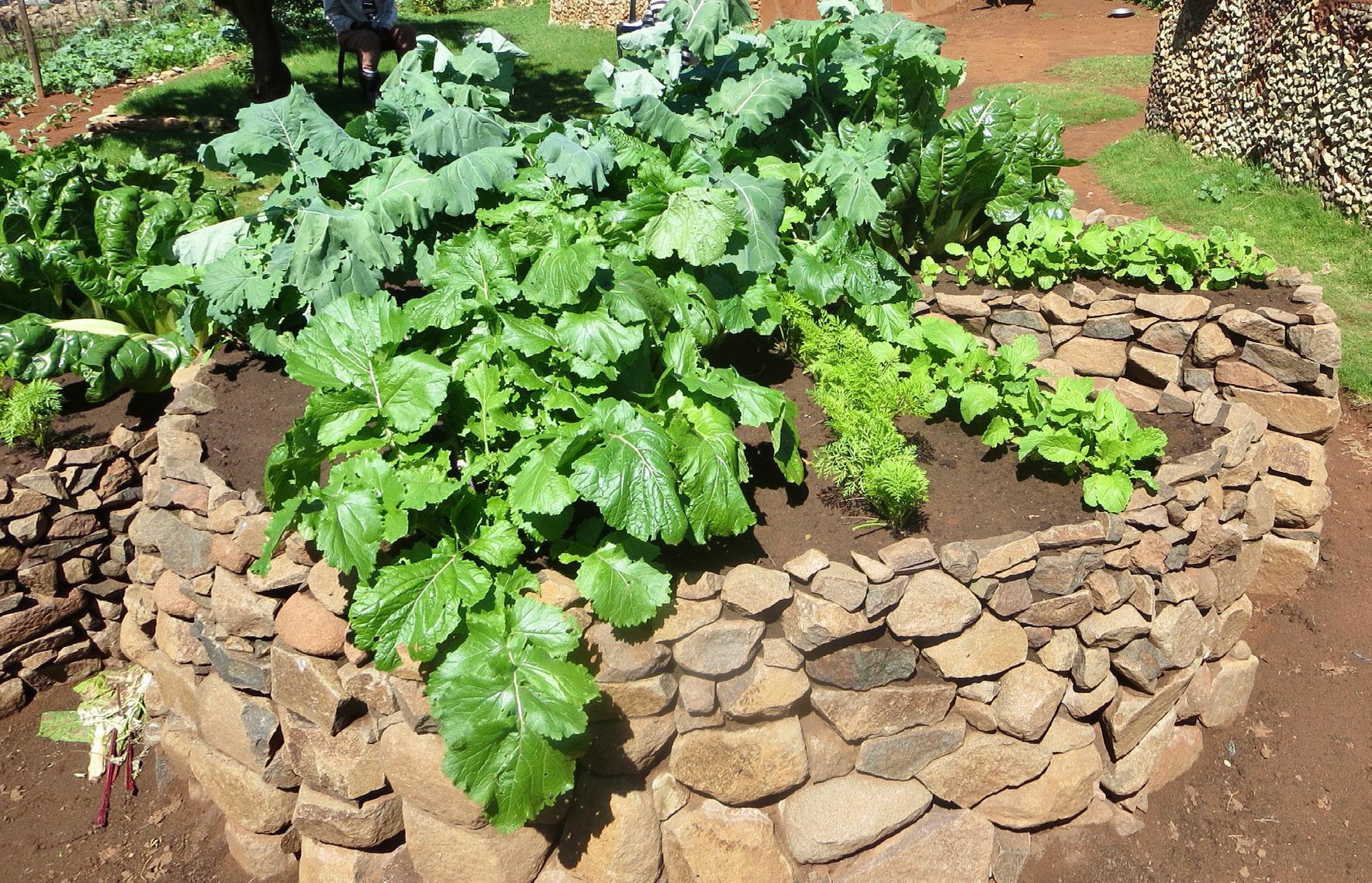
Once planted, her garden requires minimal watering, even in temperatures cresting 100 degrees.
“And you never have to rotate the soil. Never,” she added.
Instead, simply add more layers of brown and green materials


12 // www.raisedinthewest.com
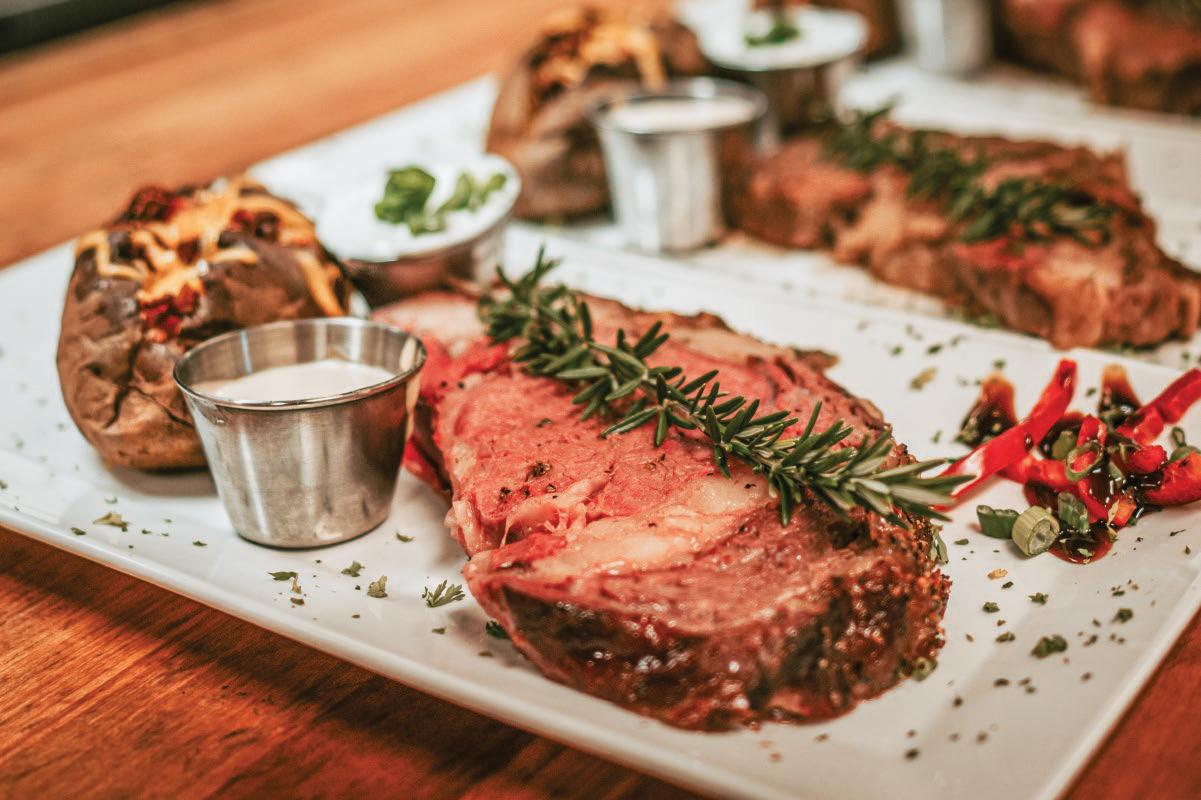

each year as the pile “cooks” down. She recommended checking the health and appearance of plants to know how well the system is functioning.
“If you have a kitchen basket that is stinky, it’s a message something isn’t right,” she explained.
If it’s too wet, shredded newspaper can be incorporated to aid the decomposition process. If it’s too dry, simply add water.
Besides creating a self-feeding garden with phenomenal soil, keyhole gardens filled with Tolman’s soil layering technique also provide heat to the plants, so a garden built in March in Montana or Wyoming will have warmer soil temperatures and could potentially be planted earlier when the garden is covered by a dome.
The possibilities are encouraging. Keyhole gardens are a practical way to handle poor soil conditions in many areas throughout the region while building something beautiful. What started as a simple project to create an eye-catching garden — and a reason to play with rocks — has shifted into a new gardening design altogether. Stay tuned for the results.
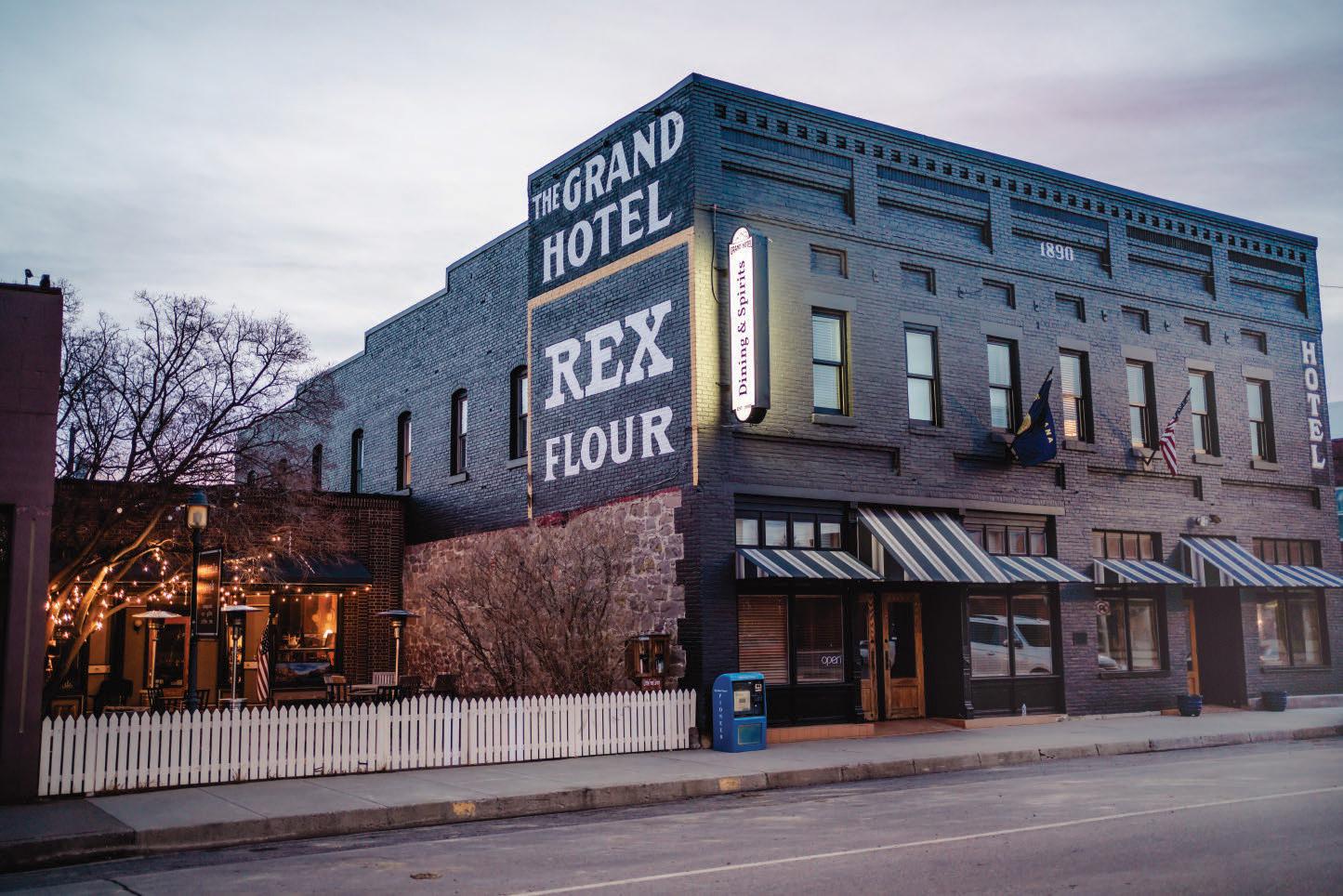




Continental Branch 32 Central Ave N | Harlowton, MT 406.632.4373 Main Office & Big Timber Branch 130 McLeod St | Big Timber, MT 406.932.5311 www.ctznsbank.com Bank Locally.
SPRING 2024 // 13
Jean’s C uisines
Summer’s coming and so are opportunities to take your cooking outdoors. We’ve included a couple of one-pan meals and dessert to make over an open flame using a Dutch oven or aluminum foil. They are delicious, filling and easy. For convenience, do as much

SAUSAGE & BACON FEAST
USE A DUTCH OVEN
• 1 lb bacon, chopped
• 1 lb. sausage-Andouille, German, Italian or Brats-chopped
• 1 medium onion-sliced
• 1 yellow pepper-sliced
• 1 red pepper-sliced
• ¼ tsp cumin
• ½ tsp crushed red pepper
• 1 lb. yellow potatoes, cubed
• 2-3 Tbsp oil to coat the Dutch oven
• 1 heaping tsp kosher salt
• 1 tsp garlic salt
• ½ tsp pepper
• Several pats of butter to top the dish.
DIRECTIONS: Coat the Dutch Oven with cooking spray. Combine all the ingredients lightly toss and cover. Place the Dutch oven on a level area of the campfire ring. Slow cook for an hour or until potatoes are fork tender and meats are completely cooked. Remove from the campfire and wait for it to cool before eating.
prepping as possible before you leave home. Start your fire about an hour before cooking to allow time for flames to die down and coals to become glowing hot. Have a safe and enjoyable camping season!

PEACH COBBLER
USE A DUTCH OVEN
• Ingredients:
• 2-3 cans of sliced peaches, drained
• 1 Tbsp sugar
• 1 Tbsp flour
• ½ tsp lemon juice
TOPPING:
• ½ cup butter, melted
• 1 cup flour
• ¼ cup sugar
• ¼ cup brown sugar
• 1 tsp baking powder
• Pinch of salt
• whipped cream
DIRECTIONS: Slice the peaches into bite-sized portions. Place them in the Dutch oven and sprinkle with the sugar and flour, drizzle with lemon juice and then fold the ingredients together to coat the peaches. Mix flour, sugar, baking powder, and salt in a bowl. Slightly melt the butter and drizzle it into the dry ingredients. Mix thoroughly until it reaches a soft, crumbled consistency. Spread the crumbled topping over the peaches. Cover with the lid. Transfer the Dutch oven to a level place on the campfire ring. Bake 20-30 minutes, or until the filling is bubbling and the topping is golden. Remove from the campfire, cool to eat and serve with whipped cream.


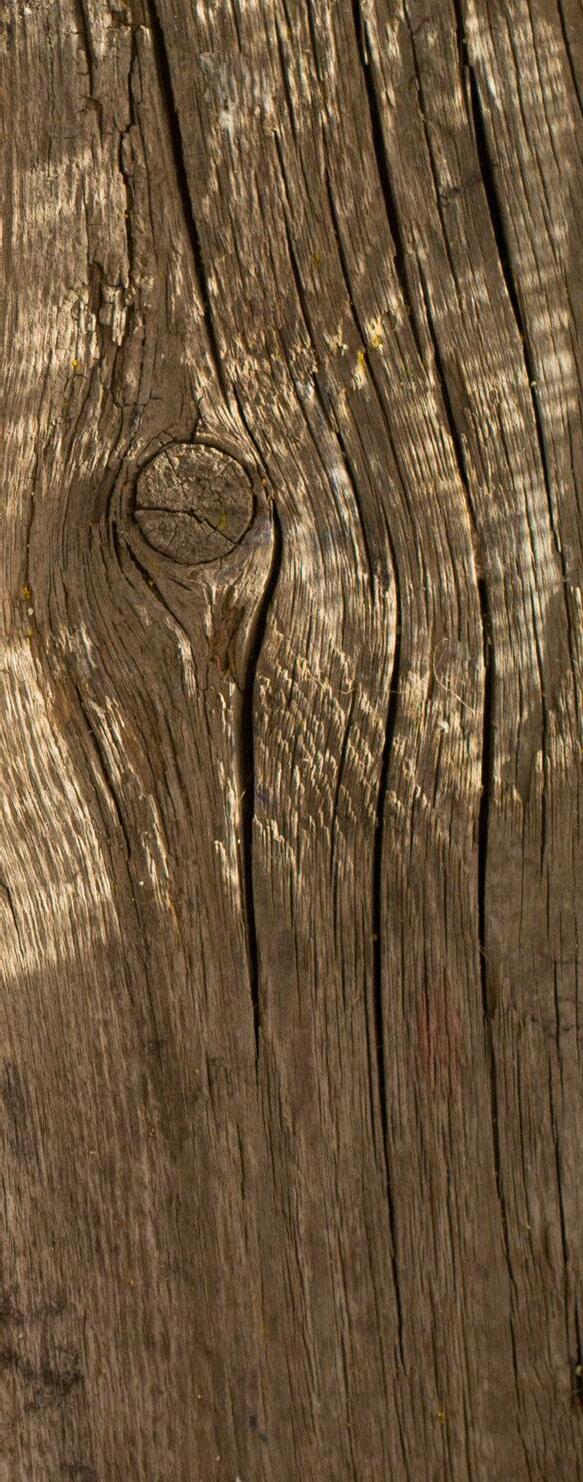


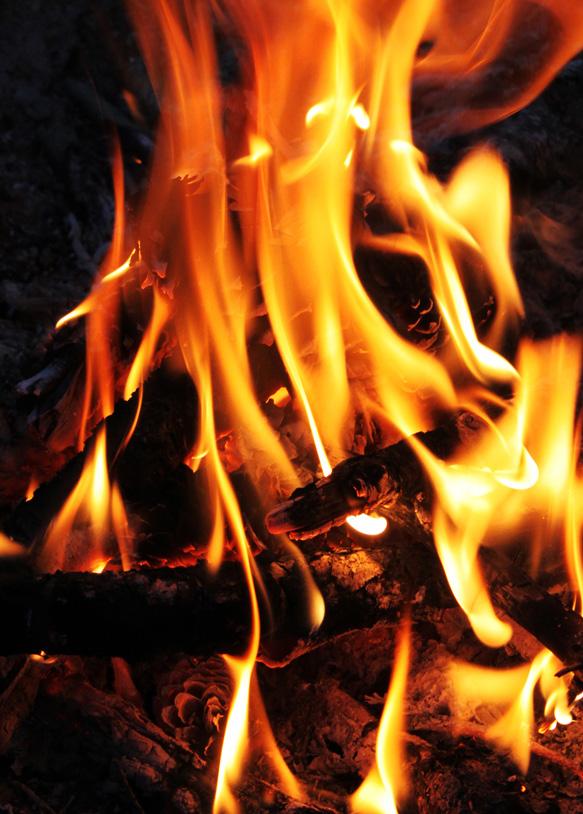

CHECK OUT ALL OF JEAN’S RITW RECIPES AT raisedinthewest.com
JEAN'S CUISINES WRITTEN BY JEAN PETERSEN 14 // www.raisedinthewest.com
FRENCH TOAST PACKETS
USE ALUMINUM FOIL
• ½ lb loaf bread
• 3 eggs
• 1 cup milk or ¾ cup milk and ¼ cup french vanilla liquid creamer
• 2 Tbsp sugar
• 2 tsp cinnamon
• Pinch of nutmeg
• ¼ tsp salt
• 1 tsp vanilla extract
• ½ cup berries, optional
• maple syrup, powdered sugar or a dollop of whipped cream on top
DIRECTIONS: Beat eggs, add milk, sugar, cinnamon, nutmeg, salt, and vanilla and whisk together. Cube bread slices into 1 inch pieces and add to the eggs. Lightly toss until the bread is coated on all sides. On a solid surface place a piece of aluminum foil down, layer with a piece of parchment paper and then place the bread on top. Top with berries. Cover the bread with another sheet of parchment and foil, then crimp the edges together to seal and create a packet. Place on the campfire grill/grate and cook for 8-10 minutes per side. French toast should be golden. Remove from the campfire grill/grate and carefully open the foil. Drizzle with syrup or powdered sugar.
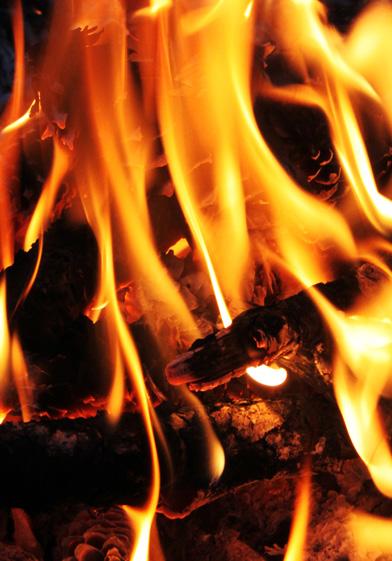



CAMPFIRE PIES
USE A SANDWICH IRON MADE FOR CAMPFIRE USE
• Bread slices
• Butter, spreadable
• Cinnamon and sugar mixture
OPTIONAL:
• a sprinkle of brown sugar in the cinnamon and sugar mix adds a little extra taste
• Canned fruit pie filling (apples, blueberries, raspberries or preserves)
DIRECTIONS: Use a sandwich iron made for campfire cooking. Coat inside with nonstick cooking spray.
Butter both pieces of bread on one side. Then lay a piece of bread on each side of the iron and press it down slightly to add a couple tablespoons of fruit on the bread and sprinkle on about 1 teaspoon of the cinnamon sugar mixture. Lay the other piece of bread on top of the other. Then connect the two sides of the sandwich iron and press down, locking the handles together. Ensure to scrape off any bread or filling that may have leaked out and is hanging out of the irons so it won’t burn. Place the iron over the hottest part of the fire and leave it there for a couple minutes. Carefully unlock the sandwich iron, and the bread should golden brown with the filling sealed inside. Let cool for a few minutes as the pie filling will be very hot. Enjoy.

Read R ReadLocal Local







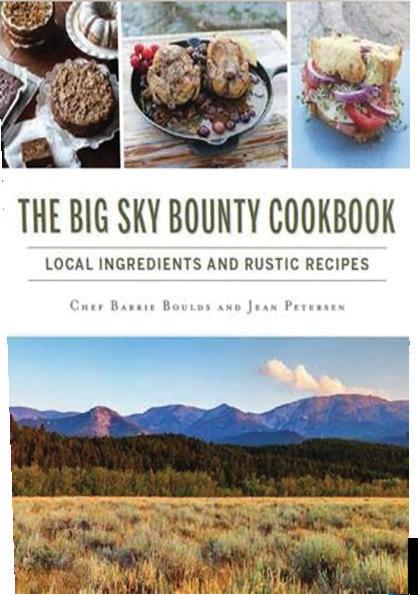


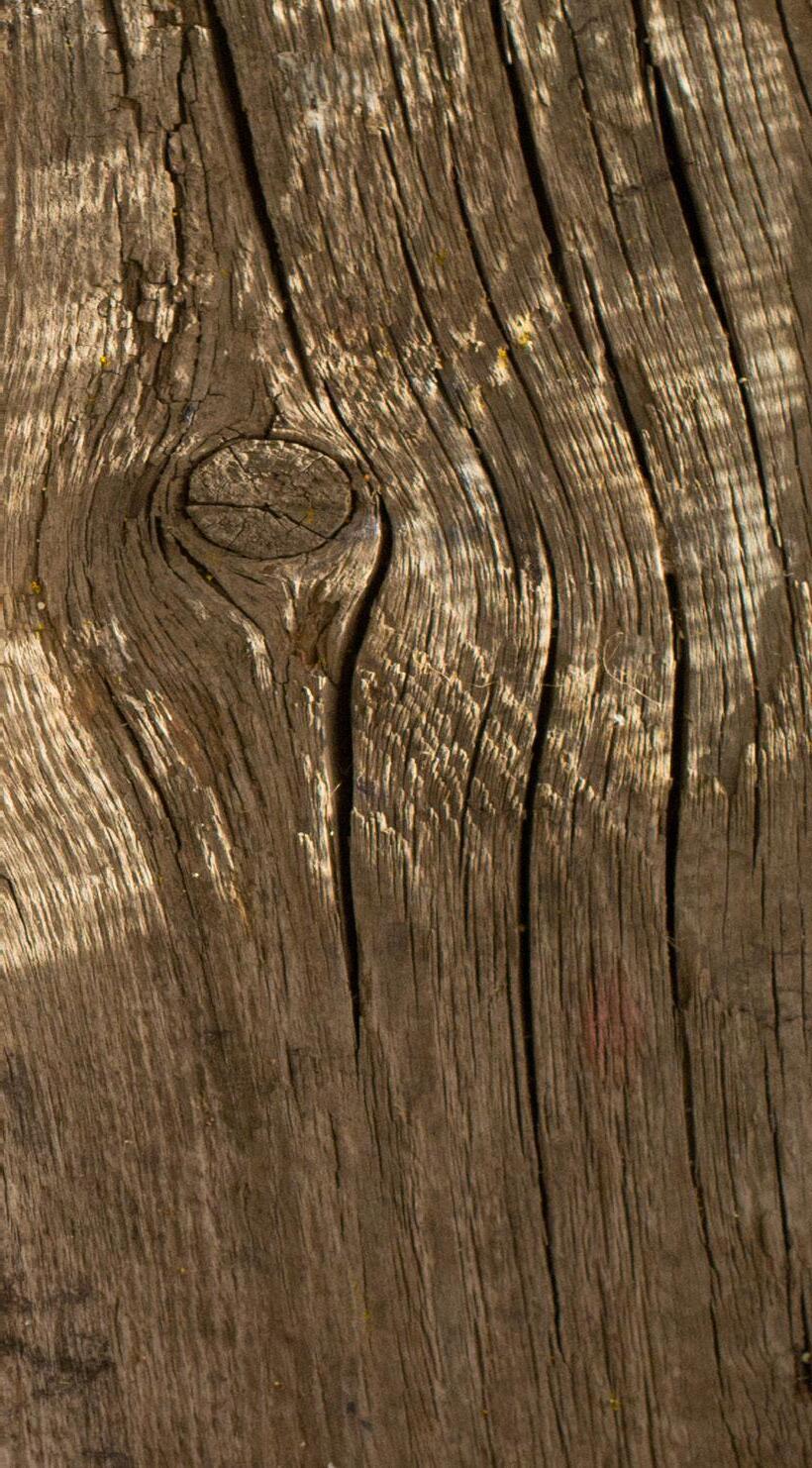
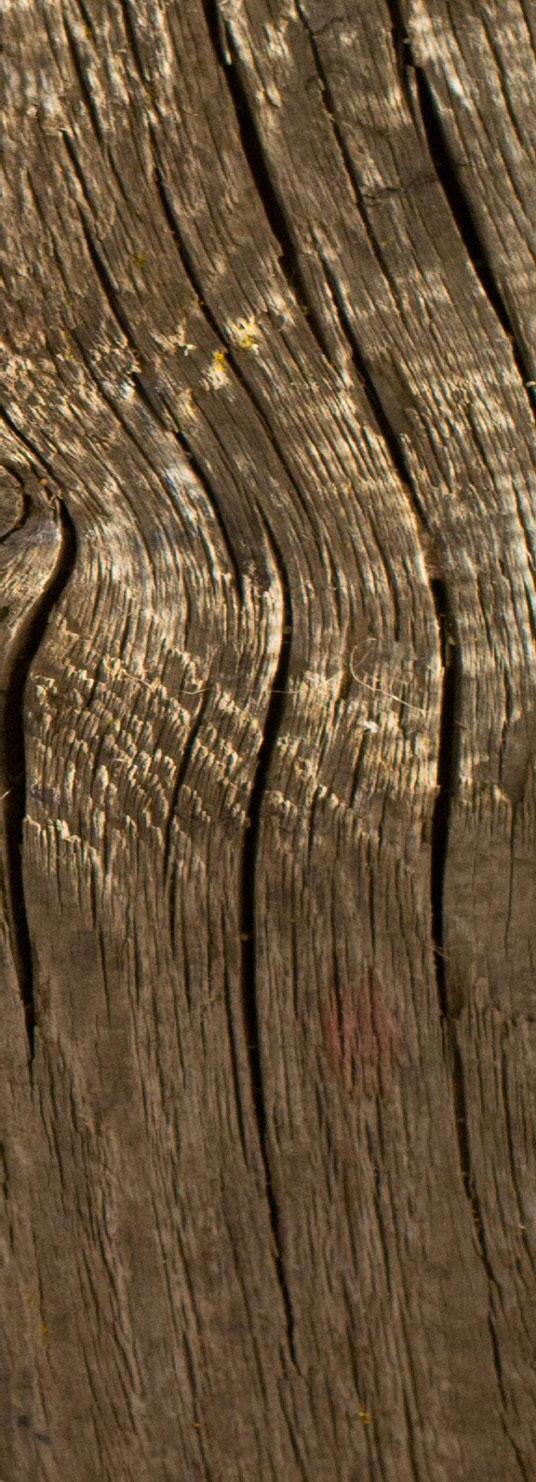
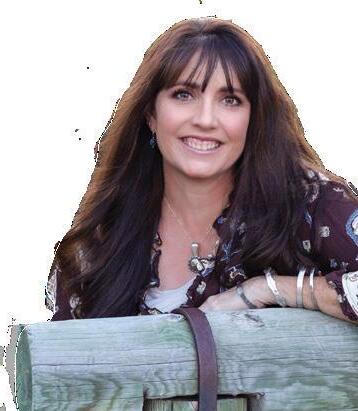
• BY MONTANA AUTHOR • Jean Petersen www.jeanpetersen.com SPRING 2024 // 15
BILLINGS LOGAN INTERNATIONAL AIRPORT
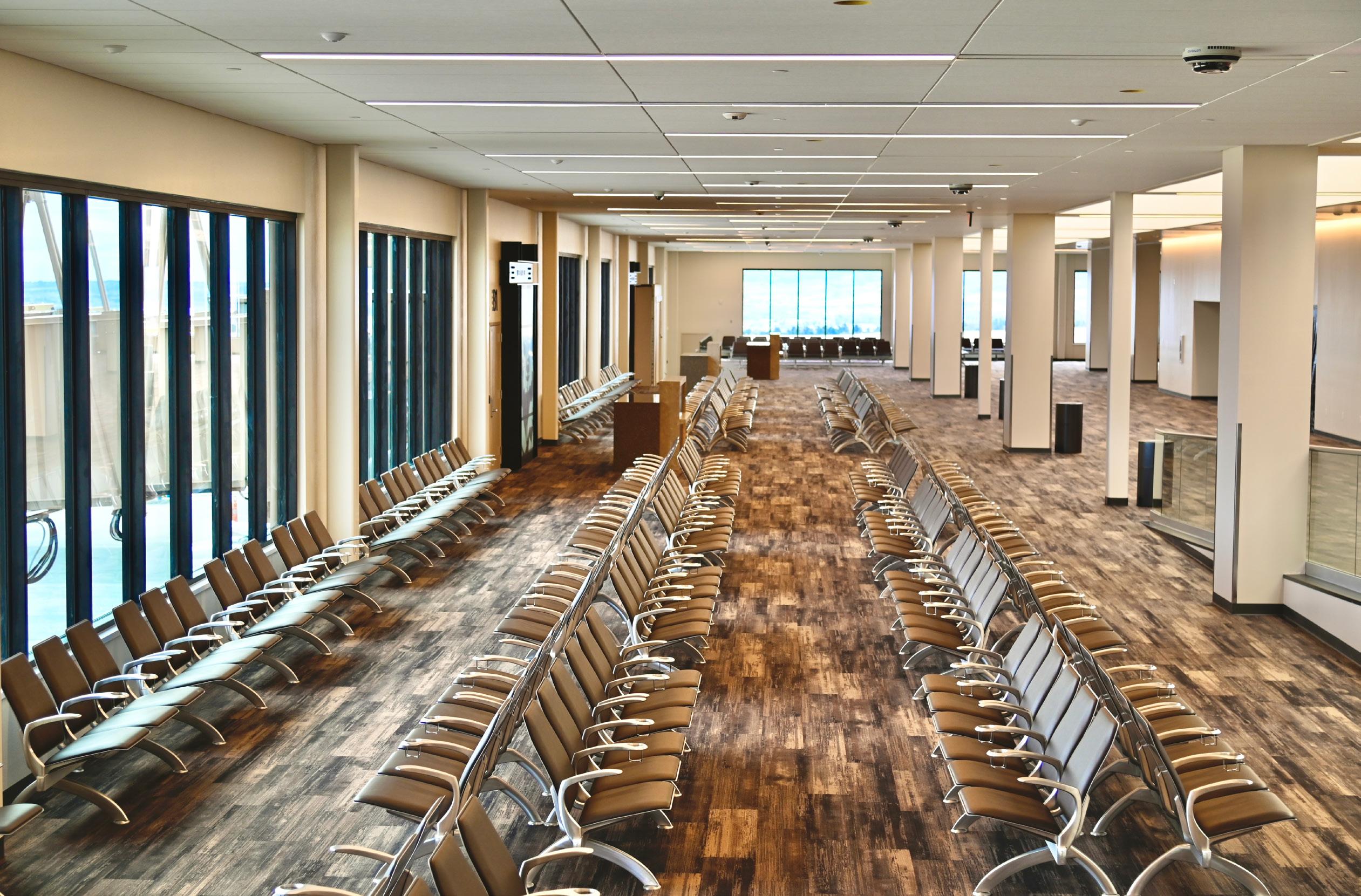
The April 19 ribbon cutting and unveiling of Concourse B at the Billings Logan International Airport was a significant step in the airport’s Master Plan, which began nearly twenty years ago. The day marked the finality of a $60 million terminal renovation and expansion project, financed largely by Airport Improvement Program (AIP) and COVID-19 relief funding, and increases the capacity from six passenger gates to nine and from four jet bridges to eight.
“It almost doubles what we were doing,” Jeff Roach, Director of Aviation and Transit, said.
before he elected to move to Nashville, Tennessee, to update the Airport Master Plan for the expansion of their airport.


Jeff was hired during the expansion, which began in 2019, and is responsible for not only airport operations but also the Billings’ MET Transit System. Jeff, an accredited airport executive, had a full career in aviation in Fairbanks, Alaska,
“We’re wrapping up Phase Four of our Terminal Expansion Project,” Jeff explained. “But we’re continually planning and executing improvements all the time.”
This year, he expects the number of travelers coming through the airport to reach 900,000 with an even split between business and tourism.
“We spike slightly in the summer, but not like some airports do with tourism alone,” he explained. “Traffic increases, but we remain steady throughout the year. Billings is a hub for business, medical, agricultural, shopping and tourism, which means we stay busy throughout the entire year.”
BILLINGS MONTANA ADVERTORIAL PAID FOR BY BILLINGS LOGAN INTERNATIONAL AIRPORT
16 // www.raisedinthewest.com
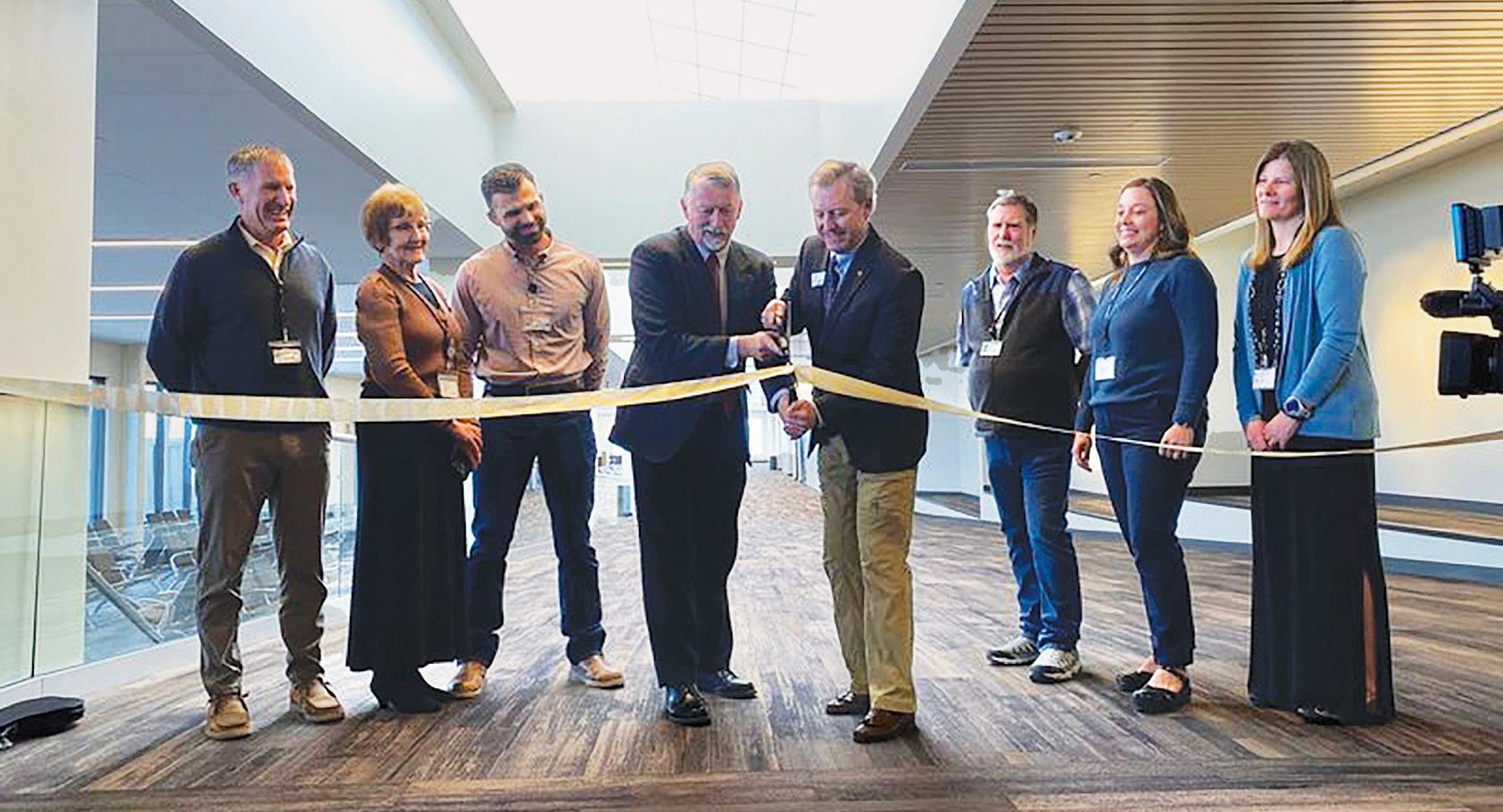
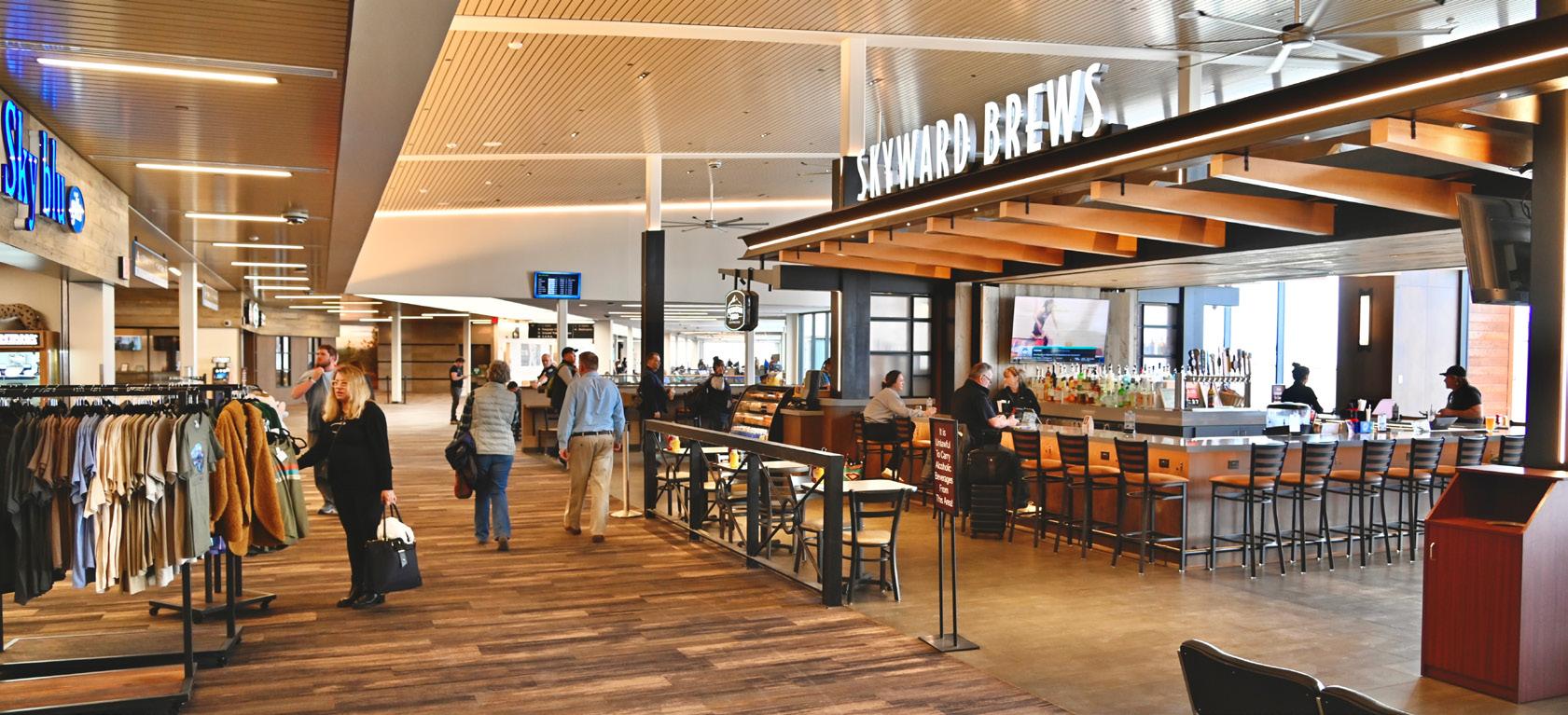
With plans for improvements to the baggage claim area and ticket counters in the next couple years, Jeff said the airport offers top-tier amenities.
The initial phase of the project completed in 2022 with Concourse A, included new gates, comfortable chairs, and additional bathrooms making the airport more attractive and efficient. A quaint coffeeshop and a full-service bar, along with a gift shop and eatery offer travelers opportunities to lounge comfortably while waiting for their flights.
As the current Master Plan nears completion, another is in the works with staged projects for the next 5 years, 5-10 years, and 10 plus years.
“We are always striving to continue to meet the needs of the community and the travelers,” Jeff said.
He meets regularly with members of the Billings Chamber, Big Sky Economic Development, Visit Billings, and Visit Southeast Montana to stay abreast of
what the community and region hope the airport provides.
As they look to the near future of the airport, Jeff has his sights on parking needs and demands.
“We’re at capacity at peak times right now,” he said, adding that they are contemplating developing a parking garage for the terminal.
Owned by the City of Billings, the airport is completely self-sufficient and does not utilize any local taxpayer funding. Revenues are generated through landing fees, building rentals, parking, advertising, food and retail services, and ground rentals.
“Even as we wrap up one project, we will continue to expand opportunities to and from Billings and the greater region,” Jeff concluded.
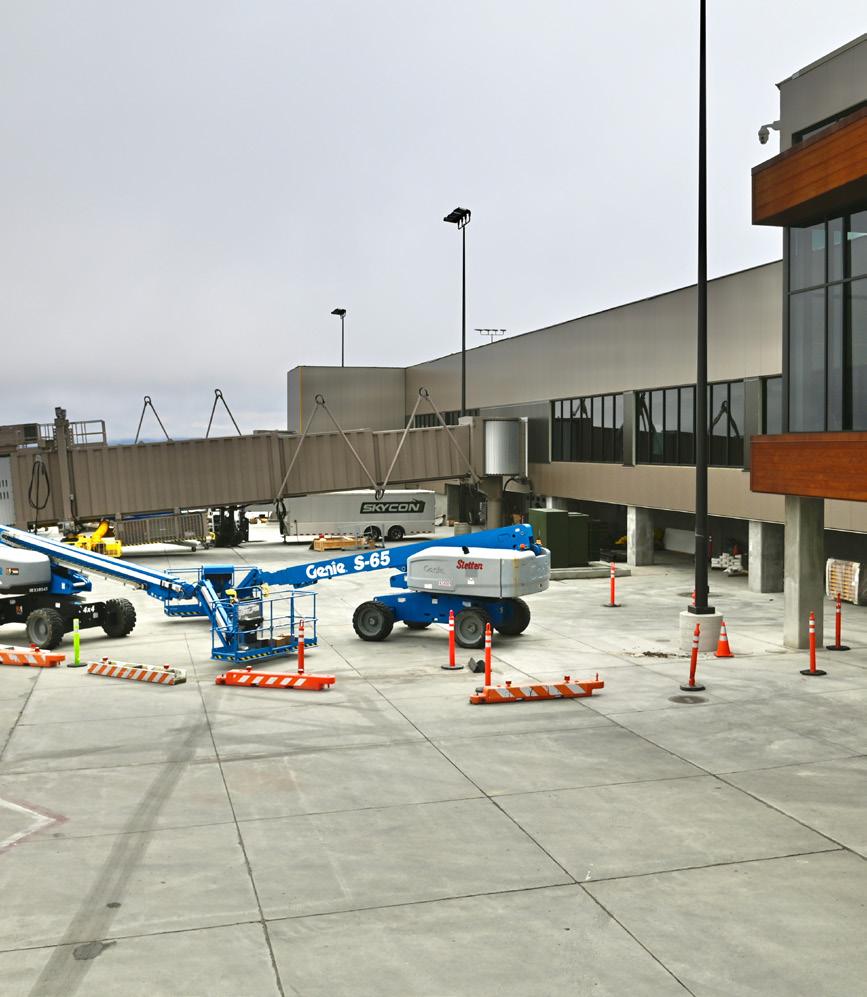
A total of five daily flights directly to Denver, CO by United Airlines.
A daily flight to Portland, OR with Alaska Airlines.
A direct flight from Billings to LAX in Los Angeles, CA by Allegiant Airlines.
A seasonal direct flight from Billings to Minneapolis-St. Paul, MN with Sun Country Airlines.
Facts The End of This Project Brings
Billings Logan International Airport (BIL) is served by six major airlines (United, Delta, Alaska, American, Allegiant, and Sun Country).
Direct flights to major cities include Dallas, Denver, Las Vegas, Minneapolis, Phoenix, Portland, Salt Lake City, and Seattle, with seasonal flights to Chicago and Los Angeles.
Eastern Montana is served by Essential Air Service Airline, Cape Air, offering daily non-stop flights between Billings and Glasgow, Glendive, Havre, Sidney, and Wolf Point.
The two-mile runway is 100 feet higher on the west end making it a destination for flight tests and training for Boeing and the U.S. military and is able to accommodate the largest commercial aircraft.
It’s also the busiest air freight Airport in the state and serves as a regional hub for FedEx and UPS.
Billings Logan International Airport remains among the busiest in the region serving Southcentral and Eastern Montana, and Northern Wyoming.
SPRING 2024 // 17





WRITTEN BY MELANIE LIMPUS // PHOTOGRAPHY BY MELANIE LIMPUS AND CONTRIBUTED BY MEADOWLARK •• FREMONT COUNTY, WYOMING’S LOCAL FOOD MOVEMENT •• 18 // www.raisedinthewest.com

Fremont Local Market

While some consider the Wyoming outdoor lifestyle to be based on recreation, sports, or even adrenaline, there’s more to it than that.
Agriculture is a way of life in Wyoming and is deeply rooted in the Cowboy State’s culture. It’s also one of the top three industries, along with tourism and minerals. There are about 10,500 farms across the state, which add up to nearly 30 million acres of agricultural land.
Most consumers are advocates and supporters of farmers and ranchers, and there is a huge desire for both to be able to close the gap on availability of farm to table choices throughout the year.
Steve Doyle and his family operate a 200-acre farm, Red Roof Meat Company, in Riverton and found the entire selling process to be very difficult.
“So many little farms are operating in the negatives. If we could repopulate all of these small farms in our community, it would be tremendous!” Steve said.
Steve turned to the Wyoming Legislature to seek help, and the communities stood with him in support. With the advocacy of Central Wyoming College and numerous local farmers and ranchers that reached out, the representatives listened.


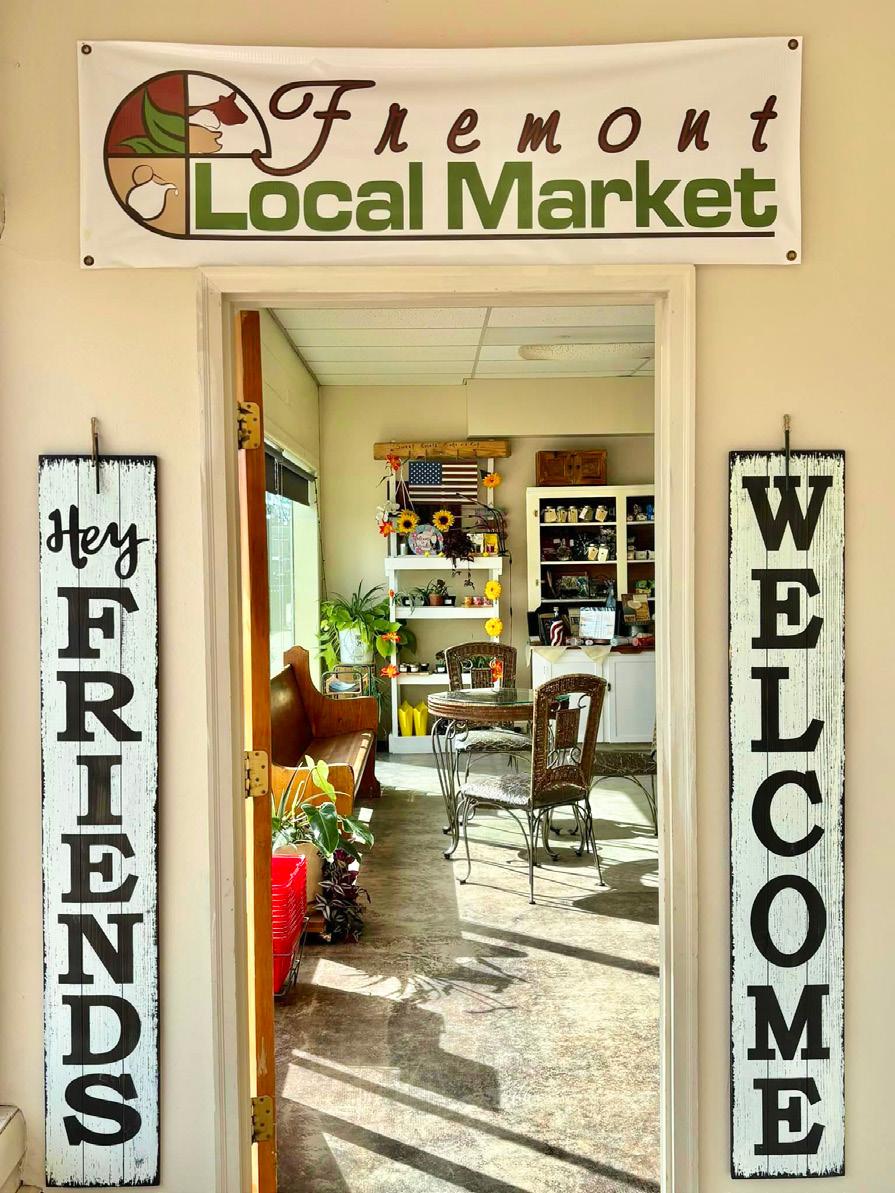


MEADOWLARK MARKET & KITCHEN, FREMONT LOCAL MARKET, AND CENTRAL WYOMING COLLEGE
THREE GENERATIONS OF THE DOYLES FARMING TOGETHER SPRING 2024 // 19
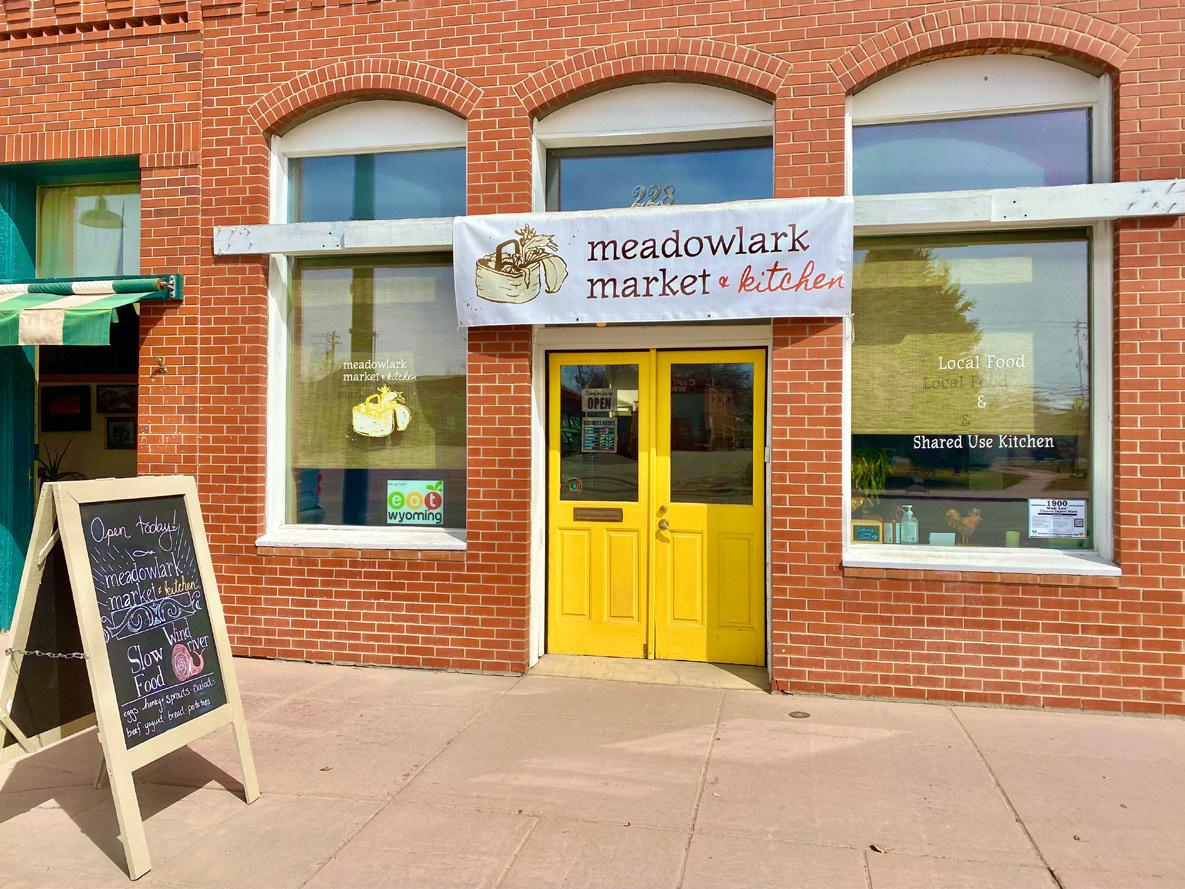

state regulatory and licensing requirements. Wyoming was the first state to enact a comprehensive Food Freedom Act, followed by North Dakota, Utah, and Maine. Thanks to Wyoming, more and more states are allowing an increasing variety of homemade foods to be sold.
Central Wyoming College has been instrumental in playing a leadership role among the communities to develop the system to make sure the local markets thrive.
“The Food Freedom Act made Wyoming this really unique place where you can buy products like unpasteurized milk, have local food markets, and sell directly to consumers. Every year we’ve worked with the legislature and opened it up a little bit more,” said CWC President Dr. Brad Tyndall.
Food freedom laws promote more markets and consumer choice, as well as provide opportunities for farmers and entrepreneurs. The newest amendment expands the Wyoming Food Freedom Act to allow a “designated agent” to facilitate sales transactions. That’s where Fremont Local Market in Riverton and Meadowlark Market & Kitchen in Lander come into play.

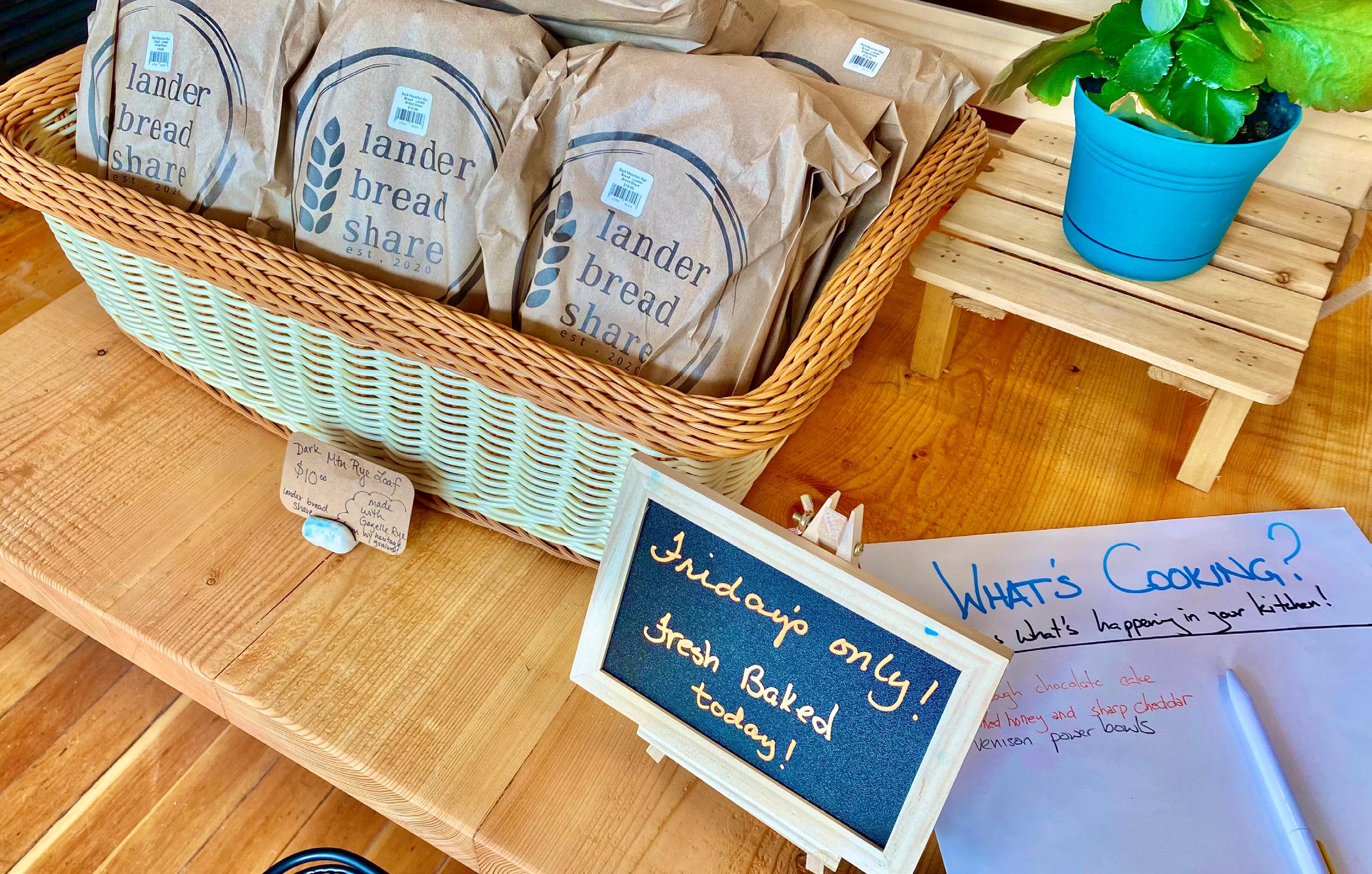

healthy, small-scale agriculture,” Brad said. “It’s all about healthier food, healthier environment, and more money for local farmers and ranchers. It all comes together in a really cool way.”
In the town of Lander, a similar market opened on Main Street, in March of this year. In a 100-year-old-plus brick building, Meadowlark Market & Kitchen attractively displayed bundles of fresh sprouts, lettuces, and herbs invite shoppers to take a closer look. Inside, shoppers are met


20 // www.raisedinthewest.com
Meadowlark Market & Kitchen



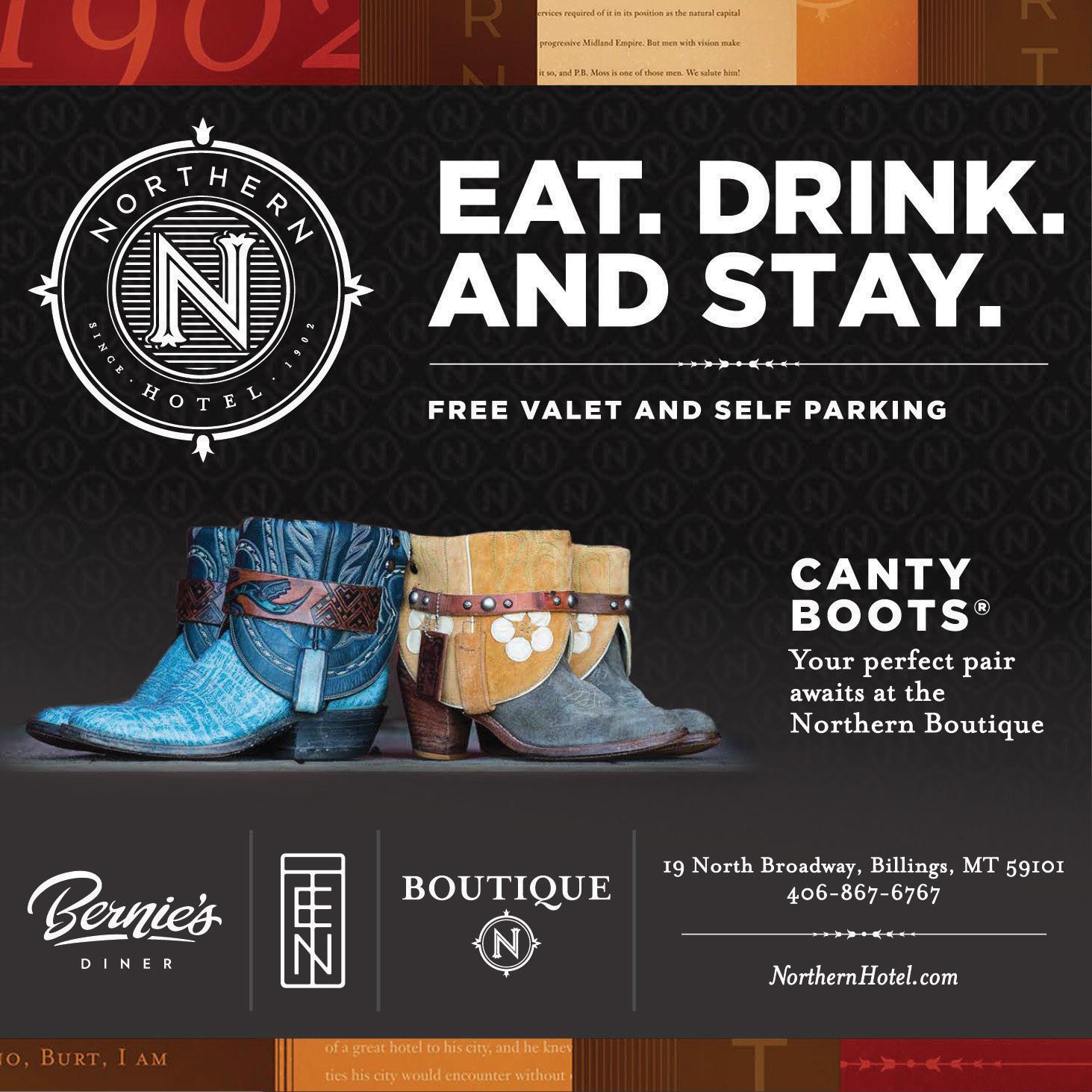


WESTERN TRADITION SAME GREAT NEW LOOK, DIVISION OF GLACIER BANK
SPRING 2024 // 21
THE MEADOWLARK MARKET & KITCHEN TEAM
central wyoming colLege

of the market display products during hours of operation but can also be converted into dining room tables for events and seat up to 26 people.
“We want to be this pop-up location for rotating chefs and caterers while also giving people a place to grow their businesses,” said Linda Williamson of SFWR. “It's been really amazing going through this process and discovering how many producers are
out there. We hope this place can be a springboard for people to
Entrepreneurship, supporting small businesses and farmers, and stimulating the local economy are the shared driving forces of the local food movement throughout Fremont County.
Ag economics is Dr. Brad Tyndall’s specialty and stimulating agricultural business and the local food economy is a big goal
“Several years ago, CWC did a study to assess the local ag market,” Brad stated, “and that study made me realize CWC needs to play a big leadership role among the communities to develop the system and ensure these local markets could thrive. We’re working towards filling out our main streets and creating
On CWC’s campuses, the Rustler Complex includes meat processing and packaging operations along with hands-on learning for all things agriculture. In Lander, the Alpine Science Institute is the state’s only farm incubator, a program designed to help beginning farmers expand their home garden into a farm business. The college also works to help partners acquire different grants, provide letters of support to applicants, and even transport food with trucks and cold storage freezers.
“Ag is cool. It’s heritage. It’s culture. It’s craft meat and gourmet vegetables. You lean into that cowboy culture and local beef and it’s thriving in our community,” Brad said. “Now we’ve got Fremont Local Food in Riverton, Meadowlark in Lander, and it’s working. More and more people are doing direct sales to consumers, and it’s really thrilling to be in Fremont County where we’re taking the lead nationally in agriculture and local food.”




22 // www.raisedinthewest.com


Wyoming's Online Farmers Market, which allows consumers to purchase local products online and have them delivered to their house or to another local food market to pick up. Both Meadowlark Market & Kitchen and Fremont Local Market are pick up locations for Eat Wyoming.
Brad concluded, “Our job is to really nurture the food system and boost new businesses across the region. When you see a win like Fremont County having not only one, but two local food markets, it’s kind of miraculous. Everything is local–everything–the wheat, the eggs, the milk… holy cow, it’s really special.”






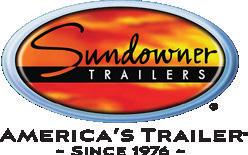
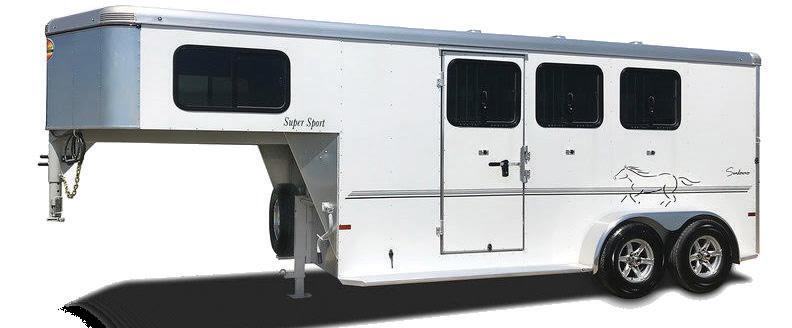







a clothing mercantile since 1947 200 McLeod Street 406.932.5451 Gusts of BigTimber.com 1820 1st Ave. North t Billings, MT (406) 245-4827 tAlsBootery.com Al’s Bootery & Repair Wildland Fire Boot t Fire resistant rough out 10” leather uppers t Hot Zone Kevlar stitching and laces, high traction, deep lugged K-73 Fire outsoles t Meets NFPA 1977 Standard Requirements
FOR MORE INFORMATION •••••• VISIT•••••• meadowlarklander.org cwc.edu eatwyoming.com /FREMONT LOCAL MARKET /MEADOWLARK MARKET & KITCHEN /CENTRAL WYOMING COLLEGE BUMPER-PULL TRAILERS 2022 EXISS 7 X 28’ HOLDOVER, Gn Stock 2 Slide Gates, Rear Slider, Slam Latches, Vents $33,000 EXISS 7 X 24’ Gn Stock 2 Slide Gates, Rear Slider, Slam Latches, Vents $29,500 Southland 14’ Bumper-pull Dump Trailer With Tarp & Roll Out Kit $9,750 WE FINANCE Monthly or Annual PAYMENTS LARGE INVENTORY TRAILERS • PARTS • SERVICE LaurelTradingPost.com 406-628-2536 1202 E RAILROAD ST LAUREL, MONTANA Sundowner, Exiss, & Frontier All aluminum Horse trailers on lot now! Bumper Pull and Gooseneck 2H, 3H, & 4H ofOpenAluminumand Steel Utility Trailers SPRING 2024 // 23







CWC SHOWCASES NEW EQUINE FACILITY & PROGRAMS



What is so unique about Central Wyoming College? A better question might be, what isn’t?


Located in the heart of Wyoming's agriculture and ranch communities, CWC’s newly built 85,000 square foot Rustler Agricultural and Equine Complex is a beacon for innovation and education. From farm-to-table initiatives to Agriculture and Equine entrepreneurial endeavors, the Complex nurtures livestock production, health methods, and agribusiness, while highlighting the generations of knowledge of Wyoming farms and ranches.
Jessie Whitlock and Aften Fegler are Instructors of Equine Studies at CWC. Aften is also the Rustler Complex Events Coordinator. Both of their families’ roots run deep in the equine industry and at CWC. Recently, they became certified equine professionals through the Certified Horsemanship Association.
Jessie was born and raised around horses in Cody, Wyoming. From racing and showing quarter horses to horse packing and outfitting, her childhood was always spent around horses. When Jessie graduated with a Bachelor’s degree in Organizational Management, Leadership, and Entrepreneurship from CWC, she applied to her current position and got the job. She now hopes to inspire and share her equestrian knowledge with her students and her two young sons.

Horses have always been a part of Aften’s life as well. As a fifth generation Wyoming horsewoman, her family’s history in ranching and raising horses led her to thrive in the equestrian lifestyle. She first attended Casper College and graduated from West Texas A&M University with a degree in Agriculture Media and Communication. Now, Aften is thrilled to be an instructor in the very same program that her mother once attended.


RIVERTON WYOMING WRITTEN BY MELANIE LIMPUS // PHOTOGRAPHY CONTRIBUTED BY CENTRAL WYOMING COLLEGE AND CALLY SCHROCK
24 // www.raisedinthewest.com







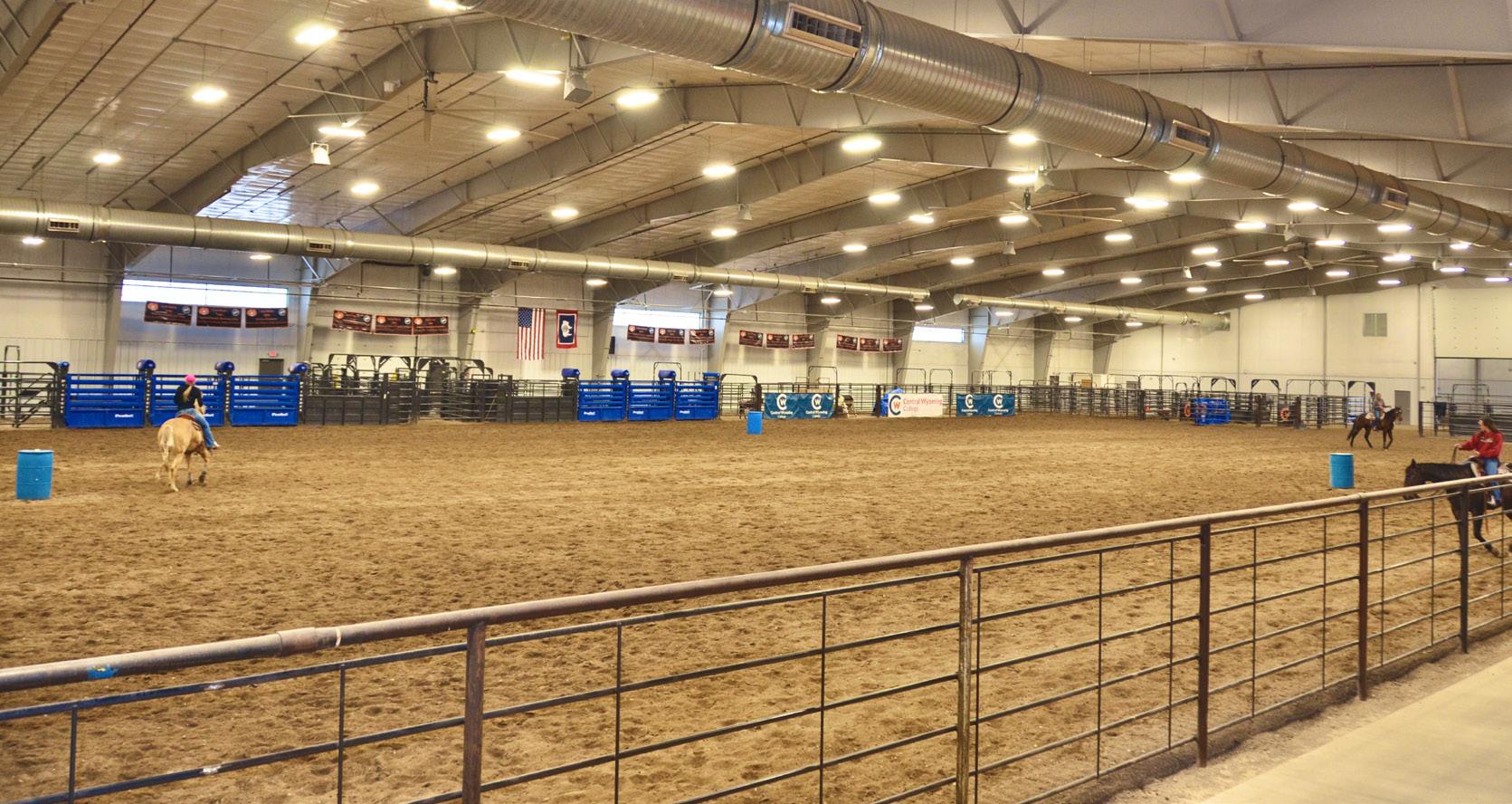
“There’s so much vision, energy, and momentum behind our program. We’re really trying to set our students up for success,” Aften said. “In addition to the equine program, we’re weaving in public speaking, leadership, and business classes to incorporate life skills for these students.”





The Complex in Riverton is located conveniently across the street from the dorms and in close proximity to the lower campus. The new facility includes two indoor arenas and one outdoor, a specialized farrier/vet room, and stalls and runs where students board their horses. It also houses livestock utilized by the Ag and Equine programs, as well as the rodeo program.
“We strongly encourage students to go outside of the classroom to seek industry internships locally, as well as all across the country to gain real world experience,” Jessie said. We want them to have conversations with equine professionals and learn from them through hands-on experiences. It’s not about what you know, but who you know.”
Central Wyoming College offers certificate programs, associate’s and bachelor’s degrees, in addition to lifelong learning through community enrichment classes, professional development and career readiness. CWC’s mission and vision includes strengthening communities, serving as a community leader, collaborating with partners, and promoting economic development.
240 S. Glenwood St #124 P.O. Box 4795 Jackson, WY 83001 (307) 733-7425
302 W. Ramshorn P.O. Box 175 Dubois, WY 82513 (307) 455-2625

Unlike other equine programs across the country that provide lesson horses, Central Wyoming College’s equine program allows students to bring their own horses with them to college.
“By the time our students graduate, they have a horse - a product - that is better than what they came with. This gives our students an advantage to starting their next steps after college, whether it be selling that well-trained horse or starting their own herd,” Aften said.
“I’m excited to pass on what I know and continue to learn along the way so I can continue to help pour into these students. We get to have an impact on this industry as a whole and produce young riders who go out and do more good,” Aften said.


Jessie concluded, “The goal is to not just make it an equine program, but to make it a life changing program.”
ADVERTORIAL PAID FOR BY CENTRAL WYOMING COLLEGE
FOR MORE INFORMATION •••••• VISIT•••••• www.cwc.edu RIVERTON 2660 Peck Ave. Riverton, WY 82501 (307) 855-2000 LANDER 120 Enterprise Blvd.
332-3394 JACKSON
Lander, WY 82520 (307)
DUBOIS
SPRING 2024 // 25

BUILDING THE BUILDING THE


AN ALL AMERICAN ROAD AN ALL - AMERICAN ROAD MONTANA / WYOMING WRITTEN BY DAVE VICKERY // PHOTOGRAPHY CONTRIBUTED BY CARBON COUNTY HISTORICAL SOCIETY & MUSEUM 26 // www.raisedinthewest.com

It was on Flag Day in 1936 that the dream of a road leading from Red Lodge to Yellowstone National Park was finally realized and this year’s Flag Day, June 14, will mark the 88th anniversary of the official opening of what the late Charles Kuralt dubbed, “the most beautiful drive in America,” the Beartooth Highway.
Early efforts to complete a highway from the Red Lodge area, over the Beartooth Mountains to Yellowstone Park started as early as 1915. Promoters pushed for the Black and White Trail to run from Bearcreek up over Mount Maurice ending in Cooke City. Survey work was done and by 1919 a rough, five-mile-long roadway led to the top of Line Creek Plateau. But by 1921, new federal funding was only being granted for highways connecting large population regions, thus eliminating the chance to complete the Black and White Trail.
By 1924, with automobile travel becoming more and more popular, a new plan was born to build the Beartooth Highway from Red Lodge across the Beartooth Plateau to Cooke City and on to Yellowstone Park. In 1927, after years of lobbying by Montana’s Congressional delegation, the Federal Bureau of Public Roads ordered a survey for the proposed highway. By October of that year the survey was complete, opening the way to achieve approval of the project.
Final funding was achieved in 1931 when, after years of Congressional debate, the National Parks Approaches Act was passed, and construction of the roadway began in the spring of 1932.
Local men, including my father, Fred Vickery, and his brothers, Ted and Jim, jumped at the chance to work for steady wages,


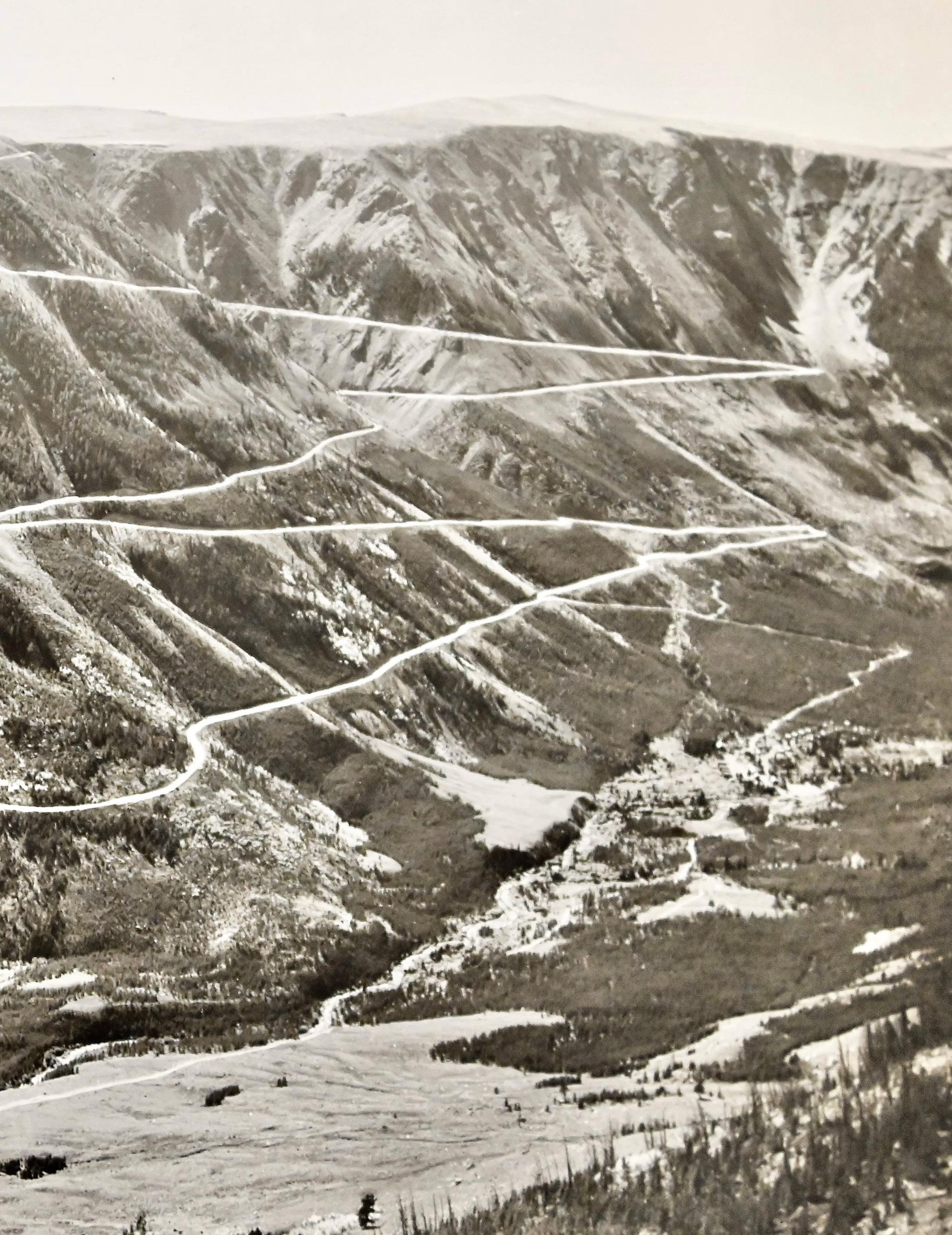

SPRING 2024 // 27


particularly given the financial depression sweeping the nation. A Great Depression-era Project of the 1930s, work on the highway was a godsend as men lined up daily to carve a road into the mountains.
HARD MANUAL LABOR WITH PICKS, PRYBARS AND SHOVELS



Men were paid an average of 50-cents an hour for hard manual labor with picks, prybars and shovels, to as high as 75-cents an hour for skilled workmen operating draglines and bulldozers. Early on, the Vickery men were tasked with clearing the right of way along the survey markers along Rock Creek upstream from Red Lodge. MEN WERE PAID AN AVERAGE OF PER HOUR
FOR
28 // www.raisedinthewest.com

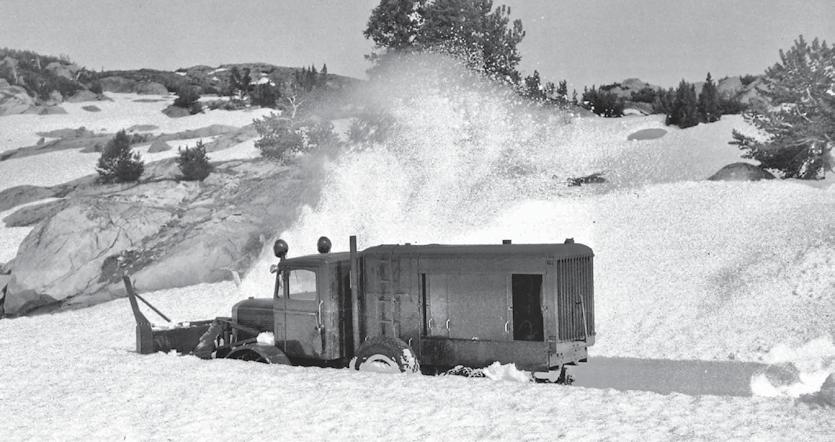





SPRING 2024 // 29
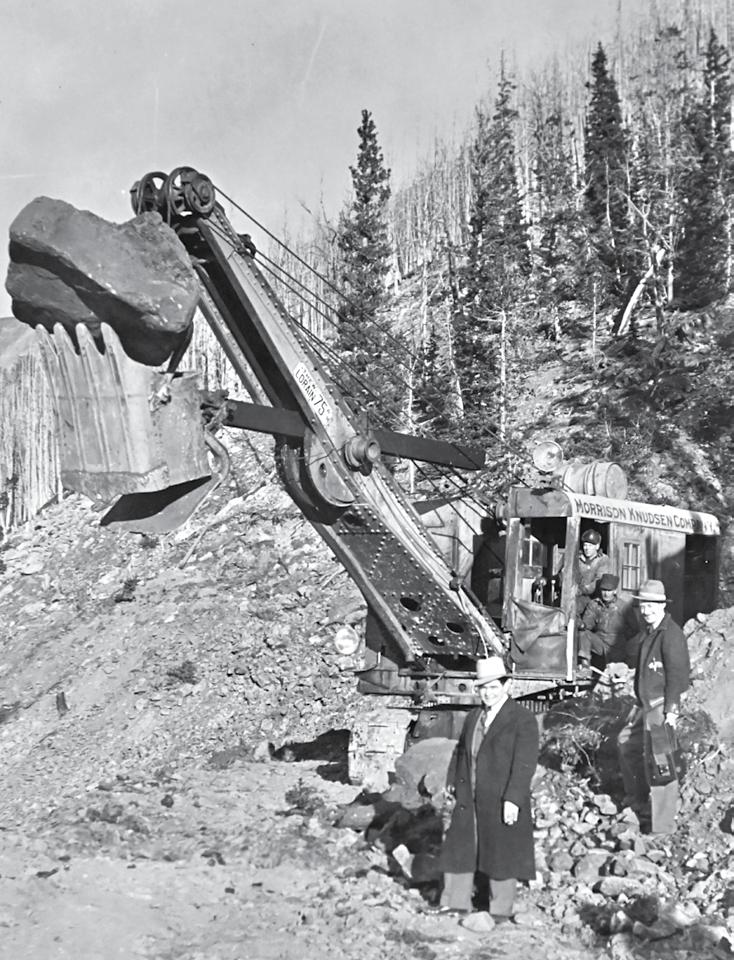

It took brute force by thousands of men to clear a roadway through the canyon and up the steep mountains with crews working from both directions. The stretch from Red Lodge clawed its way south, up the glacial valley and across the alpine tundra to the Beartooth Plateau. This was the most difficult segment, and required moving trees, boulders, and talus alongside the canyon, carving a passable trail of switchbacks into the steep granite face of the Beartooths before reaching the summit. The initial contract for this portion went to MorrisonKnudsen of Boise, Idaho, and the section was completed by the end of construction season in 1932.
The second segment began near the Montana-Wyoming state line and stretched for 25 miles to the north, connecting with the road coming up the Rock Creek side near Twin Lakes. Work on this section required constructing bridges across numerous creeks and building the roadway across areas brimming with thousands of glacial boulders atop the plateau. The initial contract for this section was awarded to a Portland, Oregon firm, McNutt and Pyle. Moving equipment from Gardiner, Montana coupled with difficult terrain and poor management led to delays. It took until December 1933 to complete the second stretch and it bankrupt the company.

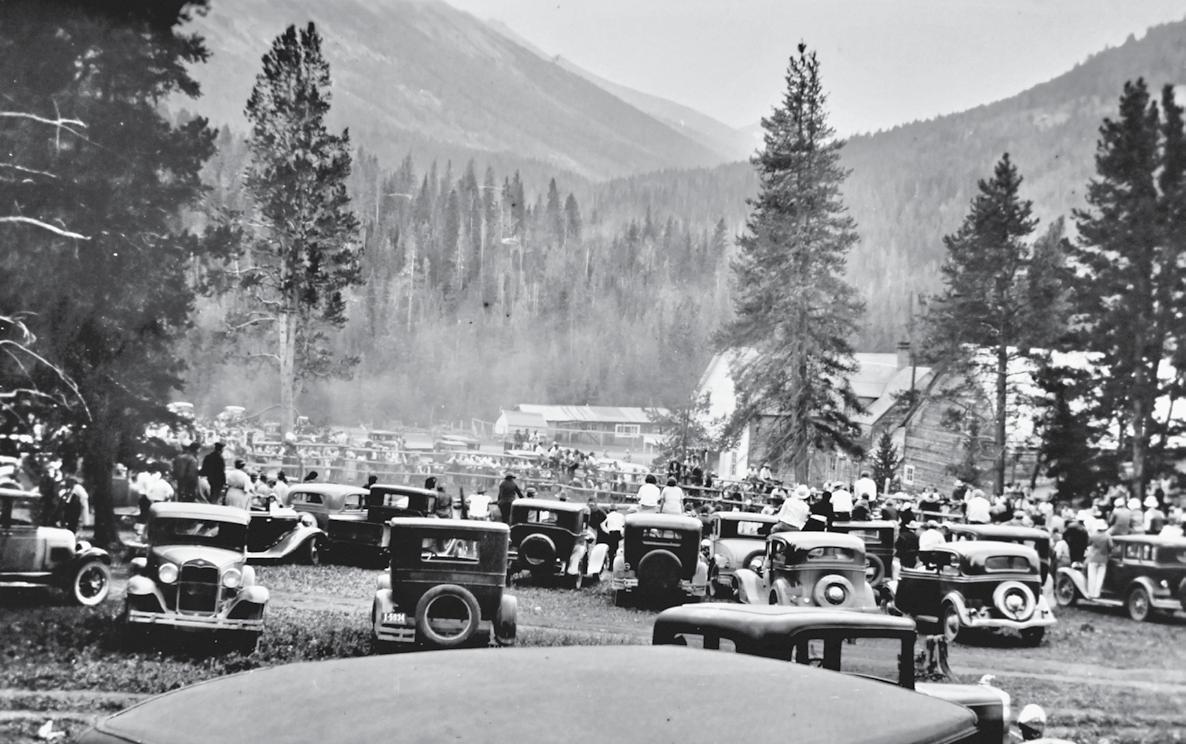
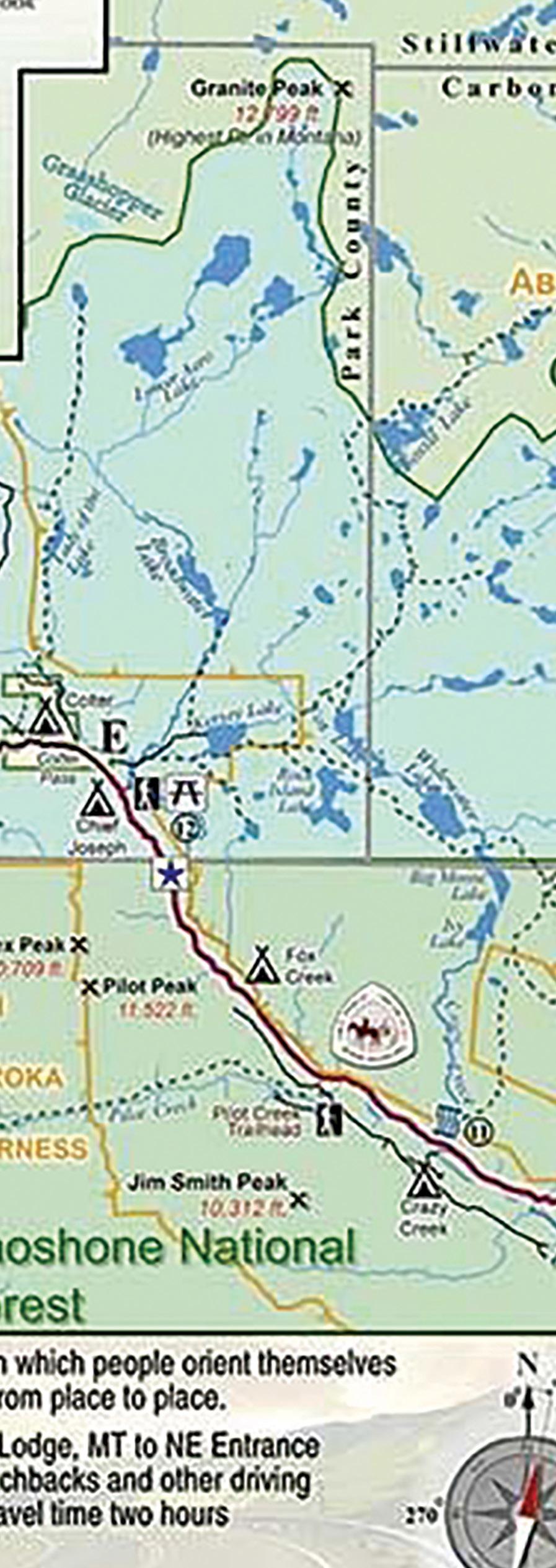

CELEBRATING THE OPENING, COOKE CITY, MT 30 // www.raisedinthewest.com





Pub/s: Raised in the West Traffic: 1/12/24 Run Date: TBD Color: CMYK Author: TH Focused on agriculture. More importantly, focused on you. Contact us at 406 651 1670 or visit AgWestFC.com to learn more This institution is an equal opportunity provider and employer. With over a century financing agriculture, we know firsthand the challenges and rewards you face every day. Let’s work together to help you build your best future. AGWEST 17842-2L Focused_7.5x4.75_Raised in the West_v2.indd 1 1/9/24 10:33 AM SPRING 2024 // 31

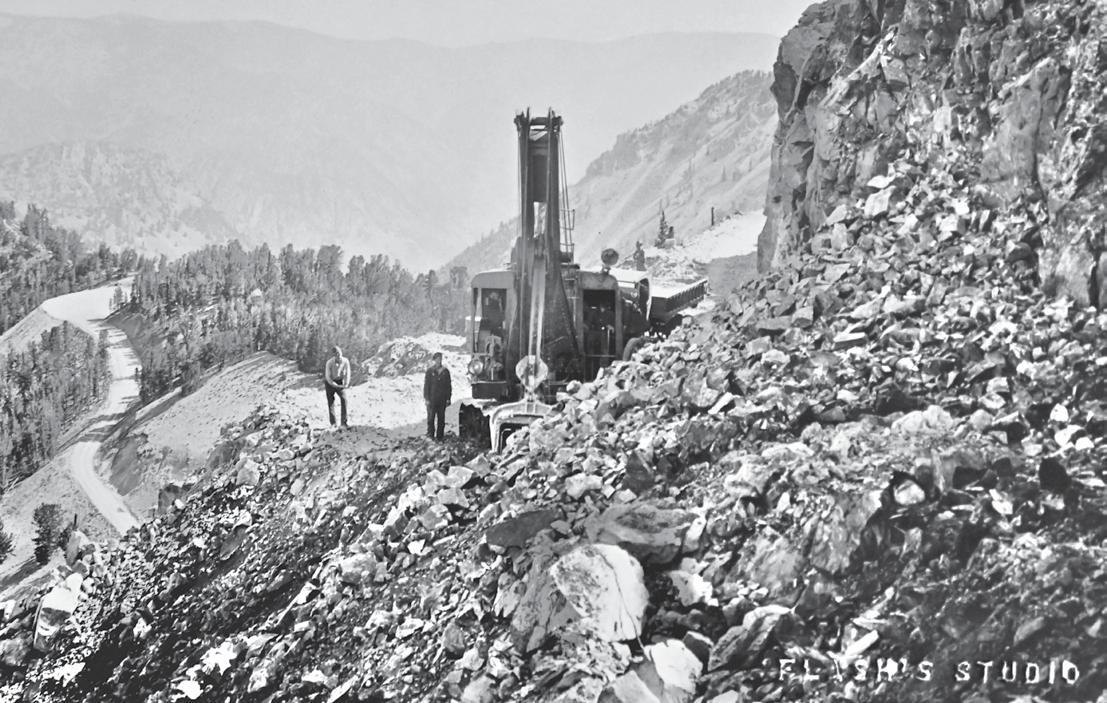
An additional 17 miles of construction was required to finish the road from the Montana state line to Yellowstone Park’s boundary near Silver Gate. This section was completed by the Winston Brothers of Minneapolis. Other smaller contracts were issued to complete the most northern segment from Red Lodge to Piney Dell Lodge.
By the end of the 1935 construction season, all 68 miles of the highway were finally completed, including the installation of guard rails, a gravel surface and all the impending details of the construction projects.
Finally, on a beautiful June day in 1936 the official opening of the Beartooth Highway took place after a $2.5 million investment.
The greatest challenge in the 88-year lifespan of the highway has been road maintenance. Initially, the Bureau of Roads and Yellowstone National Park were tasked with road upkeep and the major job of plowing deep snow in the spring. During World War II funding became limited and the Park Service was hard pressed
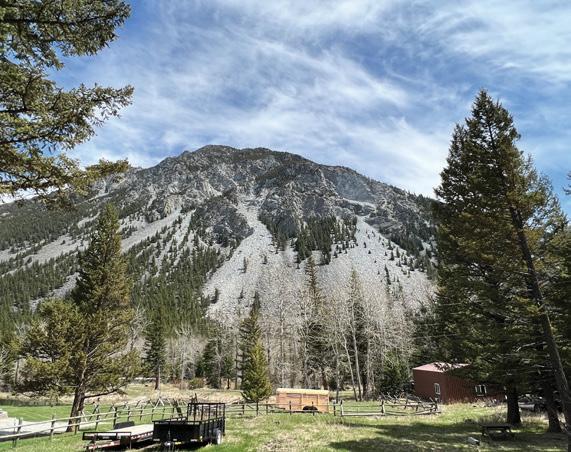
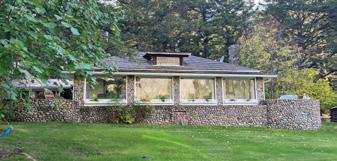
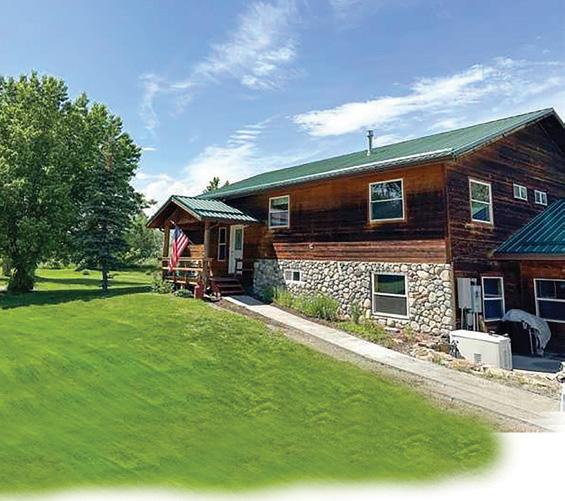
to continue maintenance and the highway fell into disrepair over the mountains.
In the 1960s, the responsibility of plowing the highway from the Montana-Wyoming state line was accepted by Montana’s Department of Transportation from the state line south to the park, but was still the responsibility of the Bureau of Roads. Every year, huge snow moving equipment works from both directions to open the road, usually by Memorial Day.
Since the 90’s it’s been Montana’s responsibility for any maintenance and additional construction from Red Lodge to the Wyoming state line. From that point to the park boundary, the National Park Service is responsible.
Today, the highway is a two-lane economic lifeline for the towns of Red Lodge, Cooke City and Silver Gate, connecting them on what is a spectacular byway that climbs across the face of the Beartooths before heading southward into Yellowstone Park. Montana spends close to $1.1 million every year for everything from road maintenance, rock removal, guard rail repair and of course plowing the highway to keep the well known passage open.
The men who struggled and sweated for almost five years to construct this incredible highway took immense pride in the work they did, and in a job well done. Decades later, we have the privilege of enjoying the toil of their hands with awe at what they accomplished. The character of the men is in full evidence as the fruits of their hard labor was transformed into an opportunity for millions of people to traverse the mountain grandeur of what is called today, “The Beartooth All-American Road.”




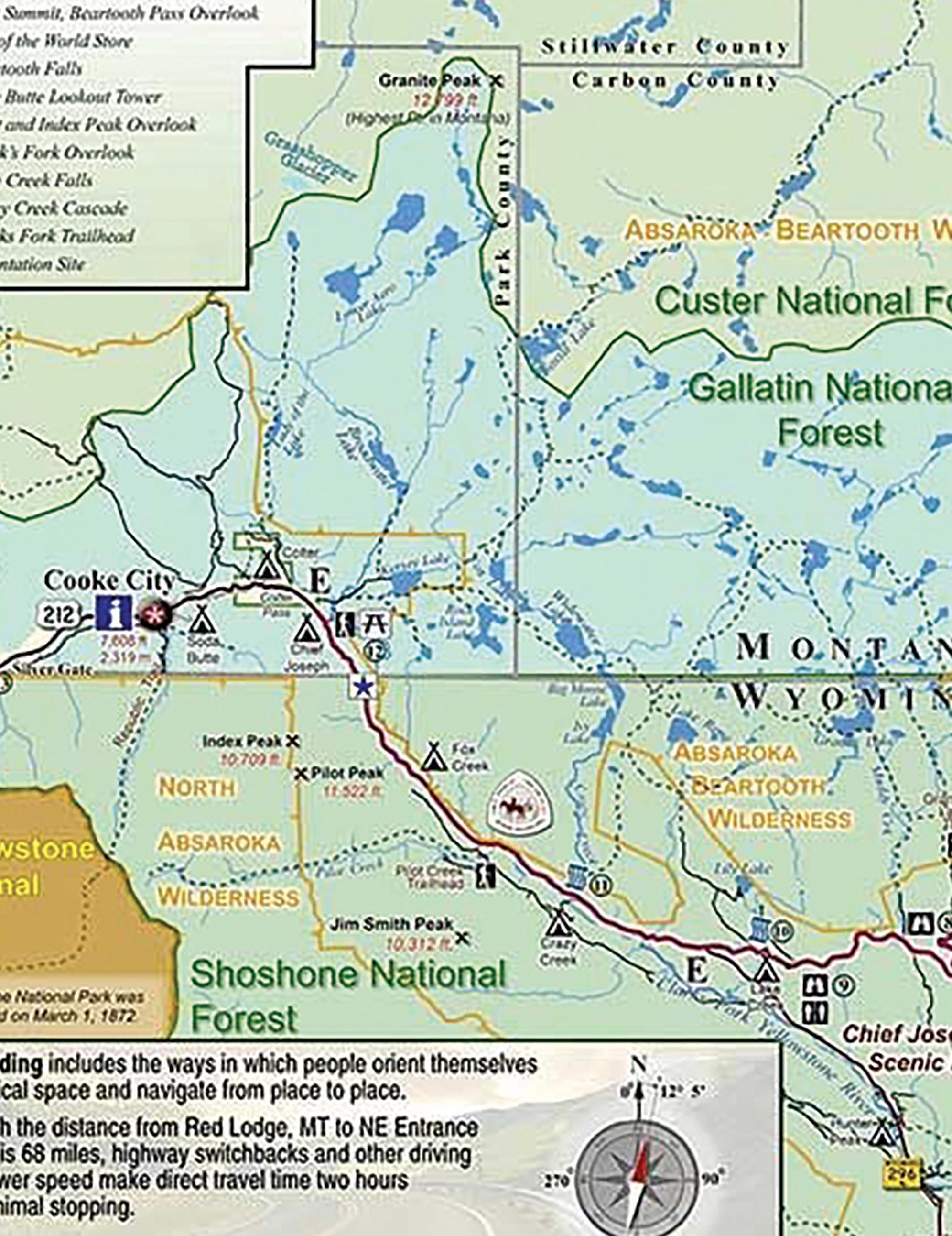
14 Whispering Pines, Mcleod, MT $699,900 14 Fairgrounds Rd, Big Timber, MT $699,900
32 // www.raisedinthewest.com


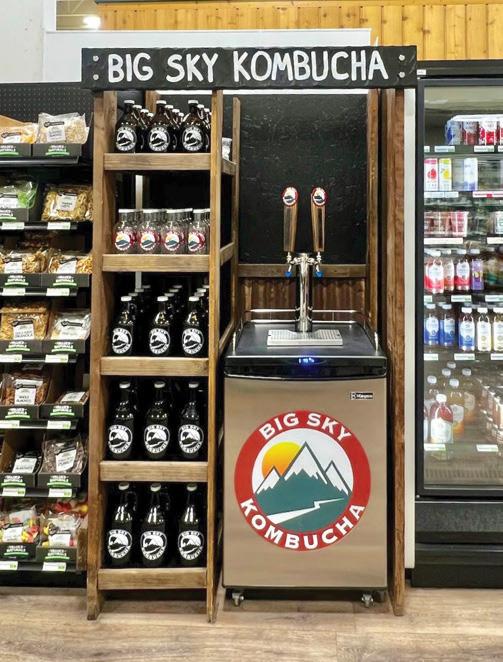

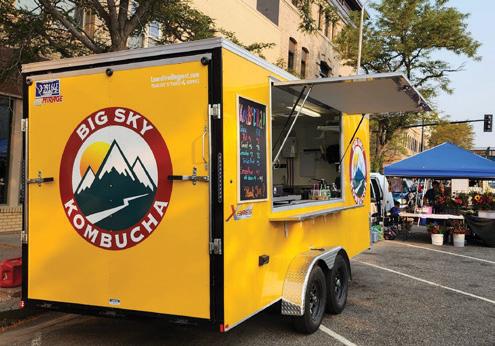







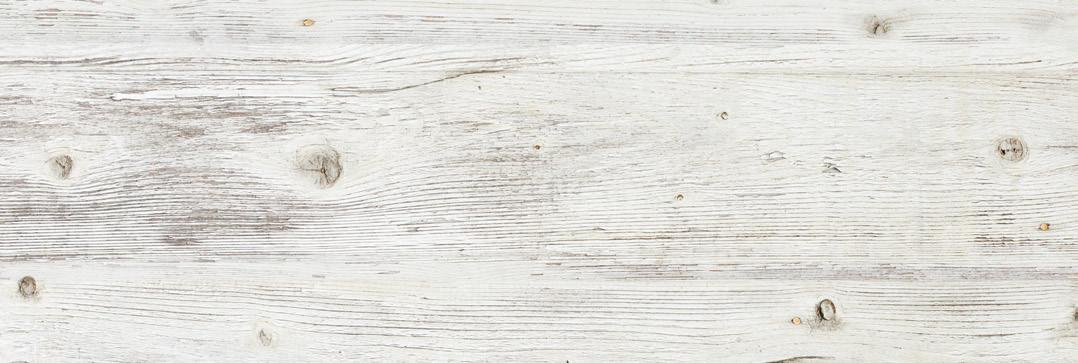


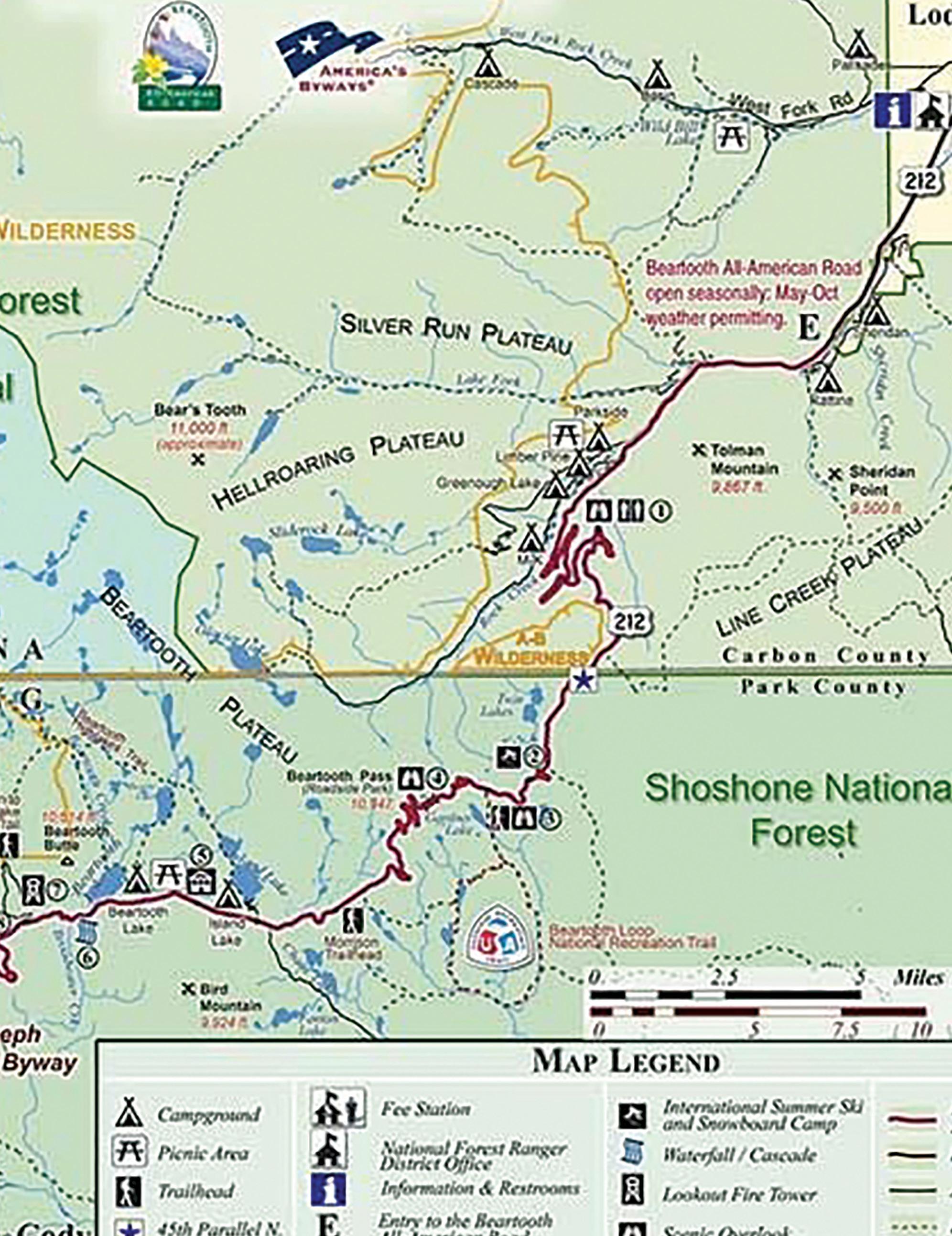

BILLINGS Evergreen Cafe Spitz Arthouse Theater LOCATIONS: RED LODGE Beartooth Market Blue Montana Food Truck Big Sky Kombucha 406.860.4540 BIGSKYKOMBUCHA@GMAIL.COM FOLLOW US Watch for our big yellow trailer! JEWELRY & GIFTS 406-860-3898 • coolwaterjewelry.net 9873 US Highway 212 • Joliet • Montana 1/2 way between Fort Rockvale & Joliet. Watch for the bright red & yellow flags! SPRING 2024 // 33

WinNing the War on

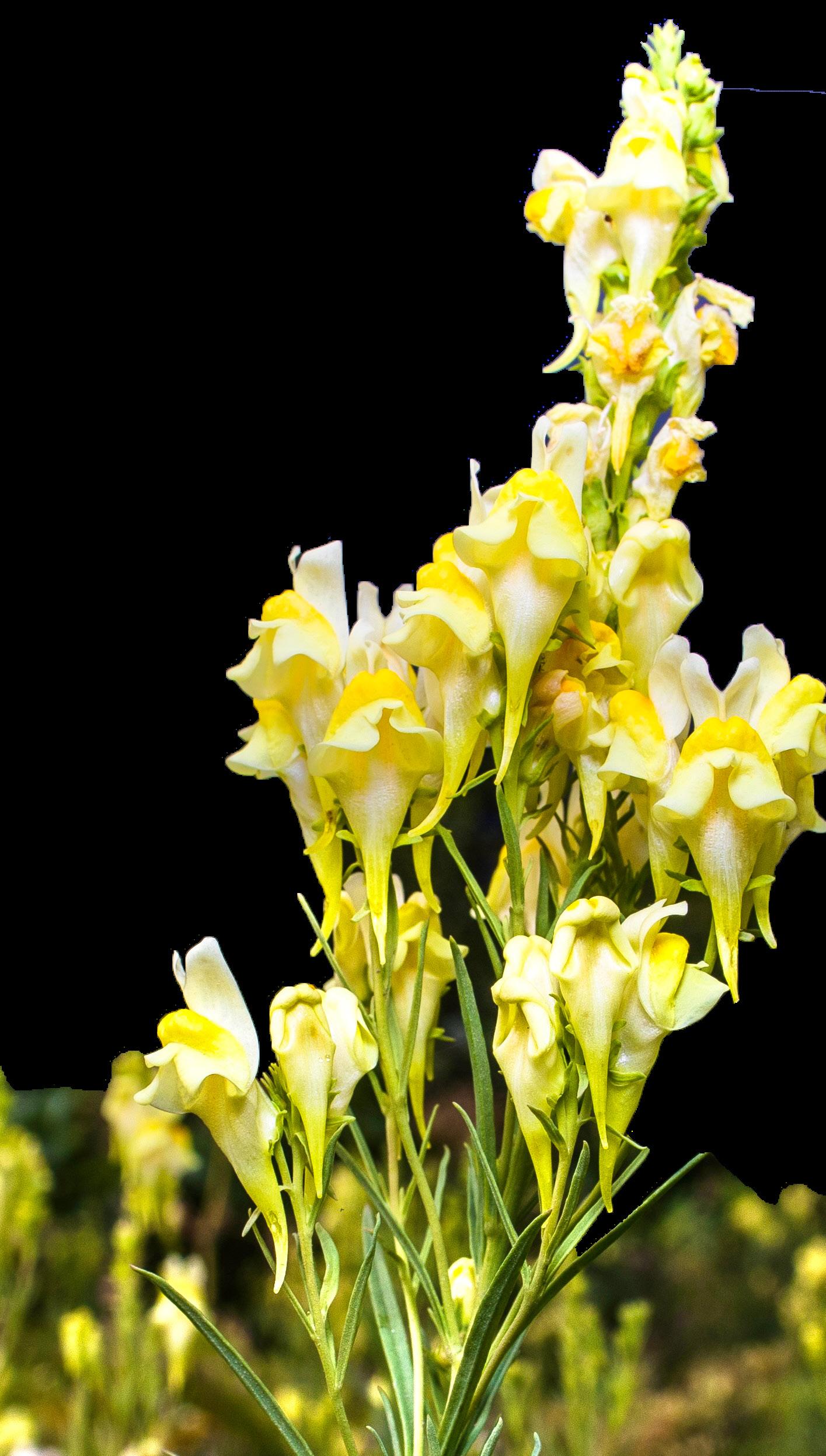
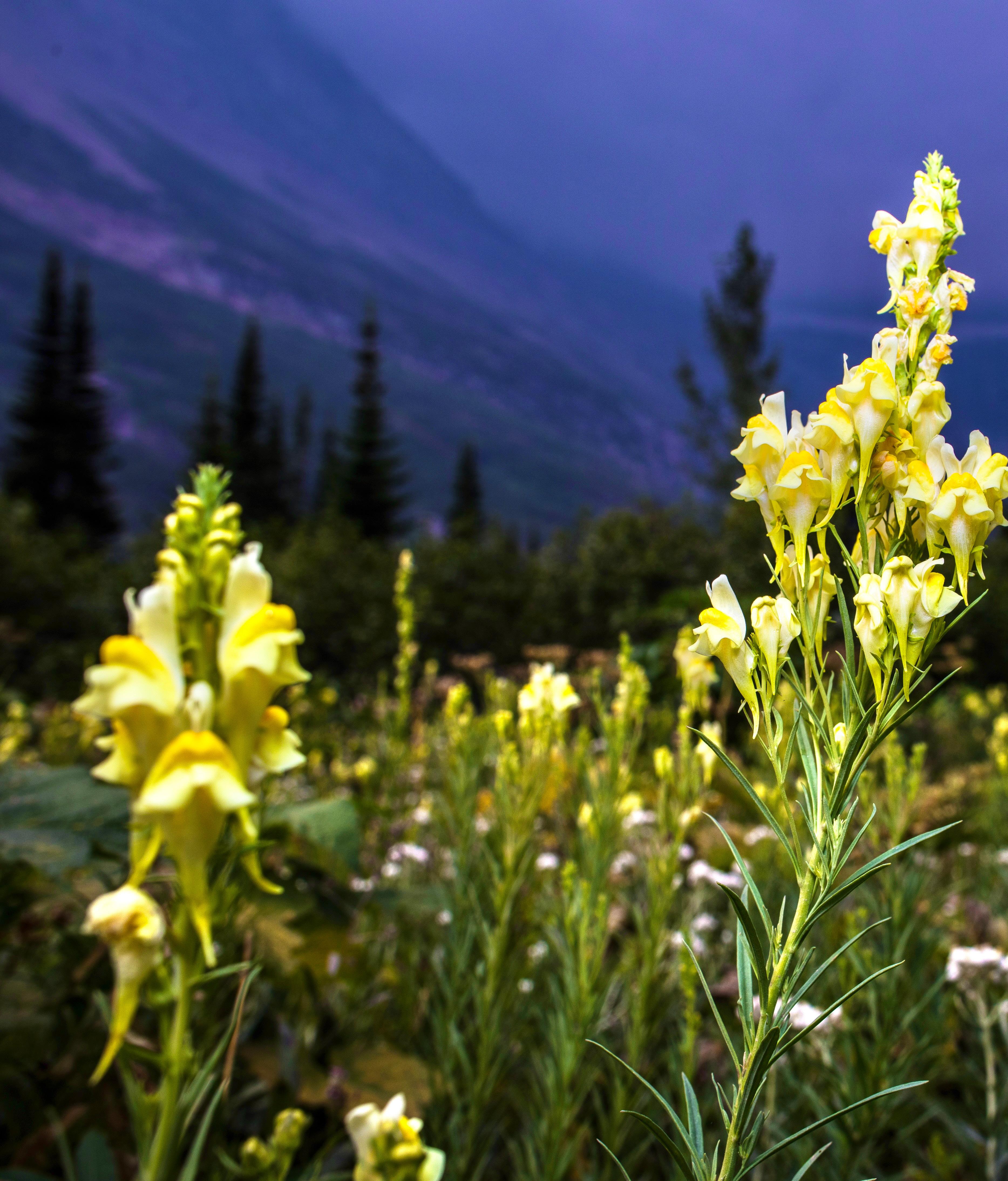
WRITTEN BY AMY GRISAK // PHOTOGRAPHY BY AMY GRISAK & CONTRIBUTED BY DAVID REESE, USDA & GLACIER NATIONAL PARK ACROSS MONTANA YELlOW TOADFLAX 34 // www.raisedinthewest.com
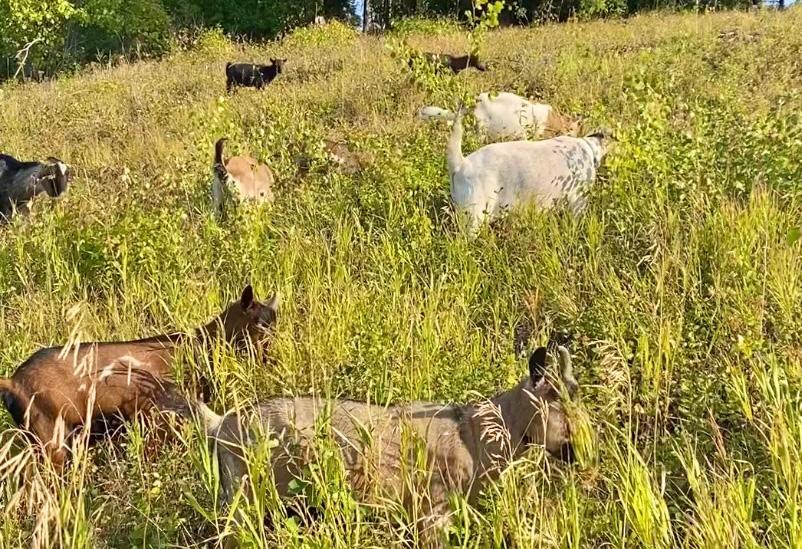
Eradicating knapweed and other noxious weeds invading the West is a seemingly uphill battle. As soon as one patch wilts, another springs to life. Applying expensive pesticides to the issue time and time again doesn’t seem to solve the problem. Fortunately, there are a number of non-chemical strategies to knock down, or even eliminate weeds and while these are not one and done treatments either, with consistency, it’s possible to gain a handle on the most tenacious weed problems.
CHAMPION WEeD-EATERS
As predominantly non-picky eaters, goats are on the frontline of weed management.
After seeing their efficacy on a friend’s ranch, Dave Reese of Montana Goat Company began his business hiring out goats to help with weed control four years ago. This season is already booked by individuals hoping to diminish weeds and mitigate wildfire. By nature, goats are browsers, not grazers and can eliminate ladder fuels on trees from six to eight feet high.
How quickly and thoroughly goats clear an area of weeds is dependent upon the number of animals, the type of plants and plant density, as well as the acreage. Thirty goats are estimated to graze about three-quarters of an acre in a day, Reese said.

Goats will graze many noxious weeds, knapweed being just one example, and their impact varies with the seasons.
"Right now (in the spring) we're in the rosette stage with knapweed. As that plant spreads four to five inches across, it's very edible and highly nutritious for the goats,” he said.
But even if a landowner doesn’t start immediately in the spring, Reese said goats still eat knapweed when it blooms, and even when it bolts. Even though a plant bearing seeds isn’t ideal, the goat’s unique scissor-like chewing method, combined with their four chambered stomach, causes approximately 80 percent of the knapweed seeds to lose viability.
Although goats eat plants such as knapweed, bindweed and leafy spurge throughout the season, according to the University of Idaho, goats prefer certain plants, such as whitetop, only during particular stages. It is best targeted only in the spring when the rosettes are just forming, or after the seeds have set, because the plant exhibits a high amount of alkaloids during the other growth stages, making them unpalatable to the animals.
As with other weed control strategies, consistency is required.
“We’re stressing the plant over time,” Reese explained. “By adding pressure when the weeds are most vulnerable, it’s possible to manage them.”
SPRING 2024 // 35
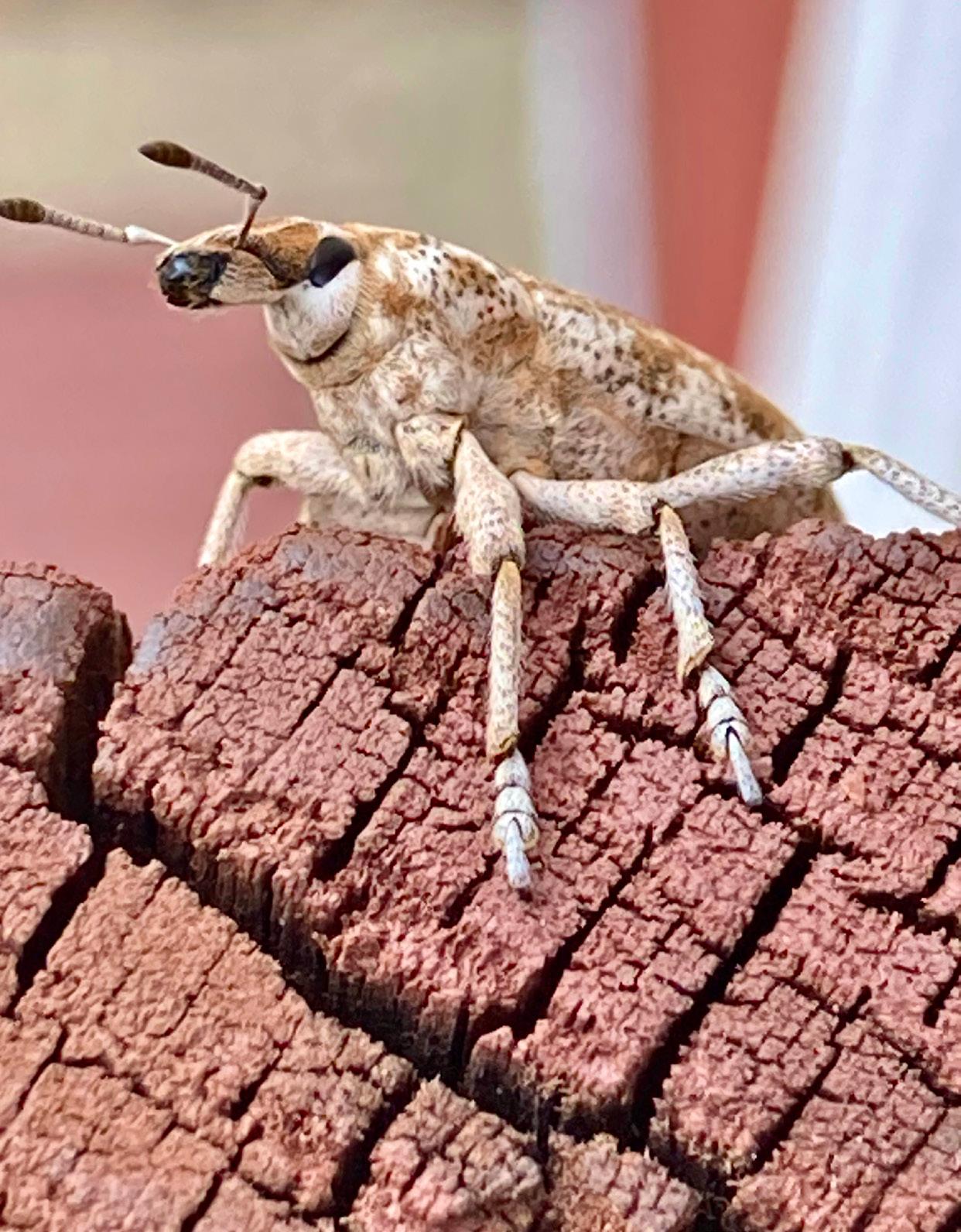

We offer bulk, contract and semi loads of fuel.



TINY WEeD WARrIORS
Biocontrol, which involves the reduction of pest populations through the use of natural enemies such as insects, is nothing new. In 1948, the State of Montana implemented releasing Chrysolina beetles for St. Johnswort. Over the decades, Montana State University and the USDA have researched a growing list of options for landowners, and the Montana Biological Weed Control Coordination Project began in 2013 to support these efforts.
“There are a variety of reasons a landowner may choose to incorporate biocontrol with other weed management tools to manage a weed infestation,” Mellissa Maggio, project coordinator for the Montana Biological Weed Control Coordination Project, said. “They may be managing a widespread, difficult to manage noxious weed that no one management tool can provide the desired results alone. Therefore, they work to integrate a variety of tools to attack the target weed at many levels, reducing the likelihood that the target weed will be able to recover and maintain the widespread infestation that occurred prior to management.”
• Agronomy • Bulk & Retail Fuel • Propane • Retail Farm Supply & Convenience Stores VFARMERS.COM • VPROPANE.COM Reed Point 326-2484 Worden 967-3100 Custer 856-4156 Hysham 342-5221 Miles City 234-2098 Columbus 208-7287 SINCE 1938
Your Local
Cooperative
KNAPWEeD ROoT WEeVIL
36 // www.raisedinthewest.com
WEeVIL ON SPOTtED KNAPWEeD


Currently, in Montana, there are available biocontrol agents for yellow toadflax, Dalmatian toadflax, leafy spurge, St. Johnswort, and spotted knapweed.
“Biocontrol is a tool for large, contiguous infestations of target weeds,” she said. “Ideally, the infestation will be a minimum of one acre, but a contiguous infestation larger than one acre is better.”
The insect release timing depends upon the plant and insect species and coordinating the optimum growth period. The vigorous spring growth is best for some, while others are better introduced during the flowering period.
It’s important to keep in mind that applying biocontrols will not yield eradication in a single season. It takes time for the insects to multiply to match the food source, but they will make a noticeable difference within a few seasons. These natural predators offer another tool to manage noxious weeds without adding pesticides to the environment.
SMALlER WEeD WARrIORS
Along with insect biocontrols, fungal pathogens are also being implemented to fight invasive weeds and the USDA continues to research their potential and efficacy, particularly for large-scale agricultural operations. The fungus, Harknessia lythrii, attacks purple loosestrife which is illegal to grow in Montana due to its wetland encroachment. Scientists are at work to determine if the fungus is host specific, as they don’t want it impacting other plants, but this could be a potential tool in many loosestrife invaded riparian areas.

THE ENERGY TO Thrive




VISIT WWW.YVEC.COM FOR MEMBER REBATES AND MORE
SPRING 2024 // 37
PURPLE LOoSESTRIFE
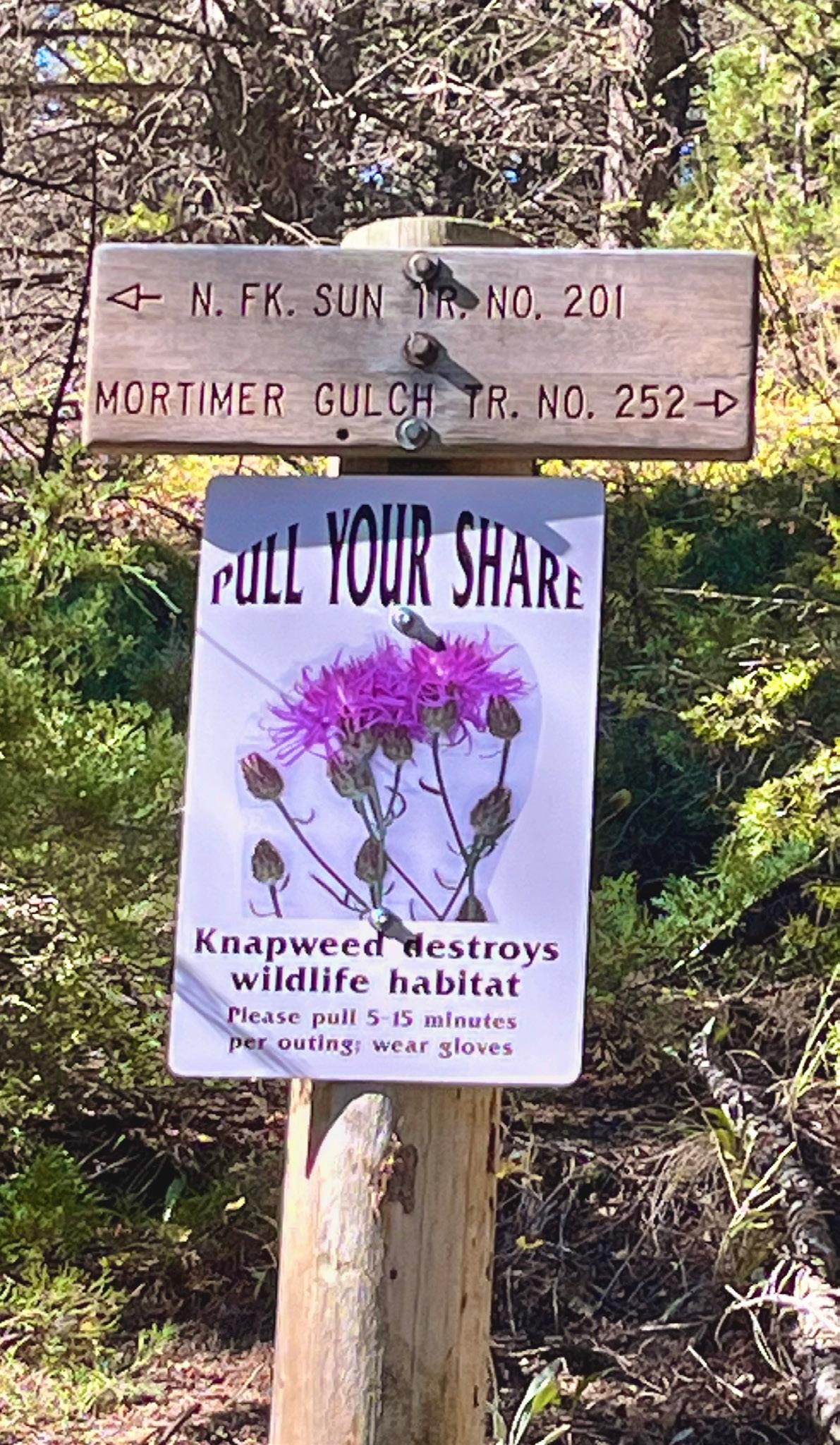
OLD-FASHIONED HAND PULlING
For six years, the Upper Missouri Breaks Audubon focused their efforts on hand pulling weeds at Giant Springs State Park in Great Falls, and it shows. As soon as the rosettes offer enough plant to grip and pull, the group sets to work in an organized fashion knocking back the weeds, particularly knapweed, to the point where there is a visible delineation. Pulling measures are also encouraged on public lands, and although an organized effort shows the best results, every time a plant is removed, potentially hundreds of seeds are prevented from reproducing.
STRESsING WITH FIRE
Flame weeding is another tool in the noxious weed arsenal to reduce invasions and their subsequent stress on the landscape. The key to flame weeding, besides following fire precautions and
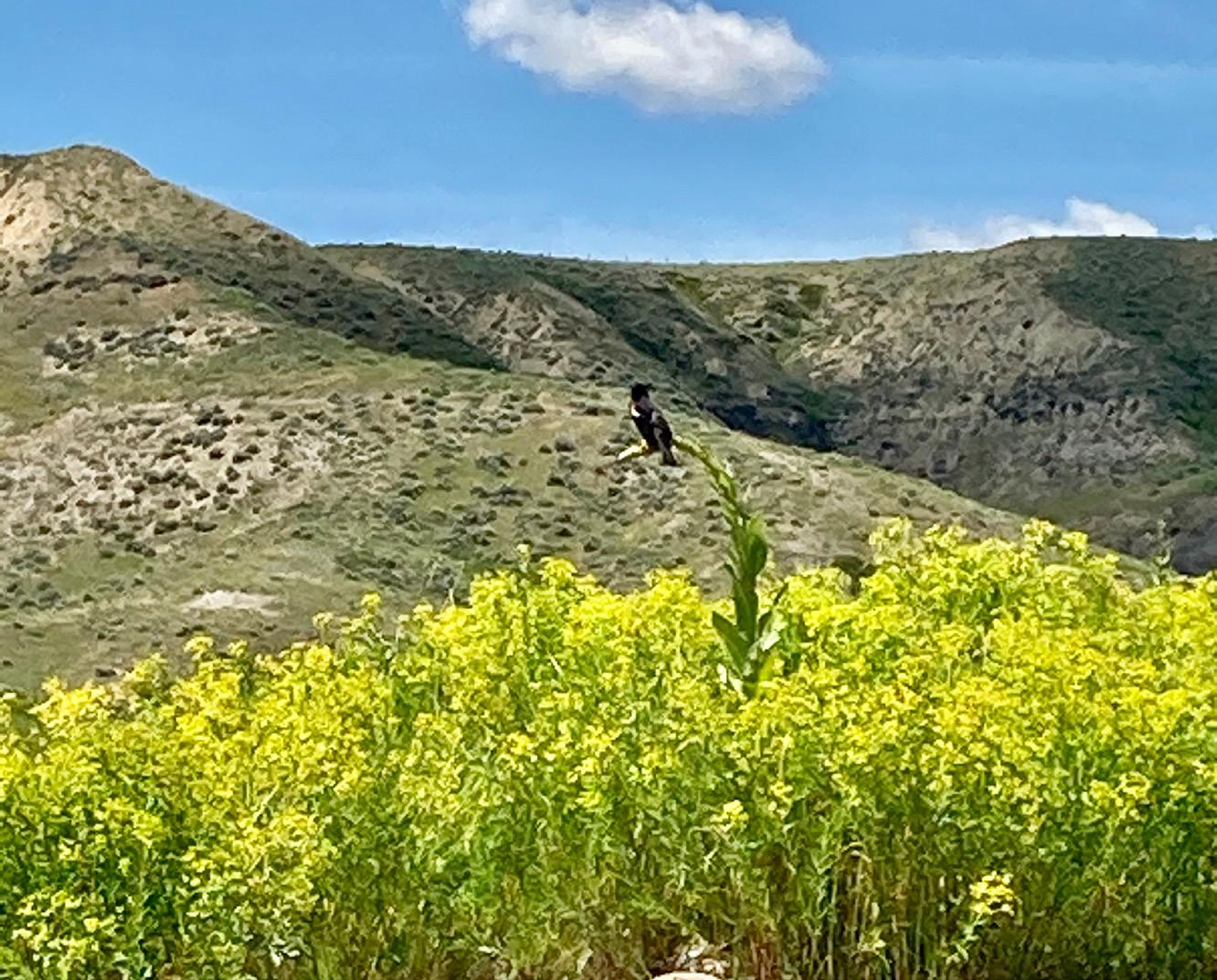


doing so under the appropriate conditions, is to stress the plant, not kill it.
Fire is best applied early in the season when the plants are less than four inches tall. Pass the torch close enough to the plant to cause slight wilting without incinerating it. The goal is to disrupt the cells within the plant, stressing it, and ultimately causing it to die. Burning a plant completely can cause more vigorous regrowth, but with continual disruption, it succumbs to stress.
There are several techniques, many of which can be implemented together, to create a viable, long-term solution to weed problems. It won't happen overnight, but it’s possible to utilize non-chemical means to gain control of an invasive weed situation.
LEAFY SPURGE
38 // www.raisedinthewest.com
ST. JOHNSWORT




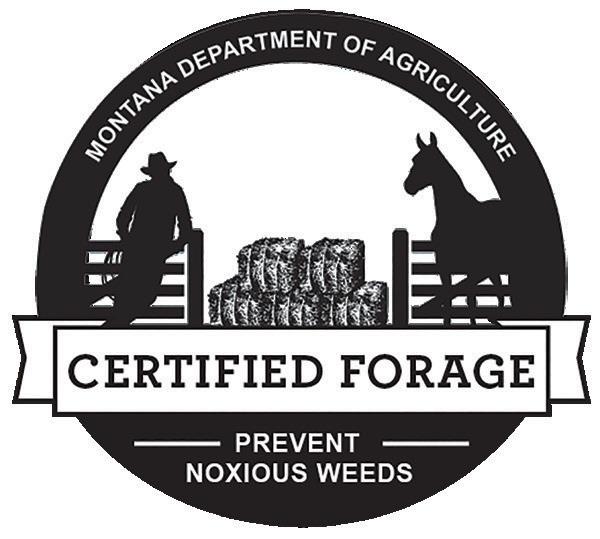
MONTANA DEPARTMENT OF AGRICULTURE | 406.444.7819 | AGR.MT.GOV
RIDE ON PUBLIC LANDS IN MONTANA? • Certified Forage Is Required • SPRING 2024 // 39
Photo Credit: Terry Reed

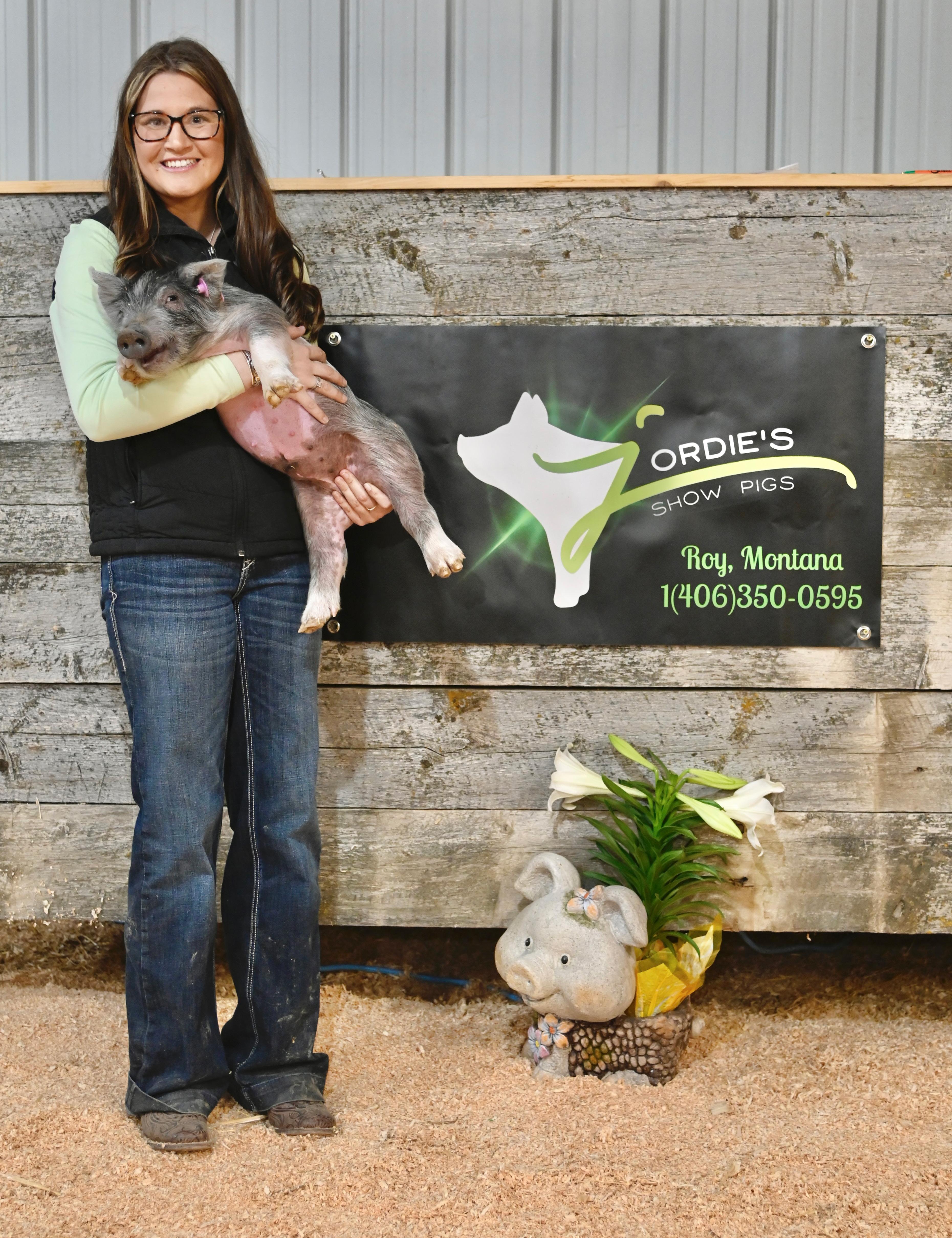
WRITTEN BY CYD
// PHOTOGRAPHY BY STU
HOEFLE
HOEFLE
40 // www.raisedinthewest.com
ROY MONTANA

LivingHHigh og Living High Living High
FFA PROJECT TURNS INTO A PROFITABLE BUSINESS
ON THEHog Hog

On a warm spring afternoon at the Grindheim Ranch near Roy, Montana, the 10th Annual “Jordie’s Show Pigs” production sale was in full swing.
Inside the crowded sale barn, Jayden Stern, 10, was intent on the auctioneer. She leaned forward listening to follow his rapid chant and know when to bid. As the bidding intensified, her determination did too.
Finally, the auctioneer yelled out, “Going once, going twice, sold, to the young lady in the front.” Jayden made a fist and shouted, “Yes!” as her dad hugged her.
Minutes later, another lot was called, and more young bidders sat a little straighter hoping to outbid others during the rapid-fire sale and take home a prize pig for their project.
Owner and operator, Jordan Grindheim has been breeding and selling show pigs for the last ten years. She sat beside the auctioneer tracking her sale on the computer.
Beginning as a high school pig project at age 14, Jordie purchased and artificially inseminated two gilts. Since then, her herd has grown to 17 sows and two boars. Farrowing sows twice per year with an average litter size of 6 to 8 piglets each, she hopes to raise over one hundred piglets per year. And with each passing year, the young woman aims to improve the program’s genetics.
“We try to add more sows every year,” she explained. “We’re always trying to diversify and improve.”
“We” includes her parents, Tammy and Shawn, as well as her boyfriend, Spencer Stearns. Working full time as the assistant
manager at Shipton’s Big R in nearby Lewistown, Jordie relies on their help. During breeding season, Jordie and Tammy artificially inseminate most of the sows, enabling them to test new genetics without purchasing a boar.
The formula seems to be working. Since RITW Magazine initially featured Jordie three years ago, both her herd and reputation have grown. Buyers come from across Montana and beyond. This year, the addition of an online video auction allowed out of state buyers to participate, and winning bidders were from as far away as Florida and Pennsylvania.
Jordie’s show pigs are predominantly sold for county 4-H and FFA fair projects, being sold at summer fair auctions as finished hogs by the kids who purchased them in the spring. Proceeds from the sale typically go to savings accounts, college funds, and other opportunities for the young fair participants. Hoping to place in the top of their classes at their fairs, kids seek out certain qualities in show pigs.
Jordan asserts that her pigs are “the deepest, most colorful, most sound, most big boned and the biggest topped,” according to her Facebook page. As a business owner, Jordan prioritizes follow up on each pig’s progress after they leave her barn and she’s always available for questions and advice. She also shares her knowledge and experience and each summer, she takes in as many of the county fairs as possible where the pigs she sold are showing.
“It’s about the kids for me. I was that kid once,” Jordie said smiling. “I love helping them anyway I can.”
SPRING 2024 // 41
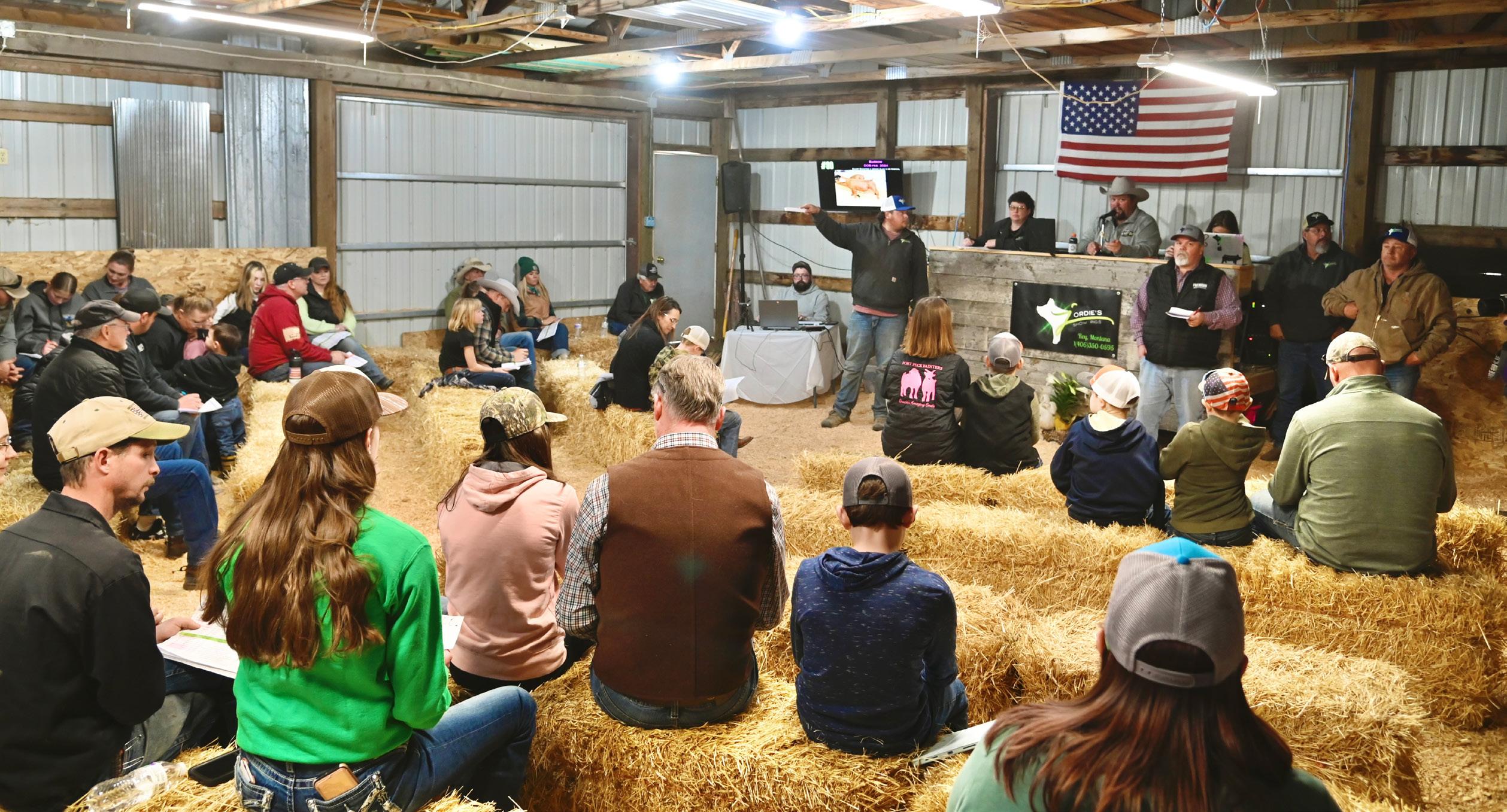

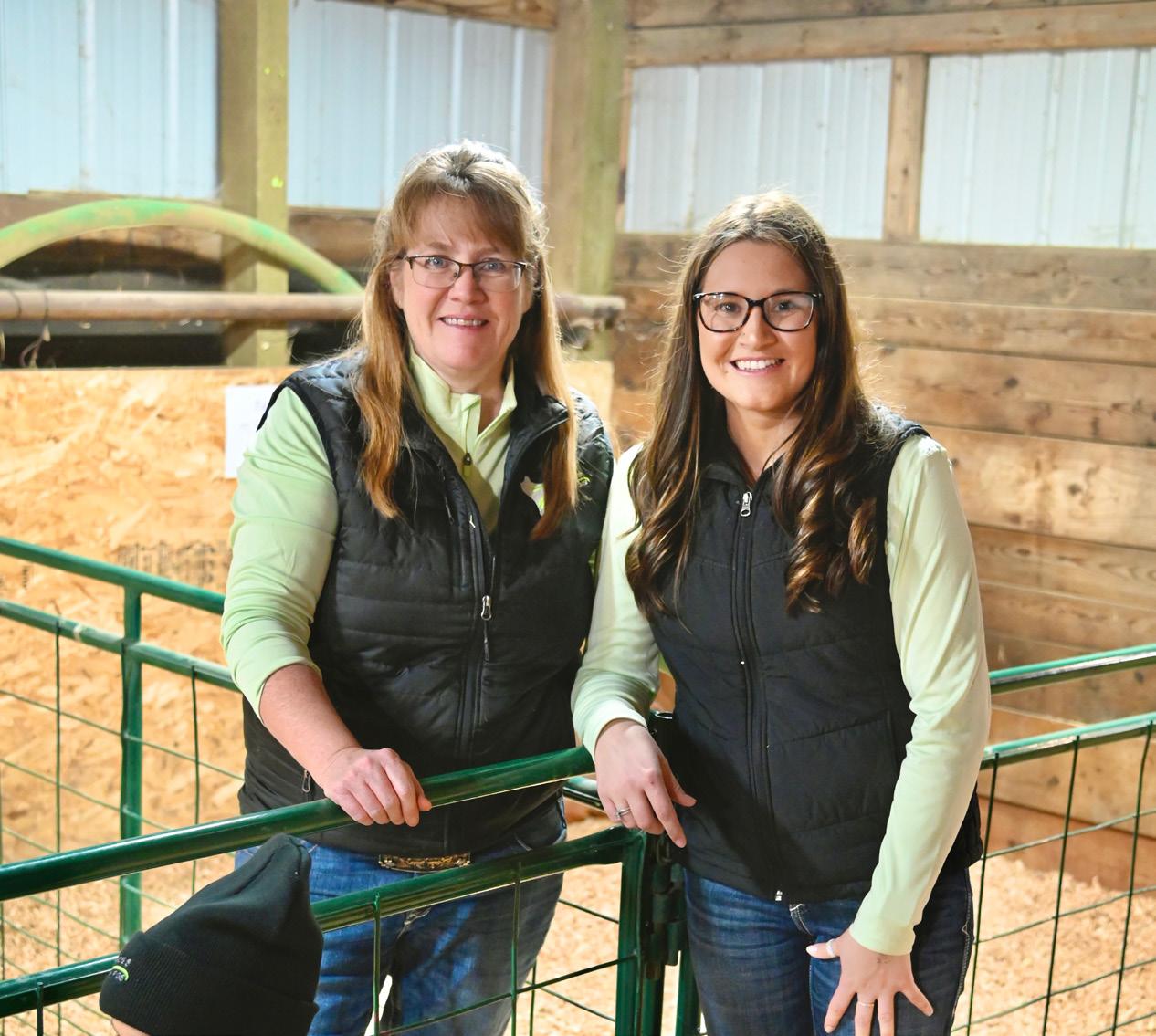
For the kids, the responsibilities start on sale day. In the packed sale barn at the Grindheim Ranch, each young buyer registered for a bidder’s number and with the guidance of their parents pre-selected the pigs they hoped to purchase. When the auctioneer started, the kids did the bidding themselves.
“We love coming here to buy Jordie’s Pigs,” Amy Ewing, mother and 4-H leader said. “Jordie is all about letting the kids bid themselves. They learn so much that way.”
Amy’s family and another 4-H family camped in Lewistown the night before the sale, hoping to get to the ranch early to make their selections and pick up pigs for three of their club’s members. They had a maximum bid in mind and were able to obtain the pigs they chose. With an average of $500 to $550 per pig, it’s a big investment – and one they hope pays off.



Jordie’s Show Pigs have frequently made it to Grand Champion and Reserve Champion positions in county fairs and last summer, the Central Montana Fair in Lewistown crowned one of her hogs Grand Champion.
“It was wonderful to see at my hometown county fair,” Jordie said. “I loved it.”
Alysa Ewing, 10, another winning bidder picked up a calico gilt as a project for this summer’s Western Montana State Fair.
“It’s my first year showing a pig,” Alyssa said with a grin. “I’m really excited to get her home and start working her.”
Kennison Schreiber, 16, from the same 4-H club attended the sale to purchase her first pig as well. She’s spent the past two years participating in sheep projects and was “looking for something new to try.”
Fifteen-year-old, Kolbie Kirkegard, from Jordan, bought a barrow at the sale. In her second year of showing pigs, she saw Jordie’s Show Pigs on Facebook and said she couldn’t resist the cute videos of the new piglets. Her plans include not only the Garfield County Fair, but she also hopes to attend showmanship jackpots around the area this summer.
“It’s really a great way to sharpen your showmanship skills and win some money,” she explained. “I hope to do well in a few of those.”
42 // www.raisedinthewest.com
TAMMY AND SHAWN GRINDHEIM BOTH HELP JORDIE

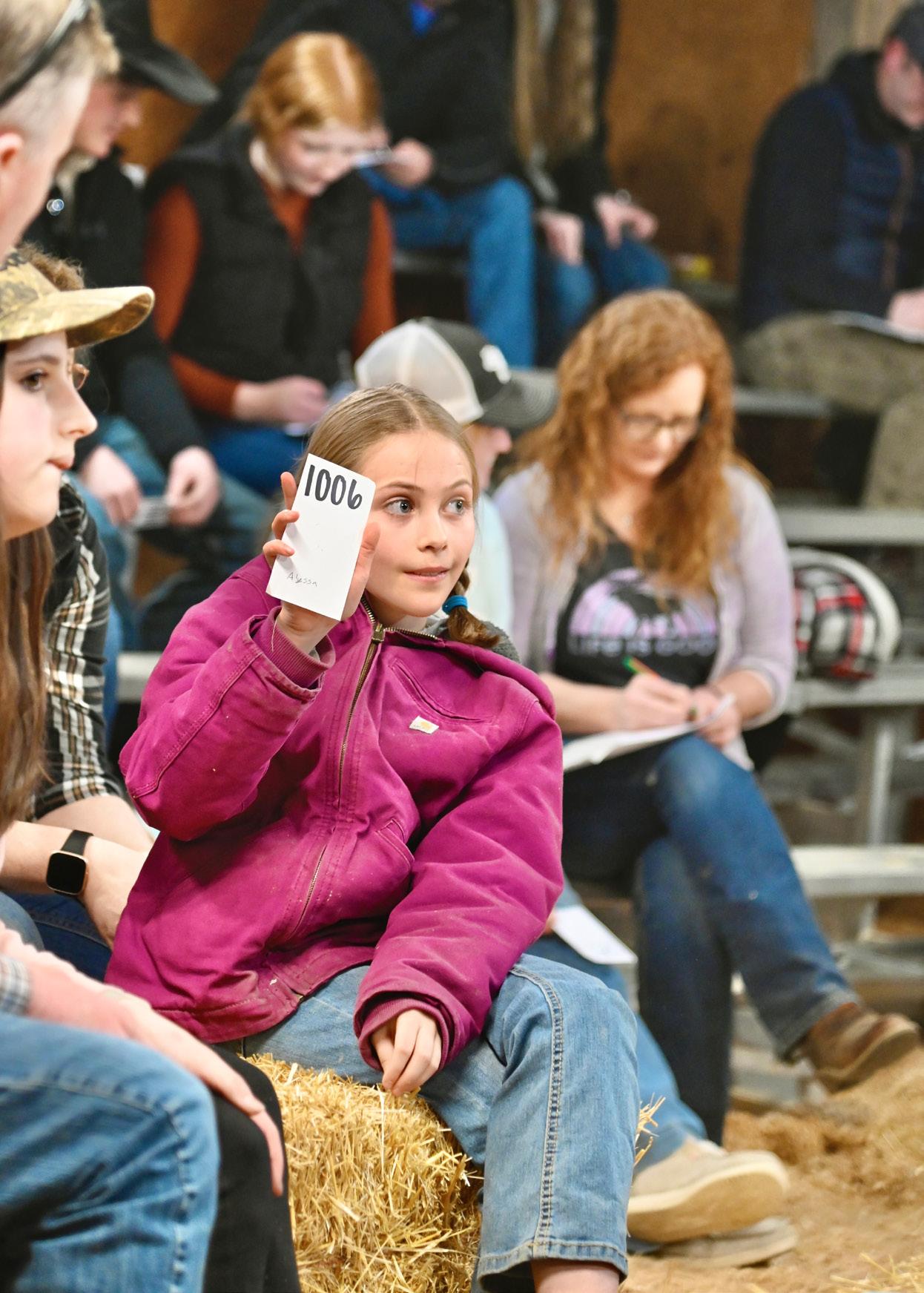








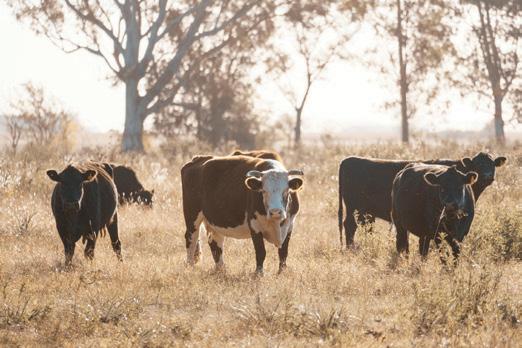

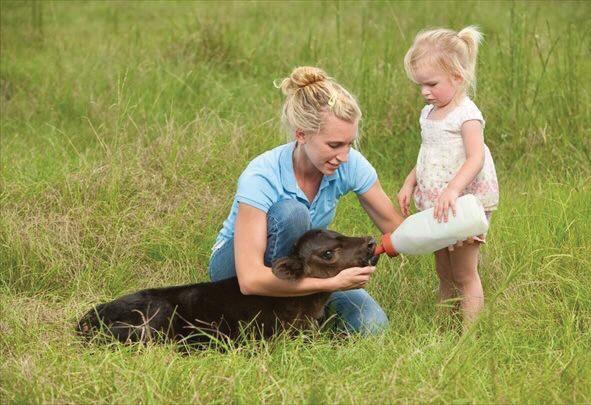

June 7 & 8 Columbus, MT “Breaking Trail For Today’s Cattlewomen” FEATURING: TOUR OF MIDLAND BULL TEST WATER RIGHTS LIVE CATTLE DEMONSTRATION ESTATE PLANNING VACCINES & IDENTIFICATION CHUTE SIDE MANNERS Trailhead CattleWomen and Montana Cattlewomen Present: Register at: ancw.org/wired Women in Ranching Education Hosted by: BUILT IN • MONTANA• WHERE QUALITY AND VALUE ARE STILL EXPECTED 406.860.5290 ★ 7347 Hwy 312 ★ Billings, MT twentyxpanels.com JORDIE IS ALL ABOUT letting the kids bid themselves. THEY LEARN SO MUCH THAT WAY. — AMY EWING THE WINNING BID SPRING 2024 // 43




It’s not all easy, BUT MY BUSINESS HAS TAUGHT ME HOW TO have grit and drive to keep moving forward.
— JORDAN GRINDHEIM
Those stories excite Jordie and are the reason she continues her program providing show pigs to youth.
“It’s not all easy,” Jordie said. “But my business has taught me how to have grit and drive to keep moving forward. Sure, there’s good days, but there’s always setbacks, too.”
Jordie has dealt with drought, feed issues, and rising costs and has had to change the direction of her business plan to adapt. But through it all, the young entrepreneur has been steadfast.
“It keeps me going when one of my buyers reaches out and updates me on their project or sends me a picture of their pigs,” she said. “It really takes a team to keep going and I’m very grateful for the team I have, from my help on the ranch, to the kids and their parents. I can’t imagine doing anything else.”
44 // www.raisedinthewest.com
YOUNG BUYERS LOOK OVER THE OFFERINGS

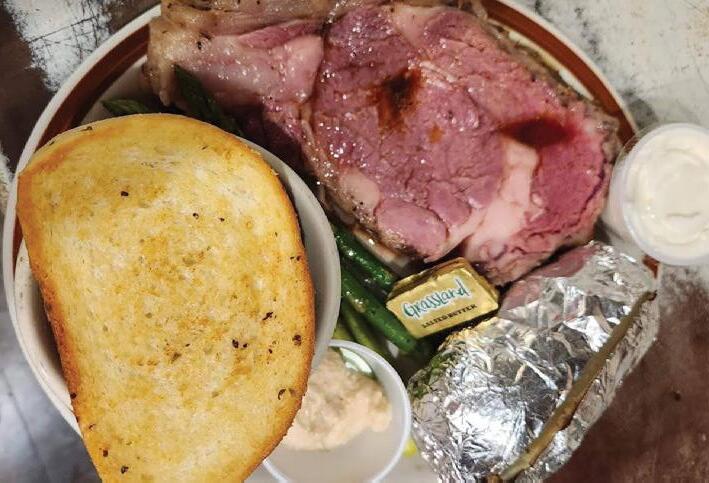

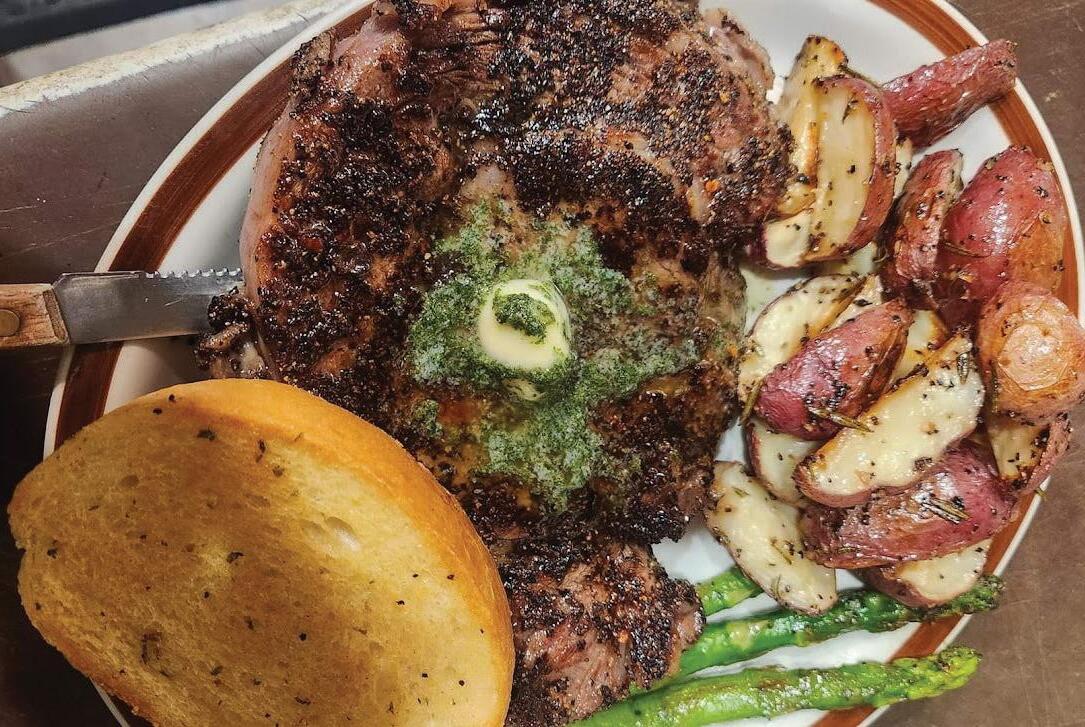

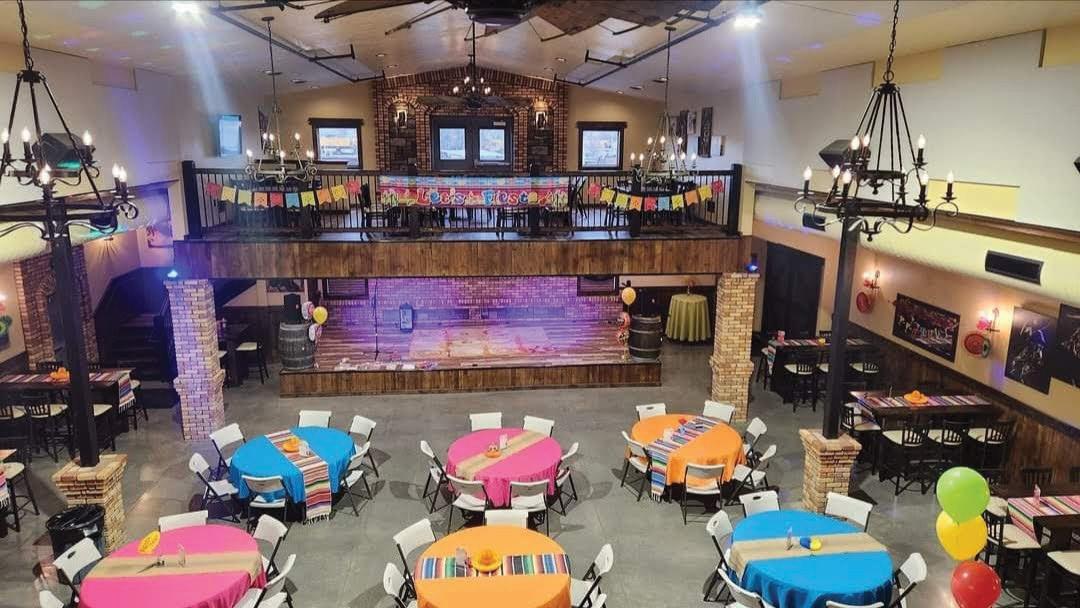



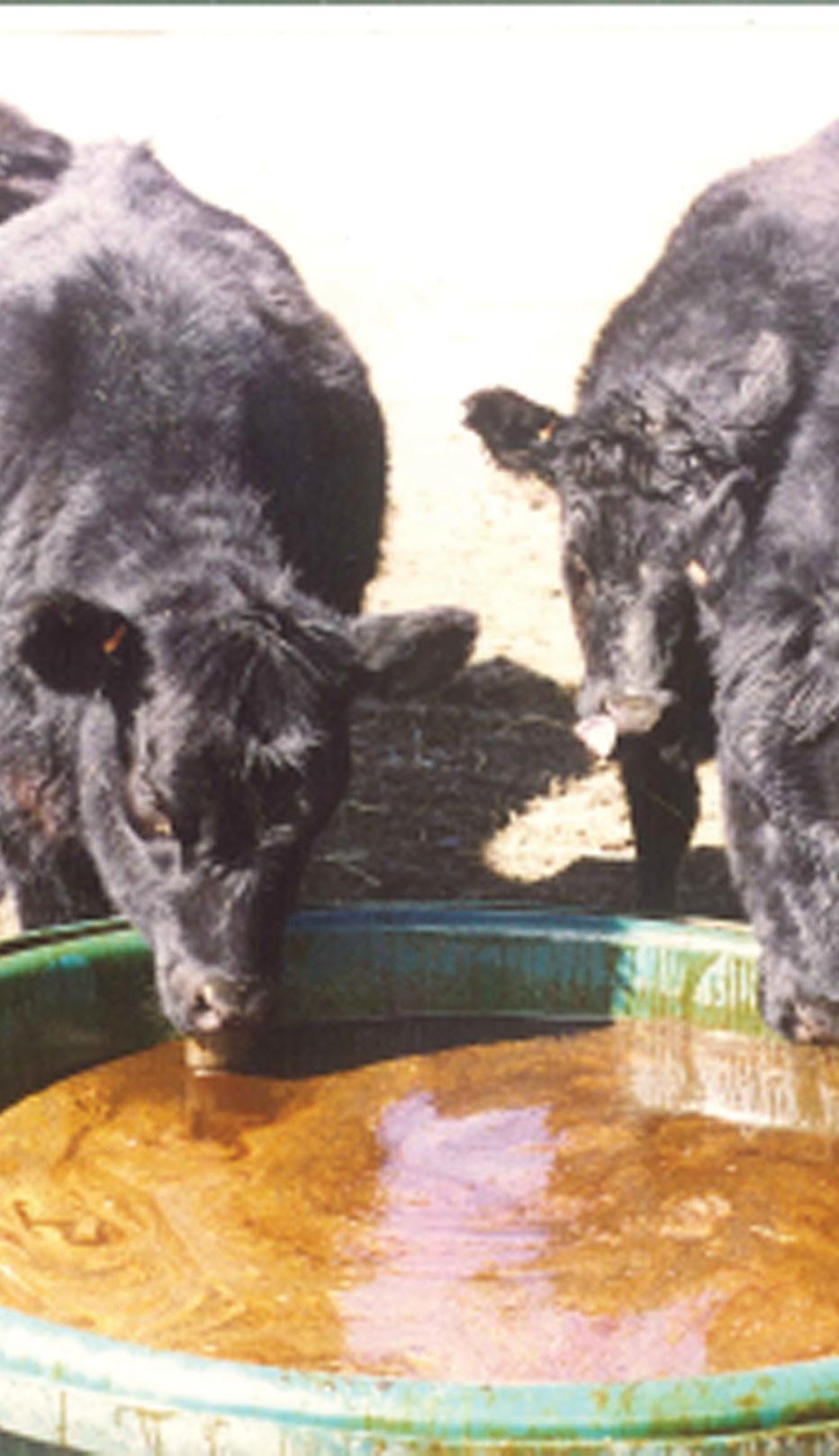



JOIN US! 406-348-2400 • 139 Northern Ave • Huntley bluecatbarandgrill.com /bluecatbarandgrill monday Trivia, 6:30pm Tuesday Tacos Wednesday Steak Night Thursday Chicken Fried Steak Friday Prime Rib saturday & sunday Loaded Bloody Marys DINE-IN ★ CARRY-OUT Pizza’s from scratch!!! WEEKLY SPECIALS! WEEKLY SPECIALS! Now offering catering! BOOK YOUR TOUR TO GET MORE INFORMATION WEDDINGS • BIRTHDAYS • LIVE MUSIC • BANQUETS • FUNDRAISERS • BINGO • CLASSES Nutra-Lix Liquid Feed is an innovative, cost-efficient formulation geared to forward thinking cattlemen. • no waste • no storage fees • no delivery costs • no wear-and-tear on vehicles • and BETTER HERD HEALTH Nutra-Lix is the perfect solution for Effective & Efficient feeding. And THAT is Essential FOR PROFITS! (800)568-6952 call your Nutra-Lix Dealer or: 406.248.3631 Local Dealer Inquiries Welcome www.nutralix.com It’s at Home on YOUR Range! SPRING 2024 // 45

The Good Ol’ Days
REMEMBERING TIMES GONE BY

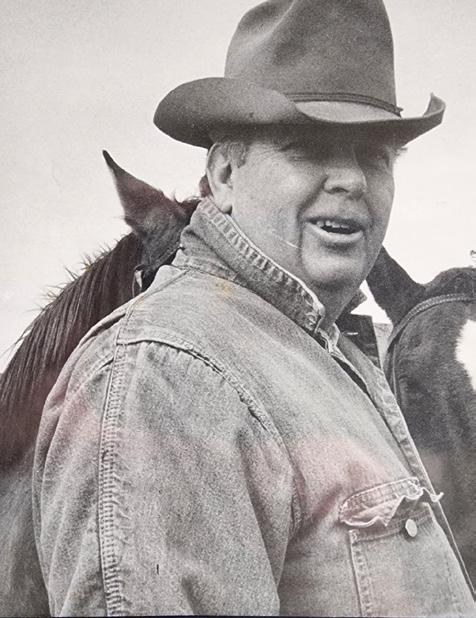

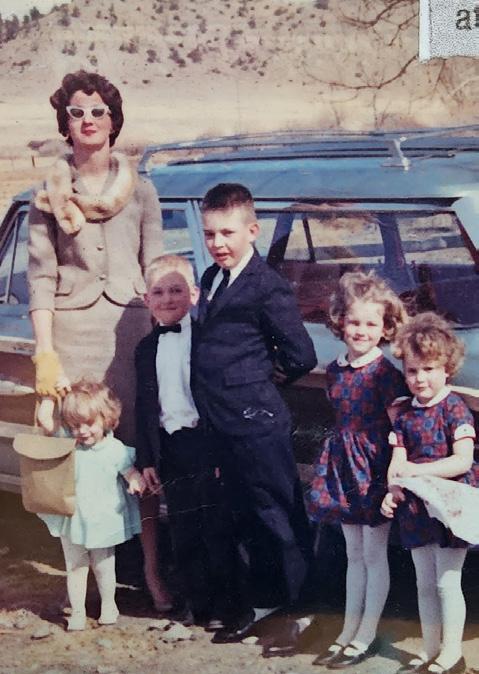

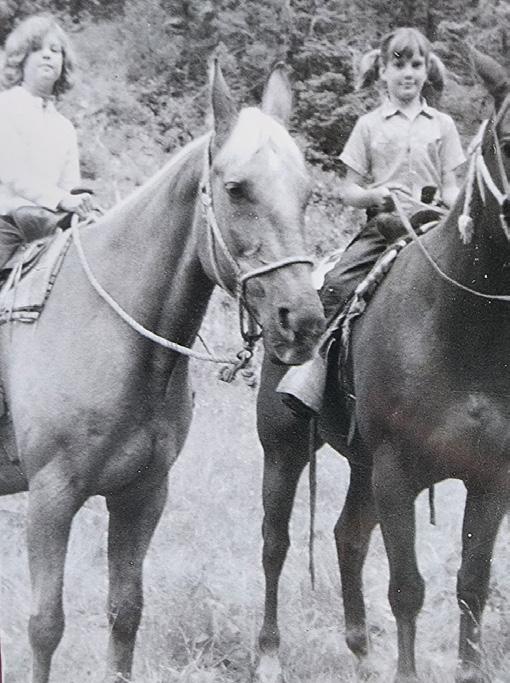
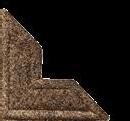
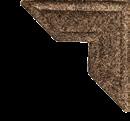
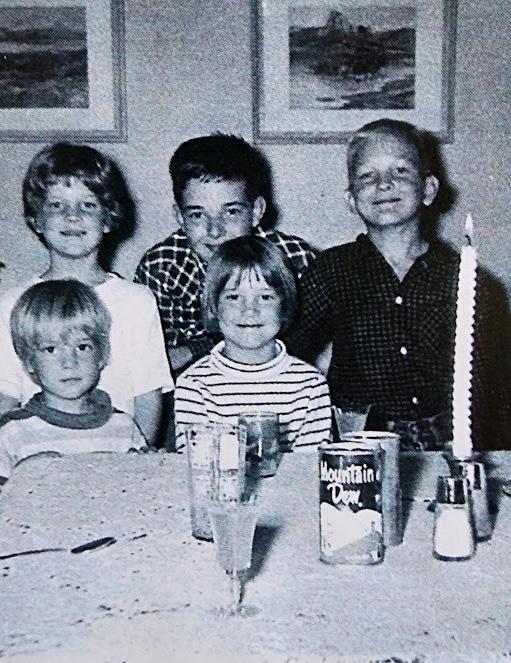
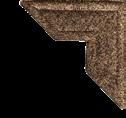
Sometimes it takes a tragedy to realign our priorities, count our blessings, and focus on what matters. And sometimes, it takes an afternoon recollecting our upbringings to really understand our character.
We were recently called back to the community of our youth for the funeral of a well-loved man whose ranch bordered the one where I was raised. Olen grew up with my siblings and me, attended the same schools, belonged to the same 4-H Club, and graduated with my brother.
After we were all grown and moved away, he became like another son to our parents, swinging in from time to time to check on them and share a cup of coffee. He’d show up for brandings, step up when the roads needed plowed, or help when Dad had a building project which could use another set of hands. He was a great neighbor.



Olen’s mid-April funeral was held on a hillside overlooking his ranch with the Beartooth Mountains as the backdrop. The day couldn’t have been more perfect – 70 degrees, sunshine, clear blue skies, and not a breath of wind.
Gathered were members of large families, with kids our ages who had played a role in Olen’s or his family’s lives. It was warming to see so many come together, especially in support of his wife and children and their families.
The last time the community had seen all my siblings and I together, in public, had been over a dozen years ago at our mother’s funeral. Many in attendance no longer live in the area, but traveled back for the funeral, and for some, it had been well over forty years since we’d seen each other. Hugs and greetings were accompanied by sharing memories of growing up in rural Montana’s “good ol’ days…”
I remember dreading when my grandparents started in on talk of their youth. Then, my parents took to the habit. Now, it was our turn to unwind the clock.
It’s been over half a century since we were kids and teenagers romping through the hills of Sweet Grass County. As we looked back on those days, a longing grew in my heart for the times in my life that were
WRITTEN BY CYD HOEFLE
46 // www.raisedinthewest.com

simpler, safer, and more enchanting than they are today. It was both refreshing and entertaining to trek back for a couple hours to “remember when…” and the stories flowed like a clear mountain stream.
We reminisced on a time when cell phones, GPS, Google, the internet, social media and 24-hour news were nonexistent. It was an era when your word was enough, and you stood behind it; you respected your elders and were taught common courtesy. If you were in trouble in school, it was likely your parents sided with your teachers, and you’d receive discipline from both. You had chores before school, and you had better not miss the bus because of them.
Parents watched out for one another’s children and had the unspoken privilege of letting us know if we were doing something out of line - and we knew our folks would hear about it, too. It was a healthy system of accountability and protection.
We shared “party lines,” with up to twelve families using the same telephone line. When using the phone, you knew not to share anything private as the neighbors could be on too, and the news would spread faster than the local newspaper could get it printed.
We didn’t care how our friends’ parents voted, but we knew they did. Patriotism was shared by all as American flags were proudly hung, and veterans were rightly honored.
Our family entertainment as youngsters was often shared with another family with five kids whose ages stair-stepped the five of us. On hot summer days our folks would pile us in the back of a couple of pickups with a full picnic basket and a case of pop and we’d spend the day fishing on a local creek. Once we caught enough brookies to feed both families, our dads would work on a campfire and our moms would marathon cook fish in a cast iron pan until we were sated. Then, we’d cool off in the creek, or have an impromptu baseball game, with sagebrush for bases. There was always laughter, teasing and even singing as each family tried to outdo the other. It was a time of lifelong friendship building and sibling bonding.
As we aged, 4-H and FFA projects consumed much of our summers. The county fair was the culmination of our hard work and the last hoorah before school. Held at the end of summer, we anticipated gathering once again with ranch families from the community for healthy competition in the show ring. Outside the showring, we were just kids, being trusted further by our parents with every passing year yet always testing boundaries as expected by youth.
During hunting season, many ranch kids’ pickups were distinguished in the high school parking lot by a gun in the rack across the back window, not willing to miss a chance on possibly filling their tag on the way home from school. We didn’t have onX but we knew where we had permission to hunt or where we might get away with it.
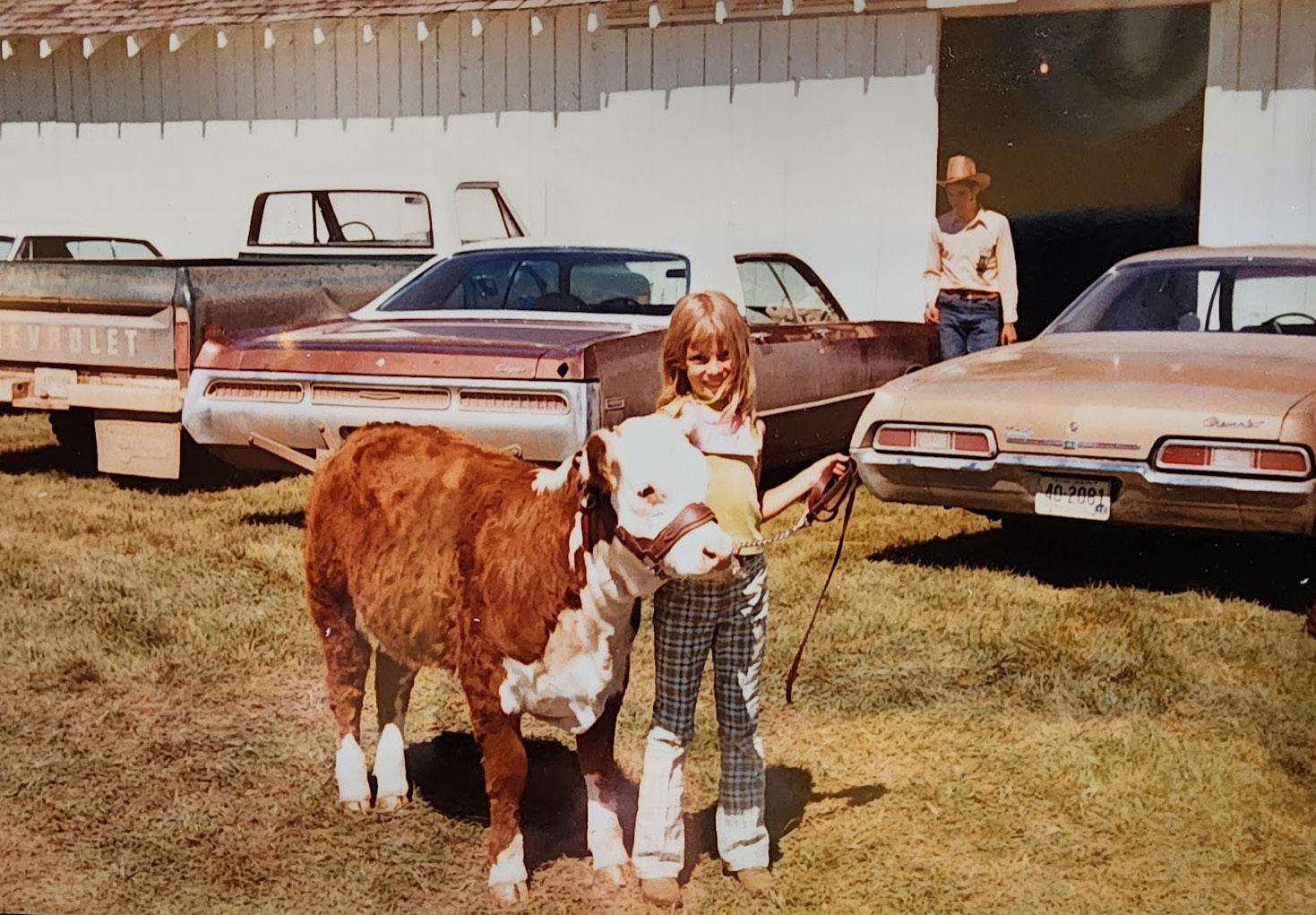







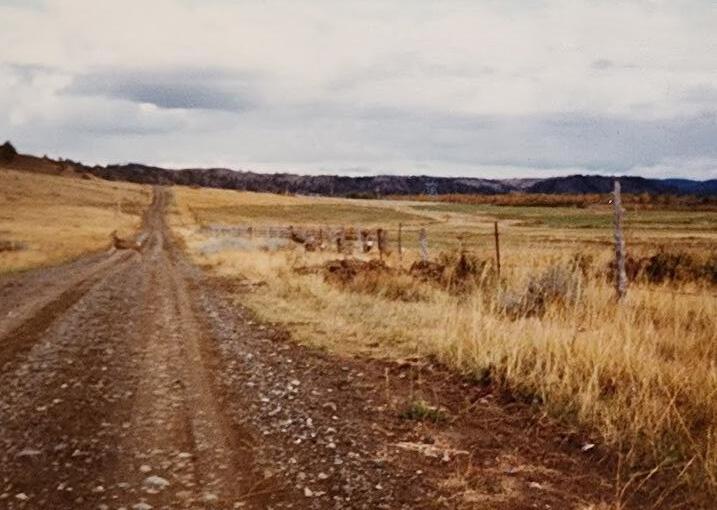
SPRING 2024 // 47







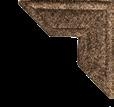

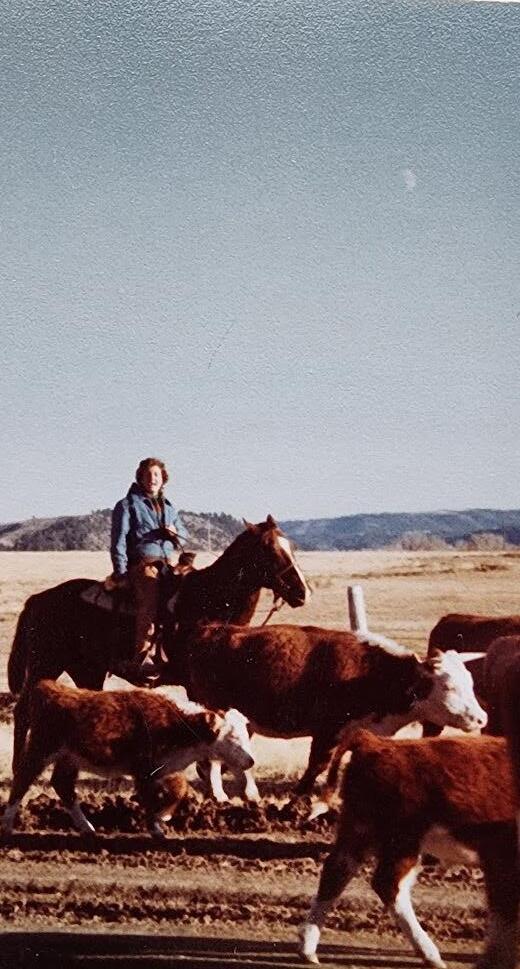

As we gathered in memory of our “brother” Olen, we laughed at some of our escapades and wondered how we survived drag racing down two-lane highways and shooting our pistols on the back roads. Sure, a few experimented with alcohol, but the older kids, always looking out for the younger ones, usually put a stop to it before anyone got carried away. Our parents ensured we knew how to take care of ourselves and each other.
We pushed the limits. We got in trouble. We helped each other out. Thankfully, we didn’t have cell phones to record our antics to share with the world. As the stories were retold, the embellishment heightened, the laughter grew, and for a moment we felt like we were carefree teenagers again. It felt good to dust off the memories and look back at a life that forever shaped our hearts and character.
Oh, “the good ol’ days.” Each generation believes theirs was the best – the best music, the best entertainment, the coolest clothes, and hairstyles, and the hardest first jobs.
Thankfully, as it is designed, life moves forward. We grow, mature, and face the future with foundational character traits built in our youth, passing our stories to our own kids and regaling them with “when I was your age…”


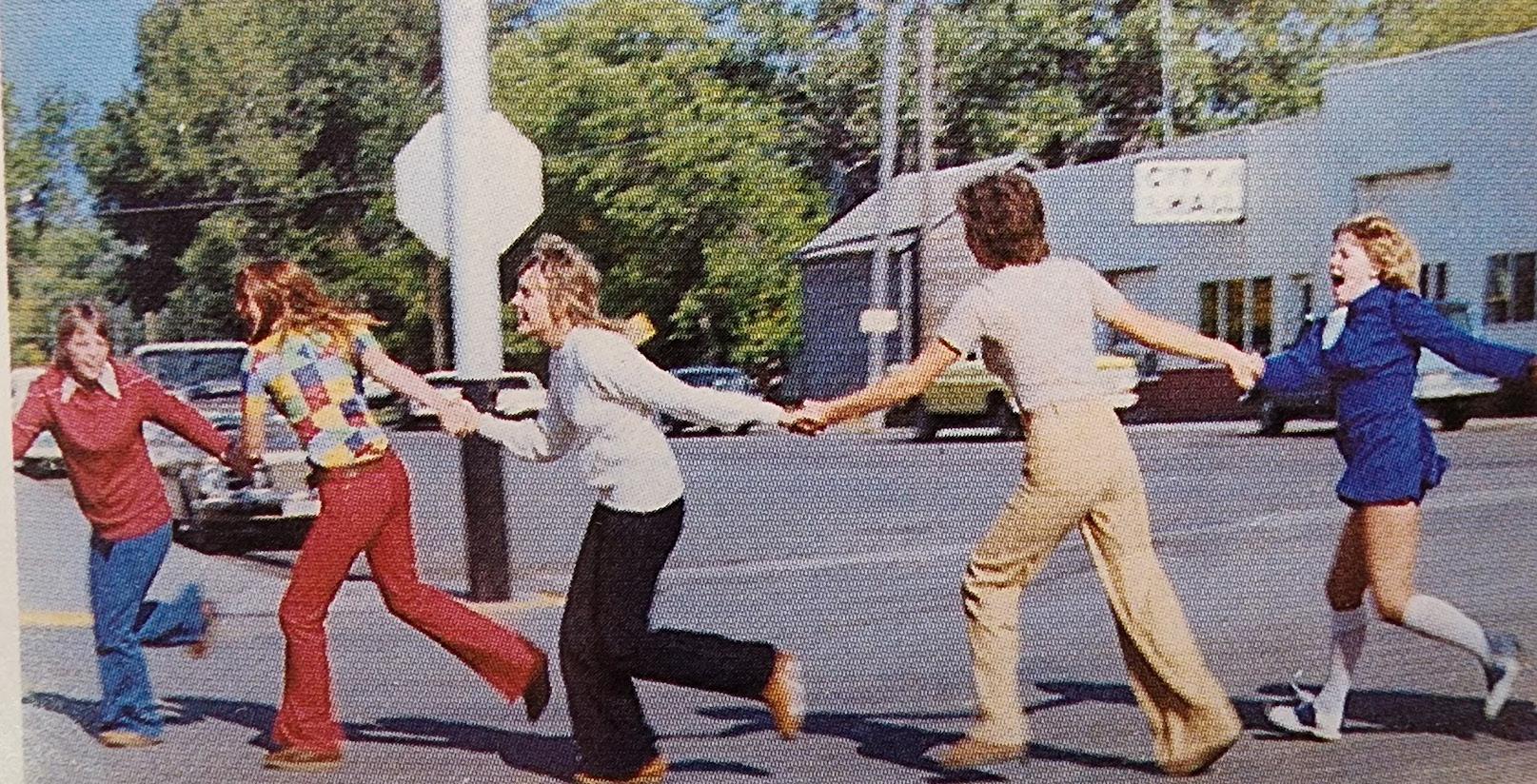

Maybe our generation was the best, or maybe not, but as we spent an afternoon looking back, we decided that for sure, it was a hell of a good one.
It hurt to say goodbye to Olen. He died far too soon. But the memories we have of him and the lifestyle we shared filled us with gratitude for the families we were born into, the community we were part of, and for who we became as adults.
RIP, Olen. Until we meet again.

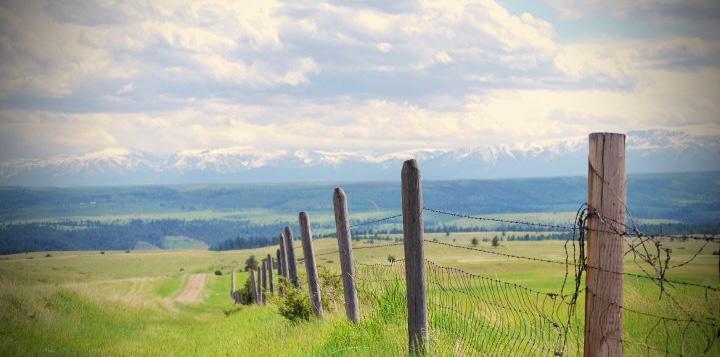

48 // www.raisedinthewest.com
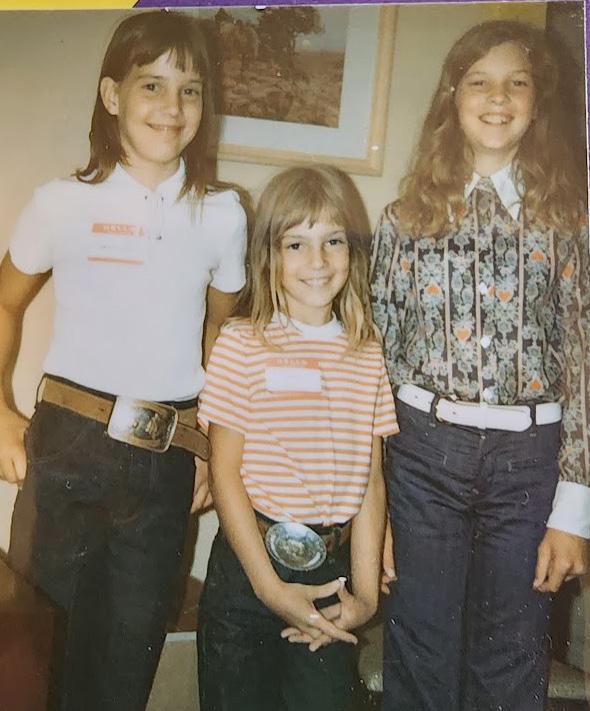




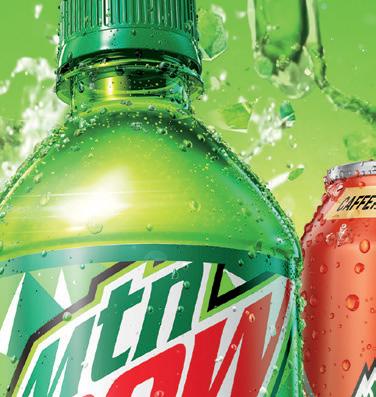





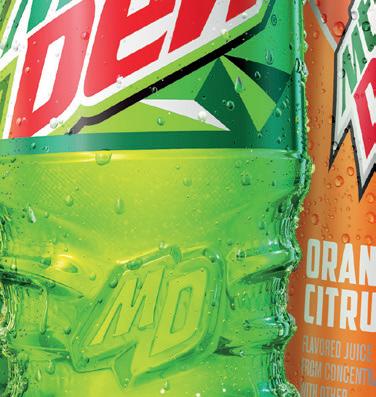










DISTRIBUTED BY THE PEPSI-COLA BOTTLING CO. | BILLINGS, MT 2024 UPCOMING EVENTS •BIG TIMBER• WWW.BIGTIMBER.COM SPRING 2024 // 49
SUmMER EVenTS SUmMER EVenTS
May
May 17 – 19 Miles City Bucking Horse Sale
May 26 – 27 Big Timber High School Rodeo
June
June 1 – Roberts Volunteer Fire Department Pig Roast and 5 K Run
June 7 – 8 - Montana BBQ Cook-Off – Absarokee
June 7 – 8 - Buzzard Day - Glendive
June 8 - Sweet Grass Tech Car Show – Big Timber
June 8-9 Pioneer Power Days – Lewistown
June 14 – 15 - Nitro Nationals Hillclimb – Columbus
June 15 – Miles City Ranch Rodeo – Miles City
June 15 – Sept 28 - 9 to noon, Red Lodge Farmers Market
June 15 – Brewfest - Columbus
June 15 – Columbus Town Wide Yard Sale – Columbus
June 21 – 22 – Little Bighorn Days - Hardin
June 20 -24 - Red Lodge Music Festival
June 21 – 23 - Battle of the Little Bighorn Reenactment –Crow Agency
June 22 – Fishtail Family Fun Day
June 29 – Joliet Jammin’ Out
June 28 - 29 Sweet Grass Fest/NRA Rodeo Weekend –Big Timber
July
JULY 4th Events:
July 1-4 – PRCA Exteme Bulls, Red Lodge Home of Champions Rodeo – Red Lodge
July 1 – 4 – Livingston Roundup PRCA Rodeo
July 2 -3 – Harlowton NRA Rodeo
July 3 – 7 - RIDE – Roundup Independence Days Extravaganza
July 6 – Beartooth Run – Red Lodge
July 11 – 13 – Golden Valley County Fair - Harlowton
July 12 – Sept 6 – Big Timber Farmers Market
July 12 – 14 – Yellowstone River Boat Float – Big Timber & Reed Point
July 13 – Kruizin’ Dayz Auto Show – Columbus
July 13 – Strawberry Festival – Billings
July 14 – 20 – Stillwater County Fair - Columbus
July 17 – 20 Rosebud/Treasure County Fair and Rodeo Forsyth
July 17 – 22 – Musselshell County Fair - Roundup
July 17-27 Central Montana Fair - Lewistown
July 20 – Jim Bridger Days – Bridger
July 20 – Oct – Farmers Market – Saturdays 8 to noonBillings
July 20 -21 – Red Lodge Car Show
July 23 – 28 – Big Horn County Fair – Hardin
July 24 – 29 – Carbon County Fair – Red Lodge
July 25 – 27 – Dawson County Fair and Rodeo – Glendive
July 26 – 28 – Classic Car Show – Red Lodge
July 27 – Absarokee Days
August
Aug 1 – 4 – Prairie County Fair – Terry
Aug 9 – 17 – Montana Fair - Billings
Aug 10 – Harlo Music Project – Harlowton
Aug 18 – 20 – Crow Fair & Rodeo – Crow Agency
Aug 21 – 24 – Eastern Montana Fair & Rodeo – Miles City
Aug 31 – Crazy Mountain Music Festival - Melville
September
Sept 2 – Labor Day Arts Fair – Red Lodge
Sept 7 - Chokecherry Festival - Lewistown

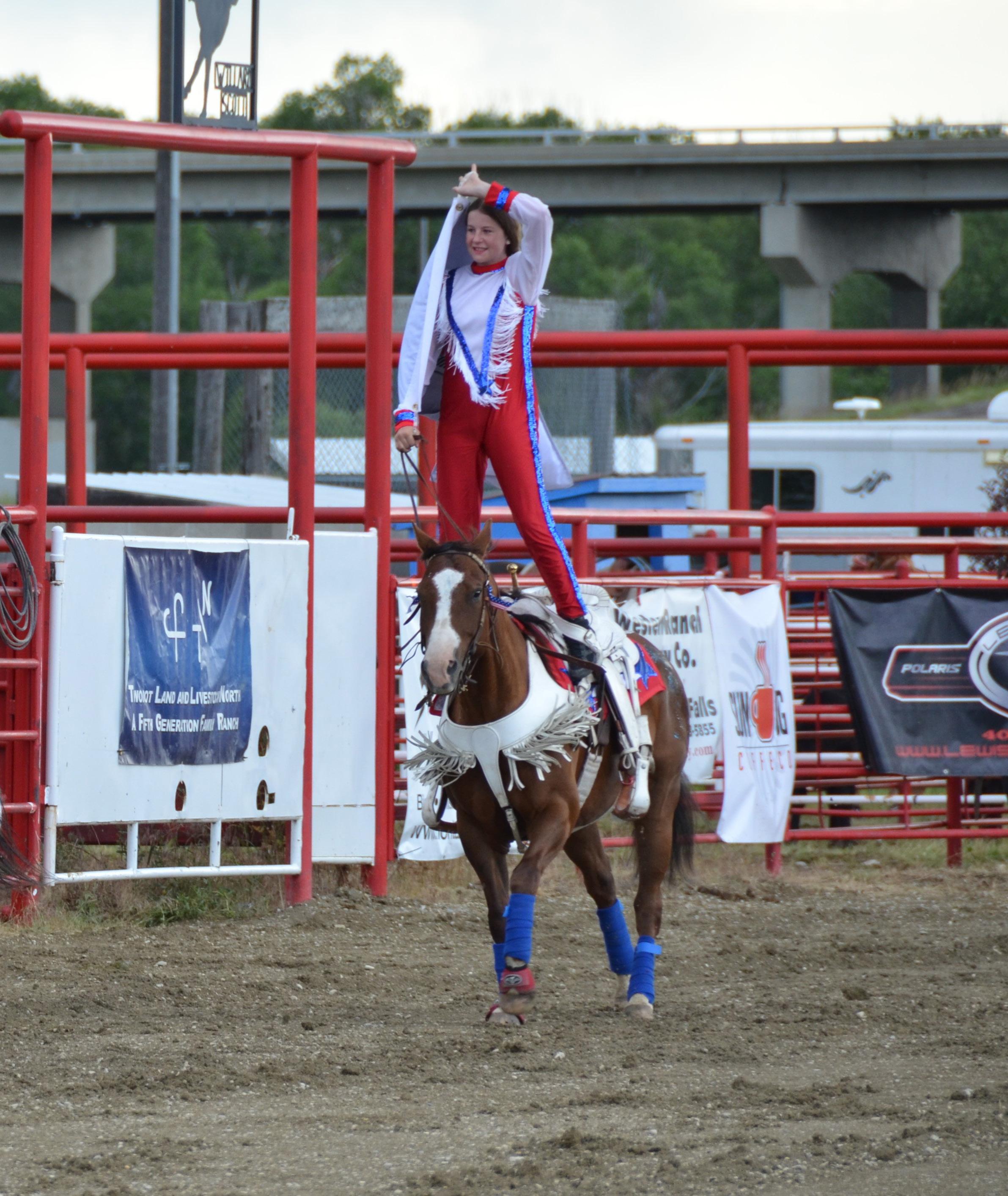

★ ★ ★ ★ ★ ★ ★ ★ ★ ★ ★ ★ ★ ★ ★ ★ ★ ★ ★ ★ ★ ★ ★ ★ ★ ★ ★ ★ ★ ★ ★ ★ ★ ★ ★ ★ ★ ★ ★ ★ ★ ★ ★ ★
50 // www.raisedinthewest.com




For more information about Dr. Brage’s services or to make an appointment, call 406-238-5200 or scan here billingsclinic.com/ortho Don’t let foot and ankle pain prevent you from enjoying all the happiness in life. • Ankle Replacement • Complex Foot and Ankle Trauma • Foot and Ankle Deformity • Correction (Flatfeet,Cavus feet) • Tendon Repair and Reconstruction • Diabetic Charcot Reconstruction We keep you moving Orthopedic Foot & Ankle Surgeon Michael Brage, MD Orthopedics & Sports Medicine Monday - Friday: 8 am to 5 pm Orthopedics & Sports Medicine Center 2702 8th Ave. North, Billings, MT


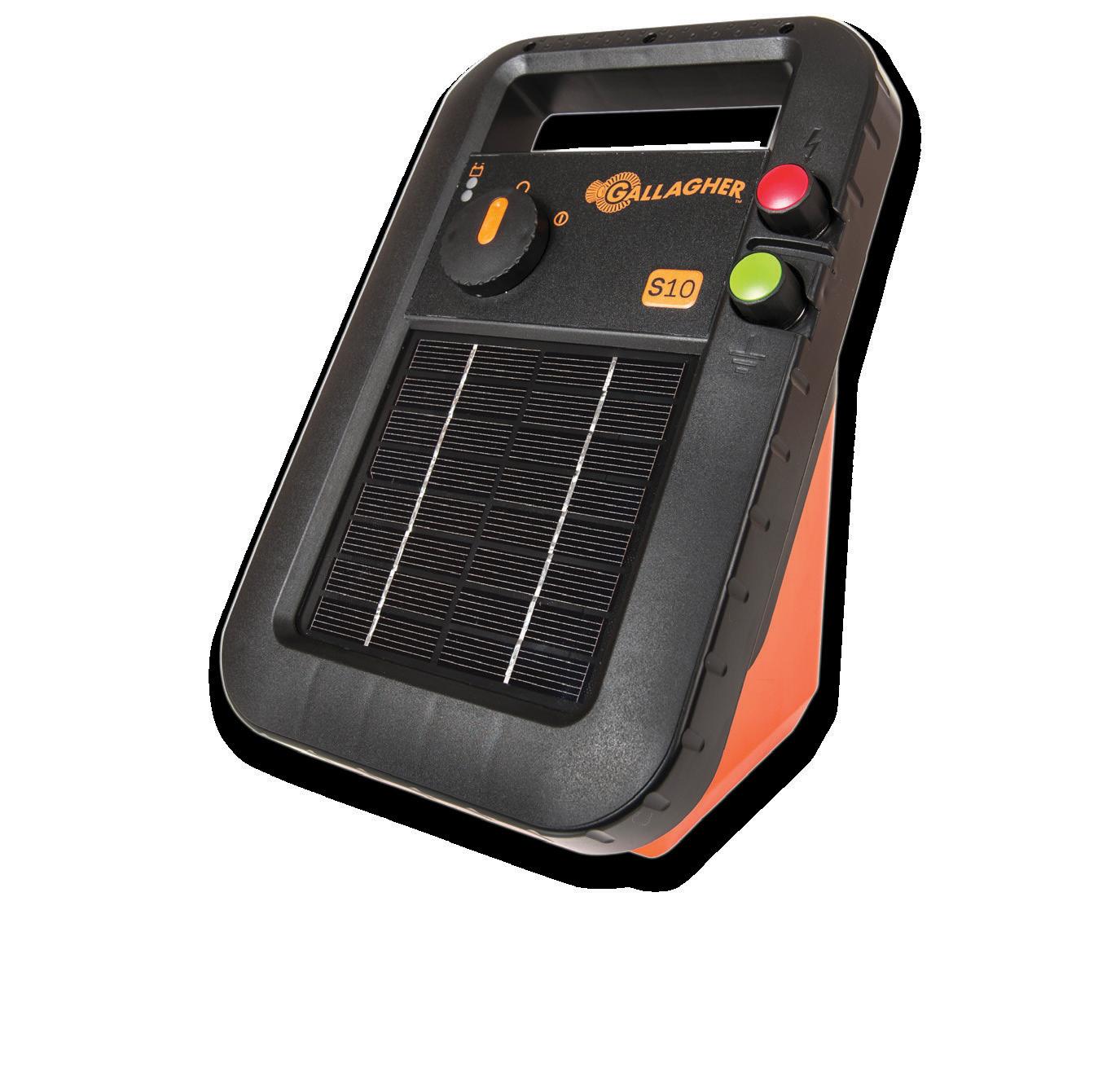
BIG R WEST 2600 Gabel Road (406) 652-9118 BIG R HEIGHTS 1908 Main Street (406) 384-0099 BIG R EAST 216 N. 14th Street (406) 252-0503 BIG R SHERIDAN 2049 Sugarland Dr. (307) 674-6471 BIG R LEWISTOWN 825 NE Main Street (406) 350-4422 BIG R HARDIN 1001 N. Center Ave. (406)-953-5111 www.shiptonsbigr.com Solar Energizers • Fence Chargers Insulators • Hardware • Tools • Wire
























































































































































































































































































































































